Explore Classic and Modern French Lay Tile Patterns for Your Home

French lay tile patterns, also known as the Versailles pattern, offer a classic and sophisticated look that can transform any home. This intricate arrangement of different-sized tiles creates a sense of depth and visual interest, making it a popular choice for floors and walls. Whether working with natural stone like marble or travertine, or exploring other materials, these patterns bring a timeless elegance to interior design. From grand entryways to cozy bathrooms, understanding how to use french lay tile patterns can significantly impact a space's overall aesthetic and feel.
Key Takeaways
- French lay tile patterns, often recognized as the Versailles pattern, feature a mix of tile sizes arranged in a specific, geometric layout.
- This pattern is highly versatile, suitable for various natural stones like marble and travertine, as well as other materials, and can be used on floors, walls, and even outdoor spaces.
- Travertine and marble are popular choices for french lay tile patterns due to their durability, natural beauty, and ability to lend both warmth and luxury.
- The Versailles pattern, a specific type of french lay, is characterized by its four-piece set that creates an antique and intricate look.
- When selecting materials for french lay tile patterns, consider the properties of stones like limestone, sandstone, granite, and quartz for different aesthetic and functional needs.
- Various tile finishes, such as polished, tumbled, or antiqued, can significantly alter the appearance and feel of french lay tile patterns.
- French lay tile patterns can be adapted to modern design by blending classic elements with contemporary styles, creating statement floors or adding visual interest to minimalist spaces.
- Proper installation is vital for achieving the intended aesthetic and longevity of french lay tile patterns, with professional installation often recommended.
The Enduring Allure of French Lay Tile Patterns
Understanding the French Lay Tile Pattern
The French lay tile pattern, often recognized by its sophisticated arrangement of different sized rectangular and square tiles, offers a timeless aesthetic. This intricate layout, also known as the Versailles pattern, creates a sense of depth and visual interest that has captivated designers for centuries. It’s a design that speaks of history and refined taste, making it a perfect choice for those seeking to imbue their homes with classic elegance.
A Timeless Aesthetic for Modern Homes
While rooted in historical design, the French lay pattern is remarkably adaptable to contemporary interiors. Its inherent complexity provides a striking contrast to minimalist decor, while its classic nature complements traditional and transitional styles beautifully. This pattern is not just a flooring choice; it’s a statement of enduring style that transcends fleeting trends, offering a sophisticated foundation for any room.
The Versailles Pattern: A Royal Legacy
Named after the opulent Palace of Versailles, this pattern evokes a sense of grandeur and luxury. The specific arrangement of four different tile sizes – typically two large rectangles, one square, and one smaller rectangle – creates a dynamic and visually engaging surface. This historical connection lends an air of prestige and exclusivity to any space it graces, making it a favored choice for high-end projects.
Exploring Variations in French Lay Designs
While the classic Versailles layout is well-known, the French lay concept allows for creative interpretation. Variations can include different stone types, finishes, and even slight adjustments to the tile proportions, offering a unique twist on the traditional design. This adaptability means you can achieve a look that is both historically inspired and perfectly tailored to your personal style.
Why French Lay Tile Patterns Captivate
The enduring appeal of the French lay pattern lies in its ability to create a sense of movement and dimension. The interplay of different tile sizes prevents monotony, drawing the eye across the floor and adding a rich textural quality. It’s a design that feels both grand and inviting, transforming ordinary spaces into extraordinary ones.
The Artistry Behind the Layout
Achieving a perfect French lay pattern requires precision and an understanding of the layout's inherent geometry. The careful placement of each tile size is key to creating the harmonious and balanced aesthetic that defines this style. It’s a testament to the artistry of stone installation, resulting in a floor that is as much a work of art as it is a functional surface.
Achieving a Harmonious Flow
When executed correctly, the French lay pattern promotes a sense of continuity and flow throughout a space. The varied sizes guide the eye, creating an illusion of greater depth and spaciousness. This makes it an excellent choice for open-plan living areas, entryways, and hallways, where a cohesive and elegant transition between spaces is desired. Consider exploring French stone floors to see how this pattern can bring historical richness to your home.
Discovering Travertine in French Lay Configurations
Travertine, a natural stone formed over centuries, brings an unparalleled warmth and classic beauty to any home. When laid in a French lay pattern, its inherent charm is amplified, creating floors that feel both ancient and perfectly suited for modern living. This timeless arrangement, often referred to as the Versailles pattern, uses a mix of rectangular and square pieces to form a visually dynamic and sophisticated surface. It’s a look that speaks of understated luxury and enduring style, making it a top choice for homeowners seeking to add character and depth to their spaces.
Travertine's Natural Beauty and Durability
Travertine is celebrated for its unique, porous surface, which gives it a distinctive, earthy appeal. This natural stone is formed in mineral springs, resulting in subtle variations in color and texture that make each tile one-of-a-kind. Beyond its aesthetic qualities, travertine is remarkably durable, standing up well to foot traffic and the general wear and tear of daily life. This makes it an excellent material for flooring, especially when you want a natural stone look that’s also practical for busy households. Its natural variations mean that no two installations will ever be exactly alike, offering a truly custom feel.
The Warmth of Ivory Travertine
Ivory travertine offers a light, creamy base that brightens any room. Its subtle veining and soft color palette make it incredibly versatile, complementing a wide range of interior design styles, from rustic farmhouse to sleek contemporary. When used in a French lay pattern, ivory travertine creates a sense of spaciousness and airiness, perfect for kitchens, living areas, and entryways. It’s a choice that brings a gentle, inviting warmth, making spaces feel more welcoming and serene. If you're looking to buy marble tiles online USA, consider how ivory travertine offers a similar light elegance but with its own unique character.
Rich Tones of Noce Travertine
For those who prefer deeper, richer hues, Noce travertine is an exceptional option. This variety features warm brown, caramel, and sometimes reddish tones, adding a cozy and grounded feel to any space. The natural variations in Noce travertine create a beautiful, organic pattern, especially when arranged in the intricate French lay. It’s ideal for creating a statement floor in dining rooms, studies, or even luxurious bathrooms. The depth of color in Noce travertine provides a sense of comfort and sophistication, making it a popular choice for creating inviting environments.
Versatility of Scabos Travertine
Scabos travertine, often called
Elevating Spaces with Marble French Lay Patterns
Marble, a material synonymous with luxury and timeless elegance, finds a perfect expression in French lay tile patterns. This classic arrangement, featuring a mix of tile sizes, creates a sophisticated and visually dynamic surface that can transform any room. When marble is laid in this intricate pattern, it speaks of refined taste and enduring beauty, making it a favored choice for those seeking to imbue their homes with a sense of grandeur and history.
The Sophistication of Marble
Marble offers an unparalleled level of sophistication. Its natural veining, unique to each slab, provides a one-of-a-kind artistic quality. Whether you choose the subtle elegance of Carrara or the dramatic flair of Calacatta Gold, marble brings an inherent richness that few other materials can match. It’s a material that has graced palaces and grand estates for centuries, and its appeal remains as strong today as it ever was. For those looking to buy marble tiles online in the USA, the options are vast, allowing for a truly personalized design.
Carrara Marble's Classic Appeal
Carrara marble, with its soft white background and delicate grey veining, is the epitome of classic design. When used in a French lay pattern, it creates a look that is both understated and incredibly elegant. This combination is perfect for creating serene bathrooms, inviting entryways, or sophisticated living areas. The consistent, gentle patterns of Carrara marble lend themselves beautifully to the intricate layout of the French lay, resulting in a floor that feels both grand and tranquil.
Calacatta Gold's Luxurious Veining
For a bolder statement, Calacatta Gold marble is an exceptional choice. Characterized by its striking white background and dramatic, sweeping veins often highlighted with gold or brown undertones, this marble adds a touch of opulence. In a French lay pattern, the strong veining of Calacatta Gold creates a captivating visual flow, turning floors into works of art. It’s ideal for spaces where you want to make a luxurious impact, such as grand foyers or formal dining rooms.
Statuario Marble's Pristine Elegance
Statuario marble is another premium option, known for its pure white base and bold, dramatic grey veining. It offers a pristine elegance that is both powerful and refined. When laid in the French pattern, Statuario marble creates a high-contrast, visually arresting floor that exudes luxury. Its clean lines and striking appearance make it a favorite for modern interpretations of classic design, bringing a sense of architectural beauty to interior spaces.
Marble's Adaptability to French Lay
Marble's natural properties make it exceptionally adaptable to the French lay pattern. The various sizes of tiles within the French lay set allow the unique characteristics of marble, such as its veining and color variations, to be displayed to their fullest. This adaptability means that whether you are aiming for a traditional, antique look or a more contemporary feel, marble in a French lay pattern can achieve it. It’s a versatile choice that complements a wide range of interior design styles.
Polished vs. Honed Marble Finishes
When selecting marble for a French lay pattern, the finish plays a significant role in the overall aesthetic. A polished finish offers a high-gloss, reflective surface that amplifies light and adds a luxurious sheen. Conversely, a honed finish provides a more matte, understated look, offering a softer, more natural appearance. Both finishes work beautifully with the French lay pattern, with polished marble creating a more glamorous effect and honed marble offering a subtle, sophisticated charm.
Marble French Lay for High-End Interiors
Marble French lay patterns are a hallmark of high-end interior design. They are frequently specified by architects and designers for luxury residences, boutique hotels, and upscale commercial spaces. The combination of marble's inherent beauty and the intricate, classic layout of the French pattern creates floors that are not only durable but also incredibly valuable and aesthetically pleasing. For those seeking to create a truly distinguished and elegant environment, marble in a French lay configuration is an exceptional choice.
Key Applications for French Lay Tile Patterns
French lay tile patterns bring a sophisticated and timeless appeal to virtually any space. Their intricate yet balanced design makes them incredibly versatile, suitable for a wide range of applications where both beauty and durability are desired. Whether you're aiming for a classic, antique look or a modern interpretation, these patterns offer a unique way to define and beautify your home.
Transforming Living and Dining Areas
Create a warm and inviting atmosphere in your living and dining rooms with the classic charm of French lay. This pattern adds a sense of history and elegance, making these central gathering spaces feel more luxurious and cohesive. Imagine the soft glow of natural light reflecting off a beautifully laid travertine floor in your living room, or the striking visual interest a marble French lay pattern brings to your dining area. It’s a design choice that speaks of refined taste and enduring style, perfect for everyday living and special occasions alike.
Creating Elegant Entryways and Hallways
Make a memorable first impression with a French lay pattern in your entryway or hallway. These high-traffic areas are the perfect place to showcase the intricate beauty of this layout. A well-chosen stone, like durable travertine or elegant marble, can withstand daily wear while providing a welcoming and sophisticated transition into the rest of your home. Consider a subtle limestone or a bolder granite for a unique statement.
Luxurious Bathroom Flooring Solutions
Bring the spa-like tranquility of natural stone into your bathroom with French lay tile. The pattern adds visual depth and a touch of old-world charm, transforming a functional space into a personal sanctuary. Travertine, with its natural texture and slip-resistant qualities when properly finished, is an excellent choice for bathroom floors. Marble, of course, offers unparalleled luxury, especially in a honed finish for added safety. Imagine stepping onto a beautifully patterned marble floor after a relaxing bath – pure indulgence.
Stunning Kitchen Floors and Backsplashes
The kitchen is the heart of the home, and a French lay pattern can add both beauty and practicality. Durable materials like travertine or granite are ideal for kitchen floors, standing up to spills and foot traffic with ease. For a more decorative touch, consider using a French lay pattern for a kitchen backsplash, creating a unique focal point that complements your countertops and cabinetry. The intricate layout adds character without overwhelming the space.
Inviting Patios and Outdoor Living Spaces
Extend your living space outdoors with the timeless appeal of French lay tile. Travertine pavers in a French lay pattern are particularly popular for patios, walkways, and pool decks due to their natural beauty, durability, and excellent slip-resistant properties. The earthy tones of travertine create a natural, inviting ambiance, perfect for al fresco dining or simply relaxing in your garden. You can buy travertine pavers in California and many other regions to create stunning outdoor areas.
Sophisticated Shower and Spa Enclosures
Create a truly luxurious experience in your shower or spa area with a French lay tile pattern. The interlocking design can add a unique textural element to walls and floors, while natural stones like marble or travertine offer a sophisticated and water-resistant surface. A honed or tumbled finish is often preferred in these areas for enhanced slip resistance, ensuring both beauty and safety. The pattern can make even a small shower feel more expansive and opulent.
Balcony and Terrace Enhancements
Don't overlook your outdoor living areas like balconies and terraces. A French lay pattern can transform these spaces into elegant extensions of your home. Using durable materials like travertine or porcelain tiles designed to mimic natural stone ensures longevity against the elements. This pattern adds a touch of class, making your balcony or terrace a more enjoyable place to relax and entertain.
The Versailles Pattern: A Detailed Look
Deconstructing the Versailles Layout
The Versailles pattern, also known as the French pattern, is a classic and intricate tile layout that brings a sense of historical grandeur to any space. It's not just a random arrangement; it's a carefully composed design that uses a specific set of tile sizes to create a visually stunning and harmonious effect. This pattern is celebrated for its ability to add depth, dimension, and a touch of old-world charm, making it a popular choice for those seeking timeless elegance. When you buy marble tiles online USA, you'll often find this pattern featured prominently.
The Four-Piece Set Explained
At its core, the Versailles pattern is typically composed of four distinct tile sizes. These sizes work together in a specific ratio to form the repeating motif. The common sizes include a large square, a rectangular piece, a smaller square, and a smaller rectangular piece. This combination creates the characteristic interlocking look that is so recognizable. The precise dimensions can vary slightly depending on the manufacturer, but the principle remains the same: a balanced interplay of shapes and sizes.
Achieving an Antique and Intricate Look
What makes the Versailles pattern so captivating is its ability to evoke a sense of history and luxury. The varied tile sizes and their specific placement create a dynamic visual flow that draws the eye. This intricate layout is perfect for creating a statement floor in living rooms, dining areas, or grand entryways. It’s a design that speaks of sophistication and a discerning eye for detail. For those looking for travertine pavers California, this pattern can offer a beautiful, natural stone option.
Versailles Pattern for Floors
This pattern truly shines on floors. It transforms a simple surface into a work of art. The interplay of different stone sizes prevents monotony and adds a rich texture to the overall design. Whether you choose marble for its luxurious sheen or travertine for its warm, earthy tones, the Versailles pattern provides a foundation of classic beauty. It’s a layout that works exceptionally well in both traditional and more contemporary settings, offering a unique blend of old and new.
Versailles Pattern for Walls
While most commonly seen on floors, the Versailles pattern can also make a dramatic statement on walls. Imagine it as a feature wall in a living room, a striking backsplash in a kitchen, or an elegant surround in a bathroom. Applying this pattern to vertical surfaces adds architectural interest and a unique focal point. It’s a way to bring the intricate beauty of the French lay into unexpected areas of your home, creating a cohesive and sophisticated design.
Versailles Pattern in Bathrooms
Bathrooms are a natural fit for the Versailles pattern. The varied sizes and the natural beauty of stone like marble or travertine create a spa-like atmosphere. It’s perfect for creating elegant shower floors, distinctive wall treatments, or a luxurious vanity area. The pattern adds a touch of opulence that can transform a standard bathroom into a high-end retreat. Consider Carrara marble tiles for a classic, refined look in your bathroom.
Versailles Pattern in Kitchens
In kitchens, the Versailles pattern offers both beauty and practicality. It can create a stunning focal point for the floor, especially in larger kitchen spaces. The natural stone options, like durable travertine, are well-suited for the demands of a kitchen environment. The pattern adds visual interest without being overwhelming, providing a sophisticated backdrop for cooking and entertaining. It’s a design choice that is both stylish and enduring.
Choosing the Right Stone for Your French Lay
Selecting the perfect natural stone is key to achieving the desired look and feel for your French lay tile pattern. Each stone offers unique characteristics that can transform your space. Consider these factors when making your choice.
Understanding Natural Stone Properties
Natural stones vary greatly in hardness, porosity, and appearance. This means some stones are better suited for high-traffic areas, while others excel in decorative applications. Understanding these differences helps you pick a material that will not only look stunning but also perform well over time. For instance, granite is exceptionally hard and resistant to scratches, making it a top pick for busy kitchens. Marble, on the other hand, offers unparalleled elegance but requires more careful maintenance due to its softer nature. When you buy marble tiles online USA, you're investing in a material known for its classic beauty.
Travertine: A Durable and Versatile Choice
Travertine is a popular choice for French lay patterns, offering a warm, earthy aesthetic. Its natural pits and variations add character, and it can be finished in various ways, from smooth and filled to tumbled and rustic. Travertine pavers in California are a common sight, showcasing their suitability for both indoor and outdoor use. This stone is quite durable and can handle a good amount of foot traffic, making it a practical option for many homes.
Marble: The Epitome of Luxury
For a truly luxurious feel, marble is unmatched. Its intricate veining and wide range of colors, from classic Carrara to dramatic Calacatta Gold, bring sophistication to any room. Marble is perfect for creating statement floors in living areas, elegant bathrooms, or grand entryways. While it demands more attention in terms of maintenance, its timeless beauty is often considered worth the effort. Many homeowners seek out marble for its inherent prestige.
Considering Limestone and Sandstone
Limestone offers a softer, more subtle look than marble, often at a more accessible price point. It provides a natural, inviting ambiance and works well in various settings. Sandstone, with its rustic charm and wide range of colors and textures, is another excellent option, particularly for those seeking a natural, earthy feel. Both limestone and sandstone can be great choices for French lay designs, offering a different kind of natural beauty.
Granite and Quartz for Specific Needs
While not as commonly associated with the intricate patterns of French lay as marble or travertine, granite and quartz can be used for specific design goals. Granite's extreme durability makes it suitable for areas where resilience is paramount. Quartz, engineered for consistency and strength, can also be a practical choice, though it offers a different aesthetic than natural stone. These materials are often chosen for their low maintenance and high performance.
The Unique Qualities of Soapstone
Soapstone is known for its distinctive, velvety feel and its non-porous nature, making it highly resistant to stains. It has a unique, earthy look that can add a special character to a French lay pattern, especially in kitchens or bathrooms where its durability and stain resistance are beneficial. Its natural patina develops over time, adding to its charm.
Exploring Exotic Stone Options
Beyond the more common choices, a world of exotic stones awaits. From the deep, rich tones of certain granites to the unique veining of less common marbles, there are options to suit every taste and design vision. Exploring these less conventional stones can lead to truly one-of-a-kind French lay installations that stand out. Always consider the specific properties of any exotic stone to ensure it fits your project's needs.
Exploring Diverse Tile Materials for French Lay
When it comes to French lay tile patterns, the material you choose plays a huge role in the final look and feel of your space. It’s not just about the pattern; it’s about the substance. Different stones bring their own character, durability, and aesthetic to the table, making each French lay installation a unique statement.
The Appeal of Terracotta Tiles
Terracotta tiles offer a warm, earthy vibe that’s hard to beat. Think rustic farmhouses or cozy Mediterranean villas. They’re fantastic for creating a traditional, inviting atmosphere. While beautiful, they can be more porous than other options, so proper sealing is key to keeping them looking their best, especially in high-moisture areas. If you’re aiming for that old-world charm, terracotta is definitely worth a look.
The Robustness of Granite Tiles
For sheer durability and a touch of modern sophistication, granite tiles are a top contender. Granite is incredibly hard-wearing, making it perfect for busy kitchens or entryways that see a lot of foot traffic. Its natural patterns can add subtle visual interest without overpowering the French lay design. Granite is a solid choice if longevity and low maintenance are high on your priority list.
The Colorful Nature of Terrazzo Tiles
Terrazzo tiles bring a vibrant, artistic flair to the French lay pattern. Composed of chips of marble, quartz, glass, or granite set in cement or epoxy, terrazzo offers a unique, mosaic-like appearance. This material is incredibly durable and can be customized with a wide array of colors and aggregate combinations, allowing for truly bespoke designs. It’s a fantastic way to inject personality and color into your space.
The Textured Charm of Slate Tiles
Slate tiles bring a natural, textured dimension to French lay layouts. Known for its distinctive layered appearance and range of earthy colors—from deep grays and blacks to greens and reds—slate adds a touch of rugged elegance. It’s a durable option, but its natural cleft surface can make cleaning a bit more involved. For a look that’s both natural and sophisticated, slate is a compelling choice.
The Vibrant Patterns of Cement Tiles
Cement tiles are a dream for designers who love bold patterns and rich colors. Unlike ceramic or porcelain, cement tiles are unglazed, meaning the color and design are integral to the tile itself. This makes them incredibly vibrant and unique. They work wonderfully in French lay patterns, especially when you want the tiles themselves to be a focal point. However, they do require sealing to protect against stains and etching.
The Water-Resistant Qualities of Basalt Tiles
Basalt, a volcanic rock, offers exceptional durability and water resistance, making it an excellent material for French lay patterns, particularly in areas prone to moisture like bathrooms or kitchens. Its dense composition means it’s less likely to stain or etch compared to some other natural stones. Basalt typically presents in dark, sophisticated tones, offering a sleek and modern aesthetic.
The Stain-Proof Nature of Soapstone
Soapstone is renowned for its non-porous and stain-proof qualities, making it a remarkably low-maintenance option for French lay designs. It has a unique, soft feel and a distinctive patina that develops over time. While it can scratch, these marks can often be sanded out. Soapstone’s natural resistance to heat and chemicals also makes it a practical choice for various applications, from countertops to flooring.
| Tile Material | Key Benefit | Best For |
|---|---|---|
| Terracotta | Warm Aesthetic | Rustic Interiors, Low-Traffic Areas |
| Granite | Extreme Durability | High-Traffic Areas, Kitchens |
| Terrazzo | Customization | Bold Designs, Artistic Spaces |
| Slate | Natural Texture | Entryways, Living Rooms |
| Cement | Vibrant Patterns | Statement Floors, Colorful Decor |
| Basalt | Water Resistance | Bathrooms, Kitchens |
| Soapstone | Stain-Proof | Kitchens, Low-Maintenance Spaces |
Mastering Stone Finishes and Edges
The final look of your French lay tile pattern hinges on the details: the finish of the stone and the treatment of its edges. These elements transform a beautiful layout into a truly remarkable design statement. Choosing the right finish affects the stone's appearance, texture, and even its maintenance needs, while edge profiles can add subtle character or a clean, modern line.
The Gleam of Polished Finishes
A polished finish brings out the natural luster and depth of stone, creating a smooth, reflective surface. This high-sheen look is perfect for marble, making its veining pop and giving spaces a luxurious, almost mirror-like quality. It’s a popular choice for indoor floors, especially in living areas and bathrooms where a touch of glamour is desired. However, polished surfaces can be more prone to showing scratches and require diligent sealing to resist stains.
The Rustic Charm of Antiqued Finishes
For a softer, more time-worn appearance, consider antiqued or tumbled finishes. This process involves distressing the stone, often through tumbling with abrasive materials, to create a slightly worn, matte surface with softened edges. Travertine, in particular, shines with a tumbled finish, lending a warm, rustic, and inviting feel to patios, entryways, and kitchens. These finishes are generally more forgiving of daily wear and tear.
The Natural Look of Unfilled Holes
Travertine often features natural voids or holes, a signature characteristic that adds to its unique charm. Leaving these unfilled preserves the stone's authentic, earthy texture. This is especially appealing for outdoor applications like patios and pool decks, where a natural, slightly rugged look is desired. For indoor use, unfilled travertine can create a distinctive, rustic aesthetic, though it may require more attention to cleaning to prevent debris from accumulating in the holes.
The Distinctiveness of Split Face
A split-face finish reveals the natural bed of the stone, showcasing its inherent grain and texture. This creates a more rugged, dimensional surface, often used for accent walls or features where a strong natural element is desired. While less common for full floor installations in French lay patterns, it can be used strategically to add a unique textural contrast.
The Precision of Straight Cut Edges
Straight cut (or rectified) edges are precisely cut for sharp, clean lines. When used in a French lay pattern, this finish minimizes grout lines, creating a more expansive and contemporary look. It’s ideal for those seeking a sleek, minimalist aesthetic where the stone itself is the primary focus, allowing for a very tight grout joint or even a virtually grout-less appearance.
The Flow of Vein Cut Surfaces
Vein cut refers to how the stone slab is cut relative to its natural veining. Cutting a stone like travertine or marble in a vein-cut orientation highlights the linear patterns, creating a more uniform and flowing appearance across the tiles. This can be particularly striking in a French lay pattern, emphasizing the geometric arrangement with consistent, parallel lines within the stone itself.
The Safety of Beveled Edges
A beveled edge, also known as a chamfered edge, features a slight angle cut along the tile's edge. This detail is not just aesthetic; it plays a practical role in installation. The bevel creates a small channel that helps to reduce lippage (unevenness between tiles) and can make the transition between tiles smoother and safer underfoot. It adds a subtle definition to each tile within the French lay pattern.
French Lay Patterns in Modern Design
French lay tile patterns, once confined to historic estates, are making a significant comeback in contemporary interiors. This classic layout, with its intricate arrangement of different sized tiles, offers a unique blend of old-world charm and modern sophistication. It’s a versatile choice that can adapt to various design aesthetics, proving that timeless patterns can indeed find a fresh voice in today's homes. If you're looking to buy marble tiles online in the USA or seeking durable travertine pavers in California, incorporating a French lay pattern can truly transform your space.
Blending Classic and Contemporary Styles
The beauty of the French lay pattern lies in its adaptability. It effortlessly bridges the gap between traditional elegance and modern minimalism. Imagine the classic Versailles pattern, traditionally seen in grand chateaux, now gracing a sleek, minimalist living room. The geometric complexity of the pattern provides visual interest without overwhelming a clean, contemporary design. This juxtaposition creates a dynamic and sophisticated look that feels both familiar and refreshingly new. It’s a way to introduce character and depth into modern spaces that might otherwise feel too stark.
Creating Statement Floors with French Lay
French lay patterns are inherently eye-catching. They create a sense of movement and visual intrigue that can turn an ordinary floor into a focal point. Whether you choose the rich, earthy tones of travertine or the luxurious veining of marble, the pattern itself becomes a work of art. This makes it an excellent choice for creating statement floors in entryways, dining rooms, or living areas. The varied tile sizes and their specific placement draw the eye, adding a layer of design sophistication that standard grid layouts simply cannot match. Consider how a French lay pattern in honed travertine can bring warmth and texture to a modern kitchen.
French Lay for Minimalist Aesthetics
While often associated with ornate designs, French lay patterns can also complement minimalist interiors beautifully. The key is in the material and finish selection. Opting for a monochromatic palette, such as a uniform shade of honed marble or a consistent tone of travertine, can lend a subtle yet impactful pattern to the floor. The varied shapes and sizes provide visual interest without introducing clashing colors or busy textures. This approach allows the pattern to be appreciated for its form and structure, fitting perfectly within a pared-down aesthetic. It’s a sophisticated way to add dimension to a minimalist space.
Incorporating French Lay into Bohemian Decor
For those drawn to bohemian or eclectic styles, the French lay pattern offers a fantastic foundation. Its inherent complexity and historical roots align well with the layered, collected feel of bohemian design. Mixing different natural stone finishes or even incorporating subtle color variations within the pattern can amplify this effect. Think of a tumbled travertine French lay pattern on a patio, paired with vibrant outdoor furniture and lush greenery. It adds an artisanal, worldly charm that perfectly suits a free-spirited aesthetic. The pattern provides a structured element that grounds the more relaxed, eclectic decor.
The Impact of French Lay on Interior Flow
French lay patterns can significantly influence the perceived flow and spaciousness of a room. The varied tile sizes and their directional placement can guide the eye, creating a sense of depth and continuity. In smaller spaces, a well-executed French lay pattern can make the area feel larger and more expansive. Conversely, in larger rooms, it can help to define zones or create a more intimate atmosphere. The way the pattern breaks up the plane of the floor adds visual interest and can subtly direct movement through a space, contributing to a more dynamic interior layout. This makes it a smart choice for open-plan living areas.
Using French Lay for Visual Interest
Beyond its aesthetic appeal, the French lay pattern is a powerful tool for adding visual interest to any surface. It breaks away from the monotony of uniform tile layouts, offering a more dynamic and engaging floor or wall treatment. The interplay of different shapes and sizes creates a natural rhythm that is pleasing to the eye. This makes it an excellent choice for areas where you want to make a design statement, such as a grand entryway or a feature wall in a living room. The inherent texture and pattern of natural stones like marble and travertine are further amplified by this intricate layout, creating a truly captivating finish.
Modern Interpretations of Classic Patterns
Today's designers are reinterpreting classic French lay patterns in exciting new ways. This includes experimenting with different materials, finishes, and even color combinations. For instance, a French lay pattern might be executed using large-format tiles alongside smaller mosaic pieces, or perhaps with contrasting grout colors to highlight the pattern's geometry. The use of modern finishes like honed or brushed surfaces on traditional stones like travertine adds a contemporary edge. These updated interpretations ensure that the French lay pattern remains relevant and appealing for modern homes, offering a fresh perspective on a beloved classic. You can find beautiful examples when you buy marble tiles online USA.
The Versatility of French Lay Tile Layouts
Beyond the Traditional Versailles
The French lay pattern, often recognized by its classic Versailles configuration, is far more adaptable than many realize. While the four-piece set is iconic, designers and homeowners can explore a spectrum of variations. Think about mixing different sizes within the same pattern or introducing unique geometric arrangements. This flexibility allows the French lay to suit a wide array of aesthetic preferences, from the strictly traditional to the boldly contemporary. It’s not just about one look; it’s about a family of patterns that offer timeless appeal.
Exploring Geometric Variations
While the Versailles pattern is a staple, the beauty of the French lay lies in its geometric foundation. Consider how different combinations of rectangular and square tiles can create entirely new visual effects. You might play with scale, using larger format tiles for a grander statement or smaller, more intricate pieces for a delicate touch. This approach to geometric variation means you can tailor the pattern to the specific mood and scale of your space. It’s a way to make a classic pattern feel entirely new and personal.
Customizing French Lay for Unique Spaces
One of the most compelling aspects of the French lay is its customizability. It’s not a one-size-fits-all solution. You can work with your designer or installer to create a bespoke layout that perfectly fits your room’s dimensions and architectural features. This might involve adjusting the proportions of the different tile sizes or even incorporating custom-cut pieces to navigate around architectural elements. The goal is a floor that feels intentionally designed for your home, not just a generic pattern applied.
The Role of Scale in French Lay Patterns
Scale plays a significant role in how a French lay pattern is perceived. In larger rooms, a more expansive version of the pattern, perhaps using larger tiles within the set, can create a sense of grandeur and continuity. Conversely, in smaller spaces, a more compact arrangement or a pattern with smaller tiles can prevent the design from feeling overwhelming. It’s about balancing the pattern with the room’s size to achieve a harmonious visual flow. Choosing the right scale is key to making the pattern work effectively.
Mixing Stone Types in French Lay
For those seeking an even more unique look, consider mixing different natural stone types within a French lay pattern. Imagine the warmth of travertine paired with the cool elegance of marble, or perhaps the subtle texture of limestone interspersed with granite. This approach adds layers of visual interest and tactile richness. It’s a sophisticated way to create a truly one-of-a-kind floor that showcases the diverse beauty of natural materials. You can find beautiful marble tiles USA that would pair wonderfully with other stones.
Creating Focal Points with French Lay
The inherent complexity and visual appeal of the French lay pattern make it an excellent choice for creating focal points. Whether it’s a grand entryway, a central area in a living room, or a striking kitchen island floor, the pattern naturally draws the eye. By strategically placing the French lay in a high-visibility area, you can transform that space into a captivating design feature. It’s a way to add architectural interest and a sense of curated design to your home.
Adapting French Lay for Different Room Sizes
Successfully adapting the French lay pattern to various room sizes is all about thoughtful planning. For long, narrow hallways, a pattern that runs lengthwise can help elongate the space. In square rooms, a central focus point or a balanced distribution of the pattern can create a sense of spaciousness. The key is to consider the room’s proportions and how the tile layout will interact with the overall architecture. This adaptability ensures the French lay pattern can bring its unique charm to almost any area of the home.
Enhancing Spaces with Marble and Travertine Borders
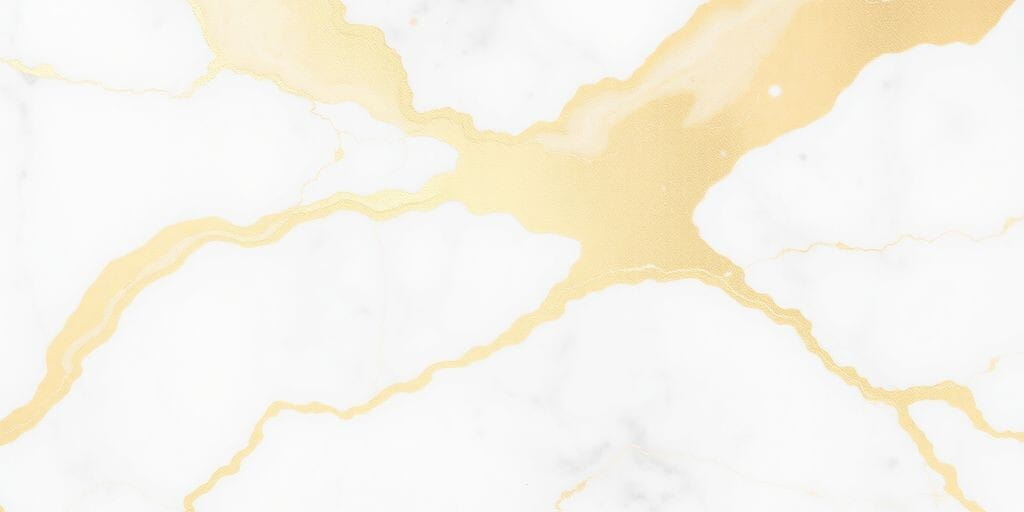
The Role of Listellos in Tile Design
Borders, often called listellos, are more than just decorative lines; they are design elements that frame and define spaces. They add a layer of sophistication and can completely change the feel of a tiled area. Think of them as the perfect punctuation mark for your tile layout, guiding the eye and adding a finished look. Whether you're aiming for a subtle accent or a bold statement, borders are key.
Adding Elegance with Marble Borders
Marble borders bring a touch of pure luxury. Their natural veining and polished sheen catch the light, creating a refined atmosphere. These pieces are fantastic for defining edges on floors, creating a visual break on walls, or adding a special touch to shower niches. If you want a high-end feel, marble listellos are a go-to choice. They work well with almost any marble tile pattern, tying the whole design together. You can find beautiful marble tiles online in the USA for your next project.
The Rustic Charm of Travertine Listellos
Travertine borders offer a different kind of beauty – one that’s more grounded and natural. Their earthy tones and textured surfaces bring warmth and character. Travertine listellos are great for creating a cohesive look in rustic or Mediterranean-inspired designs. They are particularly effective when used to frame mosaic tiles or to create a distinct border around a patio area. If you're looking for travertine pavers in California, consider how borders can complement your outdoor space.
Framing French Lay Patterns
When you've chosen a beautiful French lay pattern, a border can really make it pop. A marble border can add a classic, formal touch, while a travertine border might lend a more relaxed, organic feel. These borders help to contain the pattern, giving it a defined edge and preventing it from feeling too expansive. It’s a way to add structure and visual interest, making the overall design more intentional and polished.
Creating Distinct Zones with Borders
Borders aren't just for the perimeter of a room. They can be used creatively within a space to define different functional areas. Imagine using a marble border to section off a vanity area in a bathroom or a travertine border to create a visual boundary around a seating area on a patio. This technique helps organize the space and adds a layer of design complexity without being overwhelming.
Complementing Mosaic Tile Designs
Mosaic tiles are often intricate and detailed. A border or listello made from marble or travertine can act as a perfect frame for these smaller tiles. It provides a clean edge, allowing the mosaic to be the focal point while the border adds a complementary layer of texture and color. This combination is especially effective in shower surrounds or as a backsplash detail.
Customization Options for Borders
Don't feel limited to standard sizes or finishes. Many suppliers offer custom options for marble and travertine borders. This means you can get the exact width, length, and finish to perfectly match your French lay pattern and overall design vision. Whether you need a simple straight edge or a more decorative profile, customization ensures a truly unique and personalized result for your home.
The Durability and Longevity of French Lay
Natural Stone's Inherent Strength
When you choose a French lay tile pattern, you're investing in more than just looks. You're choosing natural stone, a material celebrated for its incredible strength and resilience. Unlike manufactured materials, stone has stood the test of time, literally. Think of ancient structures still standing today – that's the power of natural stone. This inherent toughness means your French lay floor will not only look beautiful but will also hold up against the rigors of daily life.
Travertine's Resilience in High-Traffic Areas
Travertine, a popular choice for French lay patterns, is particularly well-suited for busy homes. Its natural composition makes it quite durable, able to withstand the constant foot traffic in hallways, kitchens, and living areas. While it has a natural, earthy look, it's also tough. With proper sealing, travertine can resist wear and tear, keeping its charm for years. Many homeowners find travertine pavers California are a great option for both indoor and outdoor use due to this durability.
Marble's Enduring Beauty
Marble, often seen as the pinnacle of luxury, also boasts impressive longevity. While it might seem delicate, marble is a hard, dense stone. Its beauty doesn't fade with time; in fact, it often develops a richer patina. For those looking to buy marble tiles online USA, understanding its durability means you're investing in a material that will remain stunning for generations. Proper care is key, but the stone itself is built to last.
Proper Sealing and Maintenance
To truly maximize the lifespan of your French lay tile, proper sealing is non-negotiable. Sealing protects the stone from stains and moisture, which is especially important for porous materials like travertine and some types of marble. Regular cleaning with pH-neutral cleaners will also keep your floors looking their best. Think of sealing as a protective shield for your beautiful investment.
Resistance to Wear and Tear
French lay patterns, especially when laid with quality natural stone, are remarkably resistant to wear and tear. The way the tiles are laid, with their varied sizes and shapes, can also help distribute weight and stress more evenly across the floor. This means fewer chances of chips or cracks compared to single-format tiles. It’s a design that’s as practical as it is beautiful.
Investment Value of Durable Patterns
When you choose a durable material like natural stone in a classic pattern like French lay, you're not just decorating; you're investing. Homes with high-quality, long-lasting flooring are more attractive to potential buyers. The timeless appeal and inherent durability of French lay patterns add significant value to your property. It’s a choice that pays off both aesthetically and financially.
Long-Term Aesthetic Appeal
Beyond just physical durability, French lay patterns offer lasting aesthetic appeal. The classic design doesn't go out of style. Whether your home is modern, traditional, or somewhere in between, a French lay floor provides a sophisticated foundation. It’s a look that remains elegant and desirable year after year, making it a wise choice for any homeowner looking for enduring style.
Achieving a Seamless Installation
The Importance of Professional Installation
Getting that perfect French lay pattern means getting the installation right. While DIY projects can be rewarding, natural stone, especially intricate patterns like the French lay, demands precision. A professional installer understands the nuances of stone, from its weight and fragility to how it reacts to different adhesives and grouts. They have the specialized tools and experience to handle cuts, ensure consistent spacing, and achieve that flawless finish you’re dreaming of. For a truly high-end look, especially when working with materials like marble or travertine, professional installation is key. It’s an investment in the longevity and beauty of your new floor.
Understanding Tile Placement and Spacing
Achieving a truly seamless look in your French lay pattern hinges on meticulous tile placement and consistent spacing. This isn't just about aesthetics; it's about structural integrity. Each tile needs to be laid with the same gap between it and its neighbors. This space is where the grout will go, and it needs to be uniform to create a cohesive look. When you buy marble tiles online in the USA, you're getting a product that requires this level of care. Professionals use spacers to maintain these exact gaps, ensuring that the intricate pattern of the French lay doesn't get distorted. This attention to detail is what separates a good installation from a great one.
The Role of Grout in French Lay
Grout is more than just a filler; it's an integral part of the French lay design. The color and type of grout you choose can dramatically impact the final look. For a subtle, blended appearance, a grout color that closely matches the stone is ideal. If you want to highlight the geometric complexity of the pattern, a contrasting grout color can make the lines pop. When installing travertine pavers in California, for instance, the grout choice can either emphasize the natural, earthy tones or create a more defined, graphic effect. Professionals know how to mix and apply grout correctly, ensuring it fills the joints completely without staining the stone surface. This careful application preserves the pattern's integrity and the stone's natural beauty.
Ensuring Level Surfaces
Before any tiles are laid, the subfloor must be perfectly level. Uneven surfaces can lead to a host of problems, including tiles that are higher or lower than their neighbors, creating tripping hazards and an unappealing visual finish. For a French lay pattern, where multiple tile sizes are used, this is even more critical. A professional installer will assess your subfloor and take the necessary steps to prepare it, whether that involves leveling compounds or other subfloor preparation techniques. This foundational step is vital for the success of your marble or travertine installation.
Dealing with Irregular Stone Shapes
Natural stone, by its very nature, can have slight variations in size and shape. This is part of its charm, but it also presents a challenge for installers. The French lay pattern, with its mix of different sized pieces, requires careful selection and placement of each stone. Professionals have a keen eye for fitting these irregular shapes together, ensuring that the pattern flows correctly and that there are no awkward gaps or overlaps. This is where the artistry of installation truly shines, transforming raw materials into a beautiful, cohesive floor.
Proper Subfloor Preparation
Think of subfloor preparation as the foundation of your entire project. A solid, clean, and properly prepared subfloor is non-negotiable for a lasting and beautiful French lay installation. This means ensuring it's free from debris, moisture, and any existing adhesives or coatings that could compromise the bond between the subfloor and the tile adhesive. For materials like marble, which can be heavy, a robust subfloor is even more important. Professionals will assess the existing subfloor and recommend the best preparation methods to guarantee a stable base for your chosen tiles, whether you're looking to buy marble tiles online USA or source local travertine.
Tips for a Flawless Finish
Achieving that flawless finish involves several key considerations. Always inspect your tiles before installation; natural stone can have variations, and you want to ensure you're happy with the look before they're permanently set. Dry-laying the pattern first is a smart move, allowing you to visualize the layout and make adjustments. This is especially helpful with the complex arrangement of a French lay. Remember to clean your tools regularly during the process to prevent dried adhesive or grout from affecting the stone. Finally, proper sealing after installation is crucial for protecting your beautiful new floor from stains and moisture, keeping it looking its best for years to come. buy marble tiles online USA for your next project and experience the difference quality makes.
French Lay Tile Patterns for Outdoor Living
Bring timeless elegance and natural beauty to your outdoor spaces with French lay tile patterns. These classic layouts are perfect for creating inviting patios, durable walkways, and luxurious poolside areas. Imagine stepping onto a beautifully arranged travertine patio or a sophisticated marble terrace – it’s an instant upgrade to your home’s exterior.
Creating Inviting Patios and Decks
Transform your backyard into an outdoor oasis with the intricate charm of French lay patterns. This layout, often seen in the classic Versailles pattern, uses a mix of rectangular and square tiles to create a visually dynamic and sophisticated surface. It’s ideal for patios and decks, offering a stable and attractive foundation for outdoor entertaining. Consider using durable travertine pavers in California for a warm, earthy feel that complements any landscape. You can easily buy marble tiles online in the USA for a more refined look, perfect for creating a chic outdoor dining area.
Poolside Elegance with French Lay
Make your pool area a true retreat by incorporating French lay tile patterns. The natural texture and varied sizes of stones like travertine provide excellent slip resistance, a key feature for poolside applications. This pattern adds a touch of old-world charm and luxury, turning a simple pool deck into a high-end resort experience. The interlocking nature of the pattern also contributes to its stability and longevity in wet environments.
Durability for Exterior Applications
When selecting tiles for outdoor use, durability is paramount. French lay patterns, especially when crafted from natural stones like travertine or granite, are exceptionally well-suited for exterior applications. These materials are known for their resilience against weather, foot traffic, and temperature fluctuations. Choosing a robust stone ensures your outdoor living space remains beautiful and functional for years to come. Look for options like tumbled travertine for a naturally aged look that also offers great grip.
Slip-Resistant Options for Outdoor Use
Safety is a major consideration for outdoor areas. Many natural stones used in French lay patterns, particularly travertine with its natural holes and textured finishes, offer inherent slip-resistant qualities. Tumbled or honed finishes can further improve traction compared to highly polished surfaces. This makes them an excellent choice for patios, walkways, and pool decks where moisture is common. Selecting the right finish is key to creating a safe and stylish outdoor environment.
Weathering and Natural Patina
One of the unique advantages of using natural stone in outdoor French lay patterns is how it ages. Stones like travertine and limestone develop a beautiful natural patina over time, adding character and depth to your outdoor space. This weathering process means your patio or walkway will look even more distinguished as the years go by, creating a truly timeless appeal. It’s a living surface that tells a story.
Travertine's Suitability for Patios
Travertine is a top choice for outdoor patios and walkways, and the French lay pattern showcases its beauty perfectly. Its natural variations in color and texture, combined with the intricate layout, create a warm and inviting atmosphere. Travertine pavers are readily available and offer a fantastic balance of aesthetic appeal, durability, and cost-effectiveness for large outdoor projects. Whether you choose a classic ivory or a rich noce, travertine brings a Mediterranean charm to any garden.
Marble's Potential for Outdoor Use
While often associated with indoor luxury, certain types of marble can also be used for outdoor applications, especially in milder climates or for covered areas. French lay patterns in marble can create incredibly sophisticated patios or terraces. However, it’s important to select marbles that are less prone to etching from acidic substances and to consider honed finishes for better slip resistance. For those seeking the ultimate in outdoor luxury, exploring marble tiles online in the USA can reveal stunning options for a truly grand statement.
The Aesthetic Impact of French Lay
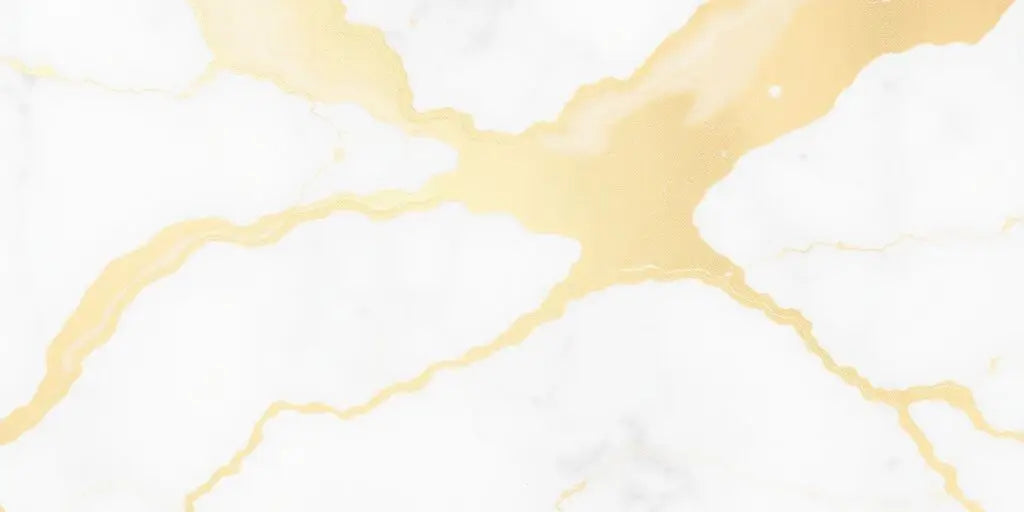
French lay tile patterns do more than just cover a floor; they transform a space. They bring a sense of history and artistry, making any room feel more considered and elegant. It’s a look that speaks of quality and a refined taste.
Creating a Sense of Depth and Dimension
The way the different sizes of tiles are arranged in a French lay pattern naturally creates visual interest. This isn't just a flat surface; it's a dynamic composition. The interplay of shapes and sizes gives the floor a feeling of depth, making rooms appear more expansive and engaging. It’s a subtle yet powerful way to add character to your home.
Adding Visual Interest to Floors
Forget boring, uniform flooring. French lay patterns introduce a captivating rhythm. The mix of rectangles and squares, laid out in a specific, repeating sequence, draws the eye. This visual complexity makes even simple stone, like travertine pavers California, look extraordinary. It’s a design choice that truly makes a statement.
The Illusion of Larger Spaces
Believe it or not, a well-executed French lay pattern can make a room feel bigger. The varied tile sizes and the way they are laid out can trick the eye, creating a sense of openness. This is especially true in smaller spaces or hallways where you want to maximize the feeling of spaciousness. It’s a smart design trick that works wonders.
Enhancing Natural Light Reflection
Natural stone, especially when polished, reflects light beautifully. When laid in a French lay pattern, this reflection is amplified. The different angles and surfaces catch the light in unique ways, making the entire room feel brighter and more airy. Imagine the glow in your living room with a stunning marble floor.
The Tactile Experience of Stone Patterns
Beyond the visual, there's a tactile quality to French lay patterns. Whether you choose the smooth, cool feel of marble or the slightly textured, warm embrace of travertine, the pattern itself adds to the sensory experience. Walking on a floor laid in this classic pattern feels grounded and substantial. It’s a connection to the material that’s deeply satisfying.
Achieving a Sophisticated Ambiance
There’s an undeniable sophistication that comes with French lay tile. It’s a pattern that has graced palaces and elegant homes for centuries. Bringing it into your own space instantly imparts a sense of timeless luxury and refined taste. It’s a way to imbue your home with an air of classic elegance that never goes out of style. If you're looking to buy marble tiles online USA, consider this pattern for an instant upgrade.
The Timeless Appeal of Geometric Layouts
Geometric patterns have always held a certain appeal, and the French lay is no exception. It’s a structured yet visually rich arrangement that appeals to our sense of order and beauty. This timeless quality means your floor will remain stylish for years to come, a true investment in your home's aesthetic. It’s a classic choice that always looks right.
Selecting the Perfect French Lay Collection
Choosing the right French lay tile collection is your first step toward a truly transformed space. It’s about more than just picking pretty stones; it’s about finding a material and pattern that speaks to your style and stands the test of time. Think of it as selecting the foundation for your home’s aesthetic.
Considering Your Home's Architectural Style
Does your home lean towards classic elegance or modern minimalism? For historic homes, a traditional Versailles pattern in travertine or limestone might be ideal. Modern spaces often benefit from the clean lines of marble in a more geometric French lay variation. Matching the tile collection to your home's existing architecture creates a cohesive and harmonious look.
Matching Patterns to Room Dimensions
Scale matters. A large, intricate pattern like the Versailles can make a grand room feel even more opulent. In smaller spaces, a simpler French lay or a smaller format tile within the pattern can prevent the room from feeling overwhelmed. Consider how the pattern will repeat and flow within the confines of your room.
Budgetary Considerations for French Lay
Natural stone, while beautiful, comes at varying price points. Travertine is often a more budget-friendly option compared to premium marbles like Calacatta Gold. When you buy marble tiles online USA, compare prices and look for collections that offer the best value for your budget. Remember to factor in installation costs, which can vary based on the complexity of the pattern and the stone itself.
Exploring Available Stone Collections
Our collections feature a range of natural stones, each with unique characteristics. Travertine, with its earthy tones and natural pits, offers warmth and durability, making it a great choice for both indoor and outdoor applications, like travertine pavers California. Marble, on the other hand, brings unparalleled luxury and sophistication, with options like Carrara for classic appeal and Calacatta Gold for dramatic veining. We also offer limestone, known for its subtle beauty and versatility.
Understanding Material Variations
Natural stone is inherently unique. Variations in color, veining, and texture are part of its charm. For instance, no two pieces of travertine will be exactly alike, and marble slabs can differ significantly even within the same quarry. Embrace these natural variations; they are what give your French lay pattern its one-of-a-kind character.
Visualizing the Final Look
It can be challenging to picture the final result from samples alone. Many suppliers offer visualizers or large-format sample boards. Consider creating a mood board with your chosen tile, paint colors, and furniture to get a better sense of the overall aesthetic. Seeing how different stones, like the classic Arabescato Corchia Marble Mosaic Tile, work together can be incredibly helpful.
Seeking Expert Design Advice
Don't hesitate to consult with design professionals or knowledgeable sales associates. They can provide insights into the best stone types, finishes, and patterns for your specific project, helping you avoid common pitfalls and achieve a stunning, lasting result. Their guidance can be invaluable when making such an important design decision.
The Timeless Appeal of Checkerboard Layouts
Classic Contrast in Checkerboard Designs
The checkerboard pattern is a design classic for a reason. It’s bold, it’s graphic, and it instantly adds a sense of order and visual interest to any space. Think of the iconic black and white floors of old-world bistros or the striking patterns found in historic homes. This layout uses contrasting colors to create a dynamic visual effect that never goes out of style. It’s a simple concept, but the impact is anything but. When you want a floor that makes a statement without being overly complicated, checkerboard is a fantastic choice.
Marble Checkerboard for Luxury
Imagine the sophisticated sheen of marble tiles in a checkerboard pattern. This combination screams luxury. You can opt for the classic black and white, perhaps using Nero Marquina and Carrara marble, or explore other high-contrast pairings. Think about the deep, rich tones of Emperador Dark marble against a crisp white like Statuario. A marble checkerboard floor is a surefire way to add a touch of old-world glamour and undeniable elegance to your home. It’s perfect for grand entryways, elegant dining rooms, or even a luxurious bathroom. If you’re looking to buy marble tiles online in the USA, exploring checkerboard options is a must.
Travertine Checkerboard for Warmth
While marble offers high-end luxury, travertine brings a warm, earthy charm to the checkerboard pattern. The natural variations in travertine’s color and texture add depth and character that you just don’t get with manufactured materials. Consider pairing a creamy Ivory Travertine with a richer Noce Travertine for a softer, more inviting look. This is especially effective for creating a cozy yet stylish atmosphere in living areas or kitchens. For those in California, looking for travertine pavers California, a checkerboard layout can also be a beautiful option for patios and outdoor spaces, blending natural beauty with a classic design.
Creating Striking Visual Effects
The magic of the checkerboard lies in its simplicity and its power to transform a space. The alternating squares create a visual rhythm that can make a room feel larger or more defined. It’s a versatile pattern that can be adapted to various styles, from traditional to contemporary. You can play with different stone types, finishes, and even grout colors to customize the look. For instance, using a darker grout with lighter tiles can emphasize the pattern, while a matching grout can create a more subtle effect.
Applications in Entryways and Kitchens
Checkerboard patterns are particularly effective in high-traffic areas where you want to make a strong first impression. Entryways and hallways are perfect candidates. A well-executed checkerboard floor here sets a tone of classic style and sophistication for the entire home. Kitchens also benefit greatly from this layout. The pattern adds visual interest to a space that’s often the heart of the home, and the durability of marble or travertine means it can handle daily wear and tear. You can even extend this look to backsplashes for a truly cohesive design.
Modern Twists on Checkerboard Patterns
While the classic checkerboard is timeless, designers are constantly finding new ways to put a modern spin on it. This can involve using unexpected color combinations, like a deep charcoal and a soft grey, or incorporating different tile sizes within the pattern. Some designers are even experimenting with checkerboard patterns on walls or as accents within larger tile layouts. The key is to play with the traditional concept and adapt it to contemporary aesthetics. This approach ensures that the checkerboard remains a relevant and exciting design choice for modern homes.
The Enduring Popularity of Checkerboard
Why does the checkerboard pattern continue to be so popular? It’s a combination of its inherent visual appeal, its historical significance, and its incredible versatility. It’s a design that speaks of tradition and quality, yet it can be easily updated to suit modern tastes. Whether you choose the luxurious feel of marble or the natural warmth of travertine, a checkerboard layout offers a timeless statement that will enhance your home for years to come. If you’re considering a new tile project, don’t overlook the enduring charm of the checkerboard.
French Lay Tile Patterns: A Statement of Style
Choosing a French lay tile pattern is more than just selecting flooring; it's about making a distinct style statement. This classic arrangement, often seen in the Versailles pattern, brings an air of sophistication and history to any space. It’s a design choice that speaks to an appreciation for artistry and enduring beauty. Whether you're aiming for a grand, opulent feel or a more understated elegance, the French lay offers a unique way to express personal taste and elevate your home's aesthetic.
Expressing Personal Taste Through Tile
Your home is a reflection of you, and the materials you choose play a big role in telling your story. French lay patterns, with their intricate yet harmonious arrangements, allow for a sophisticated expression of personal style. They move beyond simple functionality to become a core design element. Think about the rich textures of travertine or the classic veining of marble; these natural stones, laid in a French pattern, create a foundation that is both beautiful and deeply personal. It’s a way to infuse your living space with character and a sense of curated design. If you're looking to buy marble tiles online in the USA, exploring French lay options is a great starting point.
The Art of Layering Patterns
While a French lay pattern is a statement in itself, it also provides a fantastic canvas for further design creativity. Consider how borders or listellos can frame the pattern, adding another layer of detail and definition. Marble borders, for instance, can introduce a contrasting color or a subtle metallic accent, while travertine listellos might offer a more rustic, earthy complement. This layering of patterns and materials allows for a truly bespoke look, transforming a standard floor into a work of art. It’s about creating visual interest and a sense of depth that draws the eye and invites exploration.
French Lay as a Design Foundation
When you choose a French lay pattern, you're not just selecting a floor; you're establishing a strong design foundation. This pattern works exceptionally well with a variety of interior design styles. Its classic roots make it a natural fit for traditional or French country aesthetics, but its geometric complexity also lends itself beautifully to modern and even minimalist interiors. The key is in the material and finish. For example, a tumbled travertine in a French lay can create a warm, inviting atmosphere for a rustic or bohemian look, while a polished marble in the same pattern can lend a sleek, sophisticated air to a contemporary space. It’s a versatile choice that adapts to your vision.
Creating a Cohesive Interior Design
The beauty of a well-executed French lay pattern is its ability to tie a room together. The repeating yet varied arrangement of shapes creates a visual rhythm that can guide the eye and unify different elements within a space. This is particularly effective in open-plan living areas where the flooring acts as a constant thread connecting distinct zones. The consistent use of a natural stone, like travertine pavers in California, laid in a French pattern across a patio and into an adjacent indoor living area, can create a remarkable sense of flow and continuity. It makes the entire home feel more intentional and harmonized.
The Impact of Color and Texture
Color and texture are paramount when working with French lay patterns. The natural variations within stones like marble and travertine offer a rich palette to play with. Consider the difference between the cool, crisp whites and grays of Carrara marble versus the warm, earthy browns and beiges of Noce travertine. Each offers a distinct mood and aesthetic. The finish also plays a significant role; a polished surface will reflect light differently than a tumbled or honed finish, impacting the overall ambiance of the room. Selecting the right combination of stone, color, and finish is key to achieving the desired statement.
Making a Lasting Impression
Ultimately, a French lay tile pattern is about creating a memorable and lasting impression. It’s a design choice that stands the test of time, offering both aesthetic appeal and inherent durability, especially when using natural stones. The intricate layout and the quality of the materials used communicate a sense of luxury and attention to detail. Whether it’s the classic appeal of a Versailles pattern or a more contemporary interpretation, this layout is sure to impress guests and provide enduring satisfaction for homeowners. It’s an investment in beauty and style that continues to pay dividends for years to come.
Exploring Exotic Vein-Cut Travertine
The Natural Linear Patterns of Vein-Cut
Vein-cut travertine offers a distinct look, different from the more common cross-cut varieties. Instead of the typical pitted or hole-filled appearance, vein-cut travertine is sliced along the natural bedding plane of the stone. This process highlights the mineral deposits and fossilized elements within the travertine, creating striking, linear patterns. These natural lines add a sense of movement and sophistication to any space, making it a popular choice for those seeking a unique and elegant design. It’s a material that truly showcases the artistry of nature.
Earthy Tones and Sophisticated Appeal
Exotic vein-cut travertine comes in a range of earthy tones, from warm ivories and soft beiges to richer browns and even subtle grays. These natural colors provide a warm, inviting atmosphere, while the linear veining adds a layer of refined elegance. This combination makes it incredibly versatile, fitting well into both modern minimalist interiors and more traditional, classic designs. It’s a stone that can adapt to your style, not the other way around.
Polished vs. Honed Finishes
When choosing vein-cut travertine, you'll typically encounter two main finishes: polished and honed. A polished finish gives the stone a high-gloss, reflective surface, which can make the linear patterns pop and add a luxurious feel. It's great for areas where you want a bit of sparkle. On the other hand, a honed finish offers a more matte, natural look. It's less reflective and provides a softer, more understated elegance. This finish is often preferred for its subtle beauty and can be more forgiving with everyday wear. Both finishes are beautiful, but they create very different moods.
Ideal Applications for Vein-Cut Travertine
Vein-cut travertine is incredibly versatile. It works wonderfully as flooring, creating a continuous, flowing look across large areas. It's also a fantastic choice for wall cladding, adding a unique texture and visual interest to a room. Think about using it for a dramatic accent wall in a living room or a sophisticated backsplash in a kitchen. Its natural beauty also makes it suitable for bathrooms, especially for shower walls, where it can create a spa-like retreat. You can even find travertine pavers California with this distinctive cut for outdoor spaces.
Adding Depth and Character to Walls
Using vein-cut travertine on walls is a game-changer. The linear patterns, when laid vertically or horizontally, can dramatically alter the perception of a space. They can make ceilings appear higher or walls seem wider, depending on the orientation. This natural stone adds a depth and character that paint or wallpaper simply can't replicate. It’s a way to bring the raw beauty of the earth into your home in a very artistic way.
Creating Spa-Like Bathrooms
Imagine stepping into a bathroom that feels like a high-end spa. Vein-cut travertine can help you achieve that. Its natural colors and linear patterns create a calming, serene environment. Whether used on the floors, walls, or as a shower surround, it brings a touch of natural luxury. The honed finish, in particular, offers a soft, tactile experience that complements the relaxing atmosphere of a bathroom. It’s a material that truly transforms a functional space into a personal sanctuary.
Luxury Interiors with Linear Veining
For those looking to add a touch of luxury to their interiors, exotic vein-cut travertine is an excellent option. It’s a material that speaks of quality and refined taste. Its unique patterns set it apart from more common stone choices, offering a sophisticated statement. Whether you're looking to buy marble tiles online USA or explore travertine options, vein-cut travertine provides a distinctive elegance that is sure to impress. It’s a choice that adds both beauty and value to your home.
The Craftsmanship of Patterned Tile Collections
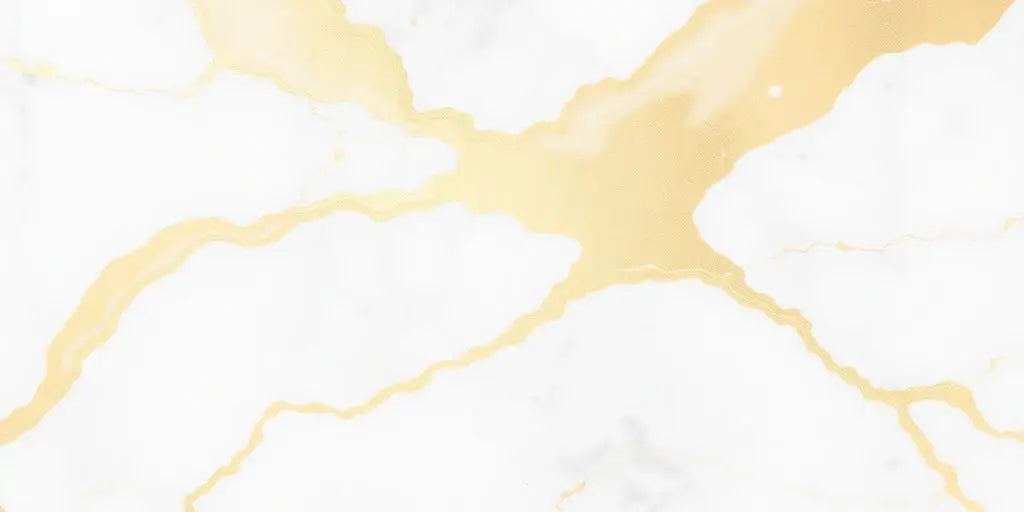
Blending Italian Marble for Striking Layouts
When it comes to creating truly memorable spaces, the craftsmanship behind patterned tile collections stands out. Think of the intricate beauty of classic European designs, brought to life with premium materials. These collections often feature a sophisticated interplay of colors and textures, meticulously arranged to form captivating geometric layouts. It’s about more than just tiles; it’s about bringing a piece of art into your home.
Geometric Precision in Design
The allure of patterned tiles lies in their precise execution. Collections like the Roma Prestige, for instance, showcase a masterful use of Italian marble, combining shades like Carrara, Calacatta Gold, and Nero Marquina. This isn't accidental; it's a deliberate design choice that results in a striking visual effect. The geometric precision ensures that each tile fits perfectly, creating a cohesive and polished look that speaks of quality and attention to detail. This level of detail is what transforms a floor from ordinary to extraordinary.
The Luxury of Contrasting Marble Colors
What truly sets these collections apart is the thoughtful use of contrasting marble colors. Imagine the deep richness of Emperador Dark paired with the serene tones of Bianco Dolomite, or the bold contrast of Nero Marquina against the classic white of Carrara. This deliberate pairing of colors creates dynamic patterns that add depth and character to any room. It’s a way to express personal style and create a focal point that guests will admire. If you're looking to buy marble tiles online in the USA, exploring these curated collections can offer a unique design advantage.
Creating Bespoke Flooring Statements
These patterned tile collections are not just for floors; they can be used on walls, in bathrooms, and even for backsplashes, offering a versatile way to make a design statement. Whether you're aiming for the grandeur of a historic palazzo or a modern interpretation of classic design, these collections provide the foundation. They allow for a bespoke look, tailored to your specific aesthetic preferences. For those in California, finding travertine pavers in California that complement these interior designs can create a beautiful indoor-outdoor flow.
Architectural Prestige in Tile Design
There's an inherent architectural prestige associated with these meticulously crafted tile patterns. They evoke a sense of history and enduring quality, reminiscent of the finest European estates and luxury hotels. The use of premium materials like Italian marble, combined with intricate patterns, adds a layer of sophistication that is hard to replicate. It’s an investment in timeless beauty and lasting value for your home.
Timeless Beauty Meets Enduring Quality
Ultimately, the craftsmanship in these patterned tile collections is about achieving a perfect balance between timeless beauty and enduring quality. They are designed to withstand the test of time, both in terms of style and durability. When you choose a collection that emphasizes superior craftsmanship, you're not just selecting tiles; you're choosing a legacy of elegance for your space. Consider exploring options like the Bardiglio Imperiale Marble 3" x 12" Field Tile for a touch of refined elegance in your next project.
Discover the amazing skill that goes into making our patterned tile collections. Each design is made with care, bringing unique beauty to your home. Want to see more? Visit our website to explore the full range and find the perfect tiles for your next project!
Bringing French Tile Patterns to Your Home
So, we've looked at some really nice French tile patterns, both the old-school kind and some newer takes. Whether you're into the classic Versailles look or something a bit different, there are options out there that can make your home feel special. Think about how these patterns could work in your kitchen, bathroom, or even outside. Natural stone like marble and travertine, especially in these classic layouts, really adds a touch of class and can last a long time. If you're thinking about updating your space, checking out what places like Surfaces Galore have to offer is a good idea. They have a lot of variety, and getting the right look is totally doable.
Frequently Asked Questions
What exactly is a French lay tile pattern?
A French lay tile pattern, also called a Versailles pattern, is a classic design that uses four different sizes of rectangular tiles arranged in a specific, repeating way. It creates a beautiful, almost antique look that adds a lot of character to floors and walls.
Is the French lay pattern suitable for modern homes?
Yes, absolutely! While it has a historical feel, the French lay pattern works surprisingly well in modern homes. Its timeless elegance can add a unique touch and a sense of luxury to contemporary spaces, especially when paired with materials like marble or travertine.
What are the main materials used for French lay patterns?
The most popular materials for French lay patterns are natural stones like travertine and marble. Travertine offers a warm, earthy feel, while marble brings a sense of luxury and sophistication. Other stones like limestone and sandstone can also be used.
How durable is a French lay tile floor?
When made from natural stone like travertine or marble, French lay floors are very durable. They can last for many years, even in busy areas, if they are properly installed and maintained. Travertine, in particular, is known for its strength and ability to withstand wear and tear.
Can French lay patterns be used outdoors?
Yes, French lay patterns are excellent for outdoor areas like patios and walkways, especially when using durable materials like travertine. They can withstand weather changes and add a touch of elegance to outdoor living spaces. It’s important to choose stones that are suitable for outdoor use and have good slip resistance.
What is the Versailles pattern, and how is it different from other French lays?
The Versailles pattern is a specific type of French lay. It's known for its intricate arrangement of four different tile sizes – typically a large rectangle, a smaller rectangle, a square, and a smaller rectangle again – that repeat to form a cohesive, grand design. It’s often associated with the Palace of Versailles.
What kind of maintenance do French lay tiles require?
Natural stone tiles used in French lay patterns, like marble and travertine, generally need regular cleaning with mild soap and water. It’s also important to seal them periodically to protect against stains and moisture, especially in areas like kitchens and bathrooms.
Can I install a French lay pattern myself?
While DIY installation is possible, French lay patterns can be complex due to the precise arrangement of different tile sizes. For the best and most professional-looking results, it is highly recommended to hire an experienced tile installer who is familiar with this specific pattern.
What are the benefits of using marble for a French lay pattern?
Using marble in a French lay pattern brings a high level of luxury and elegance to a space. Marble is known for its beautiful veining and sophisticated appearance, making the intricate pattern even more striking. It can truly elevate the look of a room.
How does travertine compare to marble in a French lay pattern?
Travertine offers a warmer, more natural, and often more rustic look compared to marble. It's also generally more affordable and can be more forgiving with its natural texture. Marble, on the other hand, provides a sleeker, more luxurious, and often more formal appearance.
Can French lay patterns be used on walls as well as floors?
Yes, French lay patterns are not limited to floors. They can be used on walls, such as in shower enclosures, backsplashes, or as accent walls, to add a unique design element and visual interest to vertical surfaces.
What are some common mistakes to avoid when choosing or installing French lay tiles?
Common mistakes include not planning the layout carefully, using the wrong type of adhesive or grout for natural stone, not properly preparing the subfloor, and not sealing the tiles. Hiring a professional installer can help avoid most of these issues.

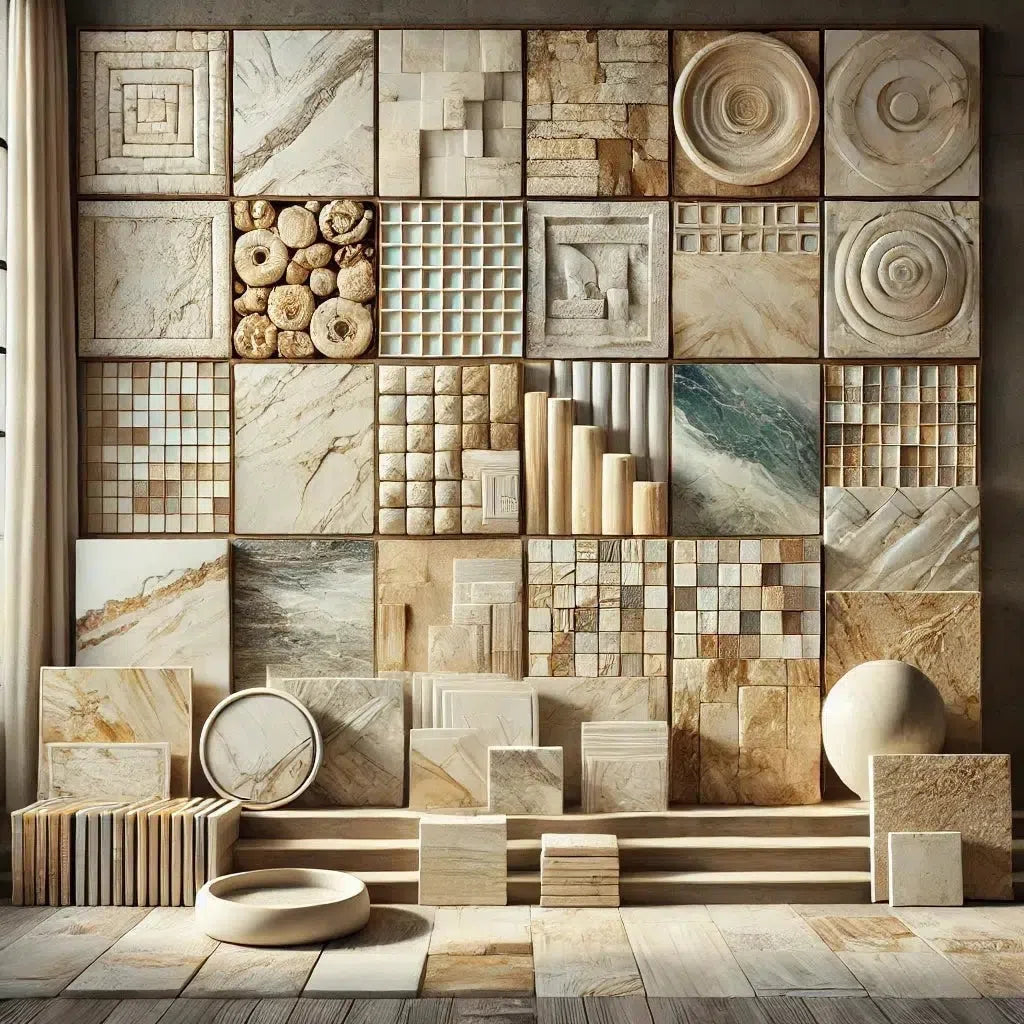 Best Selling Marble Collections
Best Selling Marble Collections
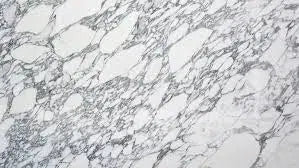 Arabescato Corchia
Arabescato Corchia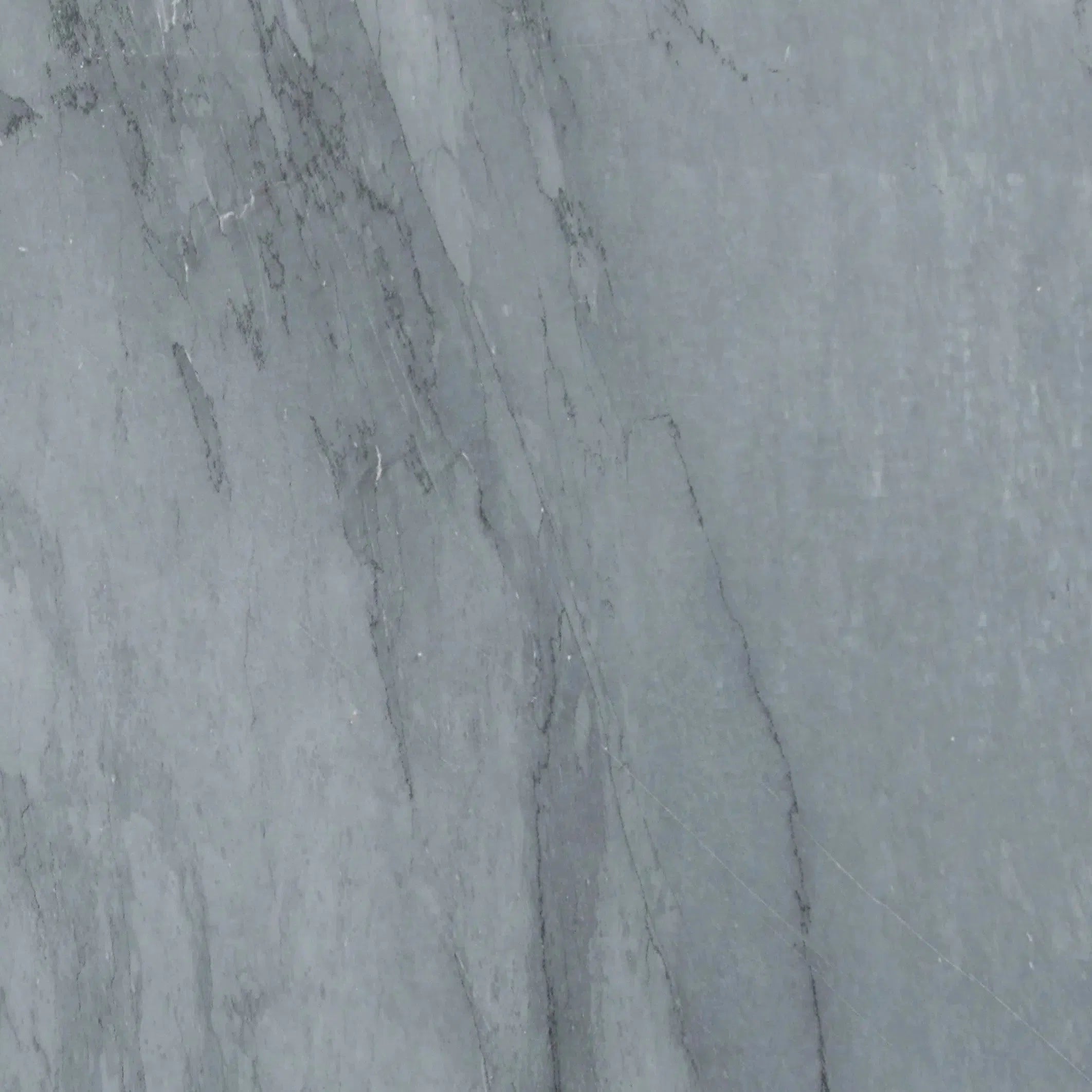 Bardiglio
Bardiglio Bianco Dolomite
Bianco Dolomite 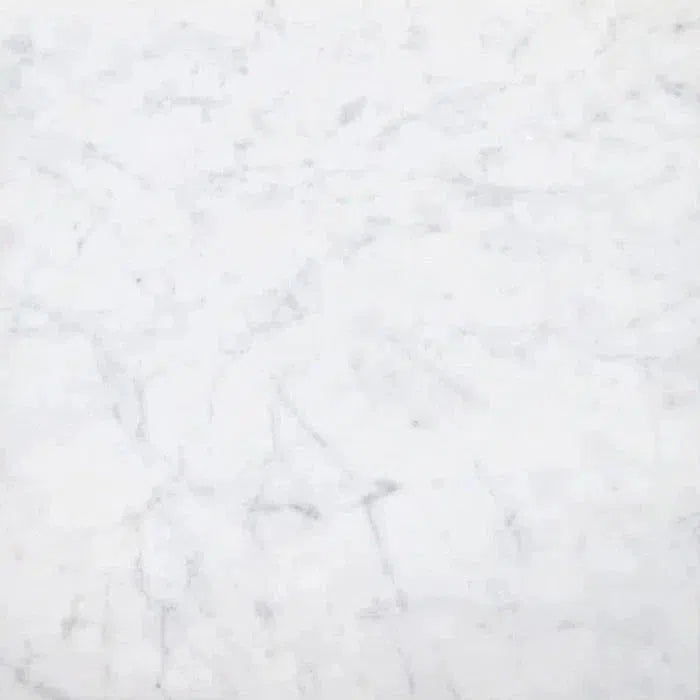 Carrara White
Carrara White 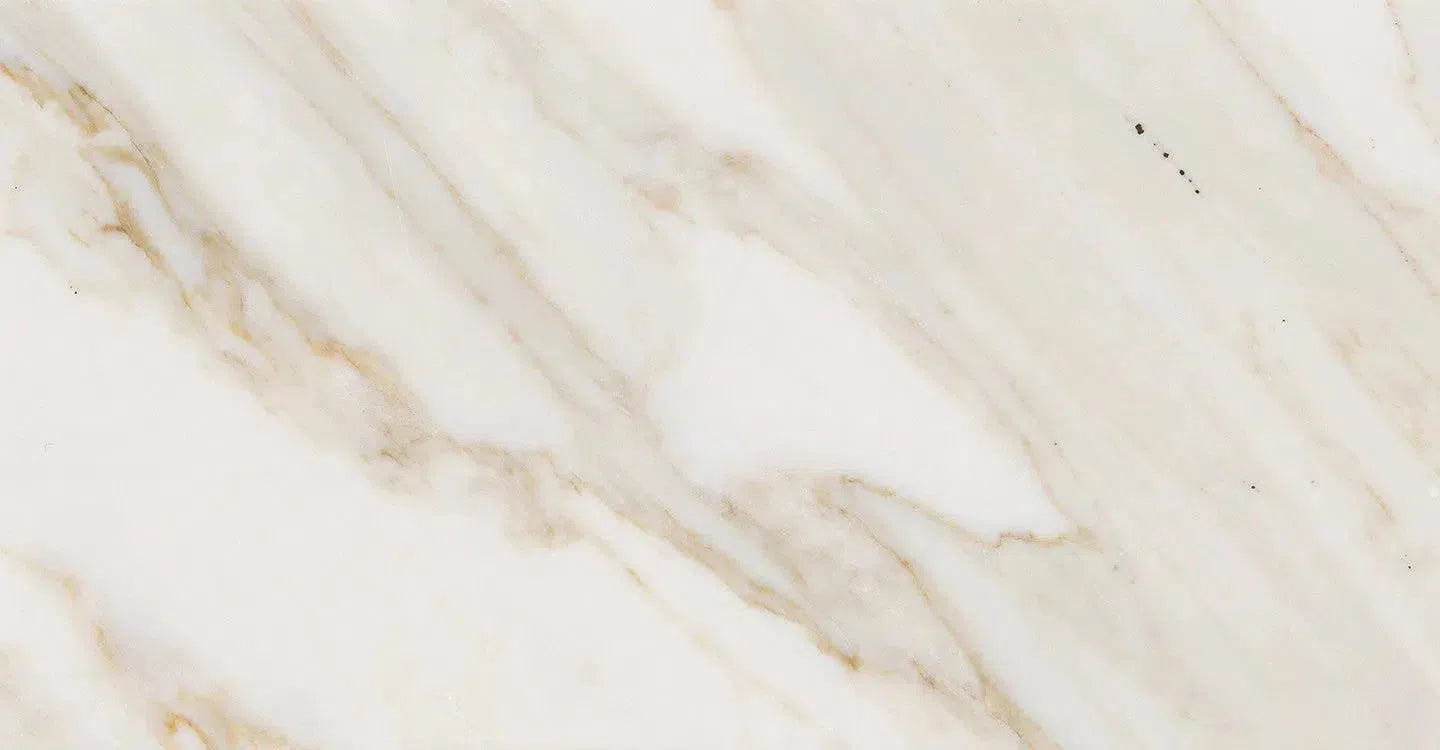 Calacatta Gold
Calacatta Gold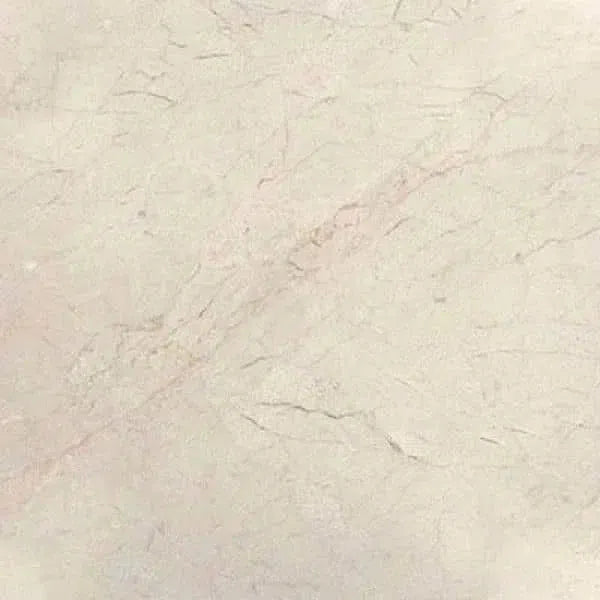 Crema Marfil
Crema Marfil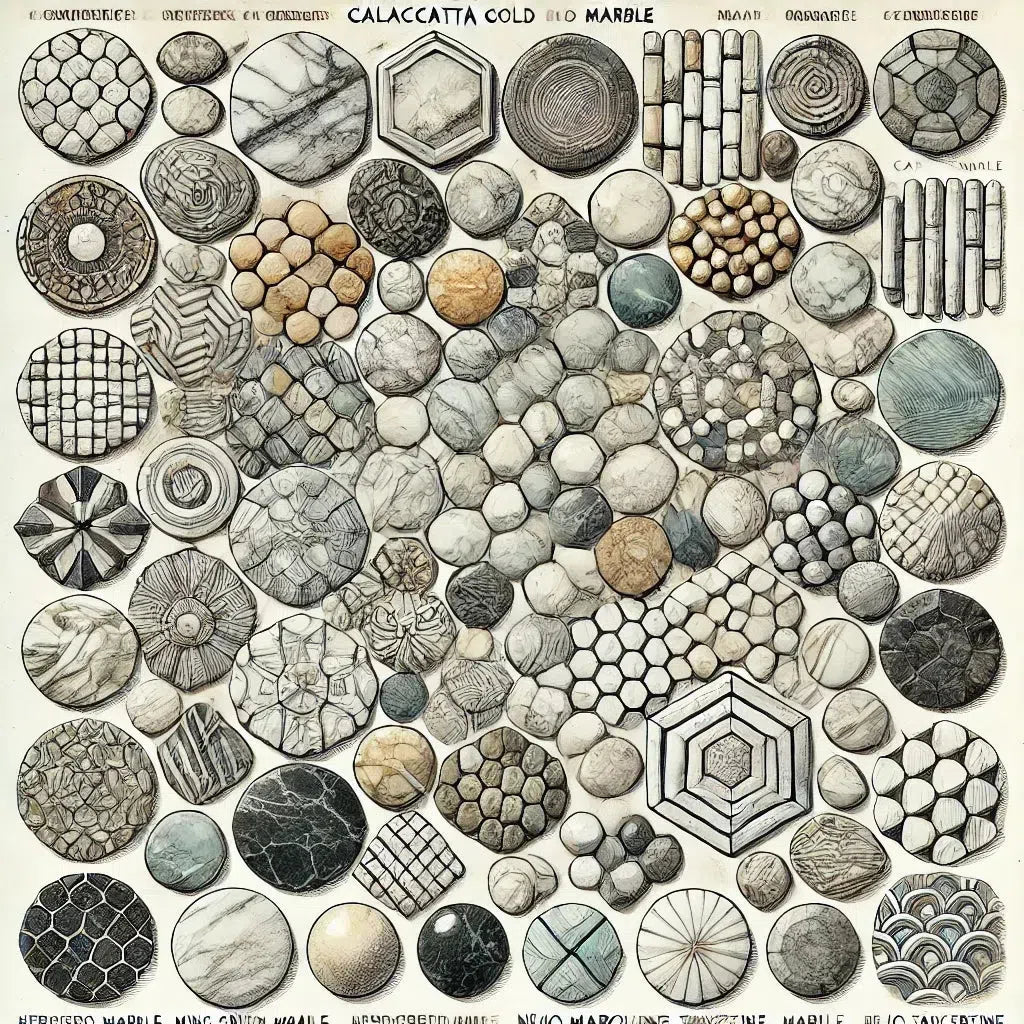 Custom Made Mosaic
Custom Made Mosaic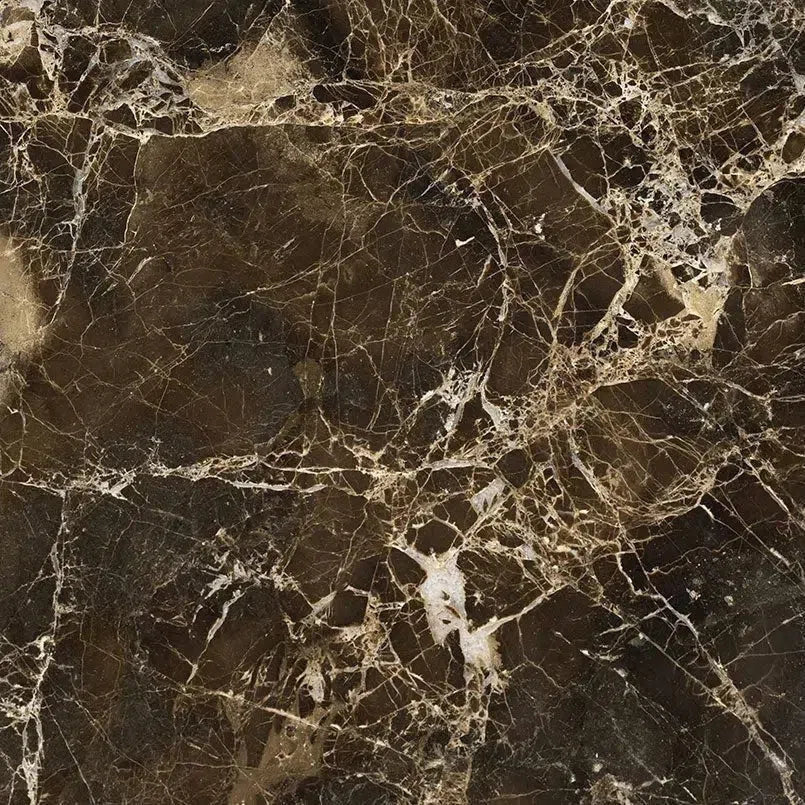 Emperador Dark
Emperador Dark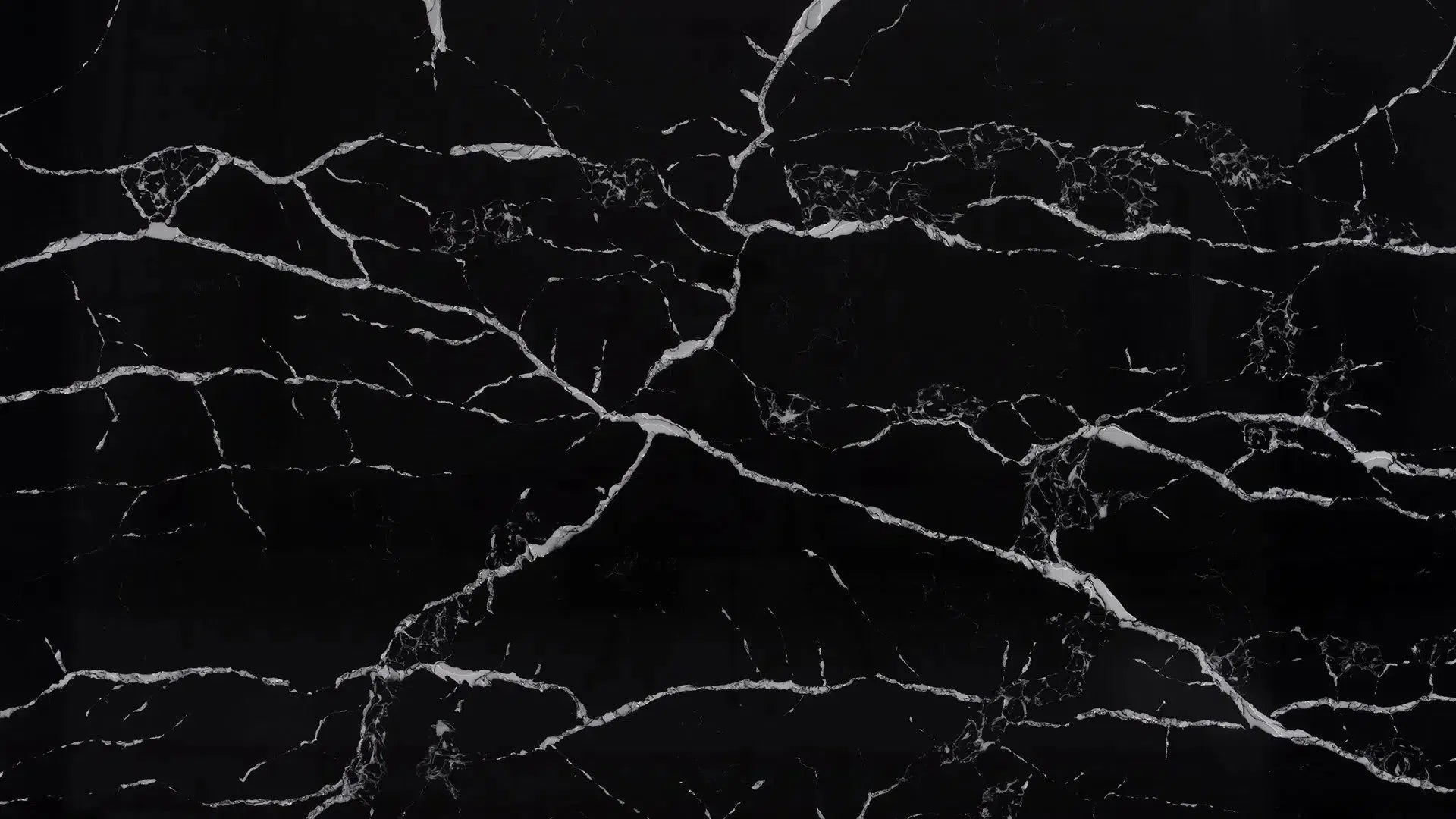 Nero Marquina
Nero Marquina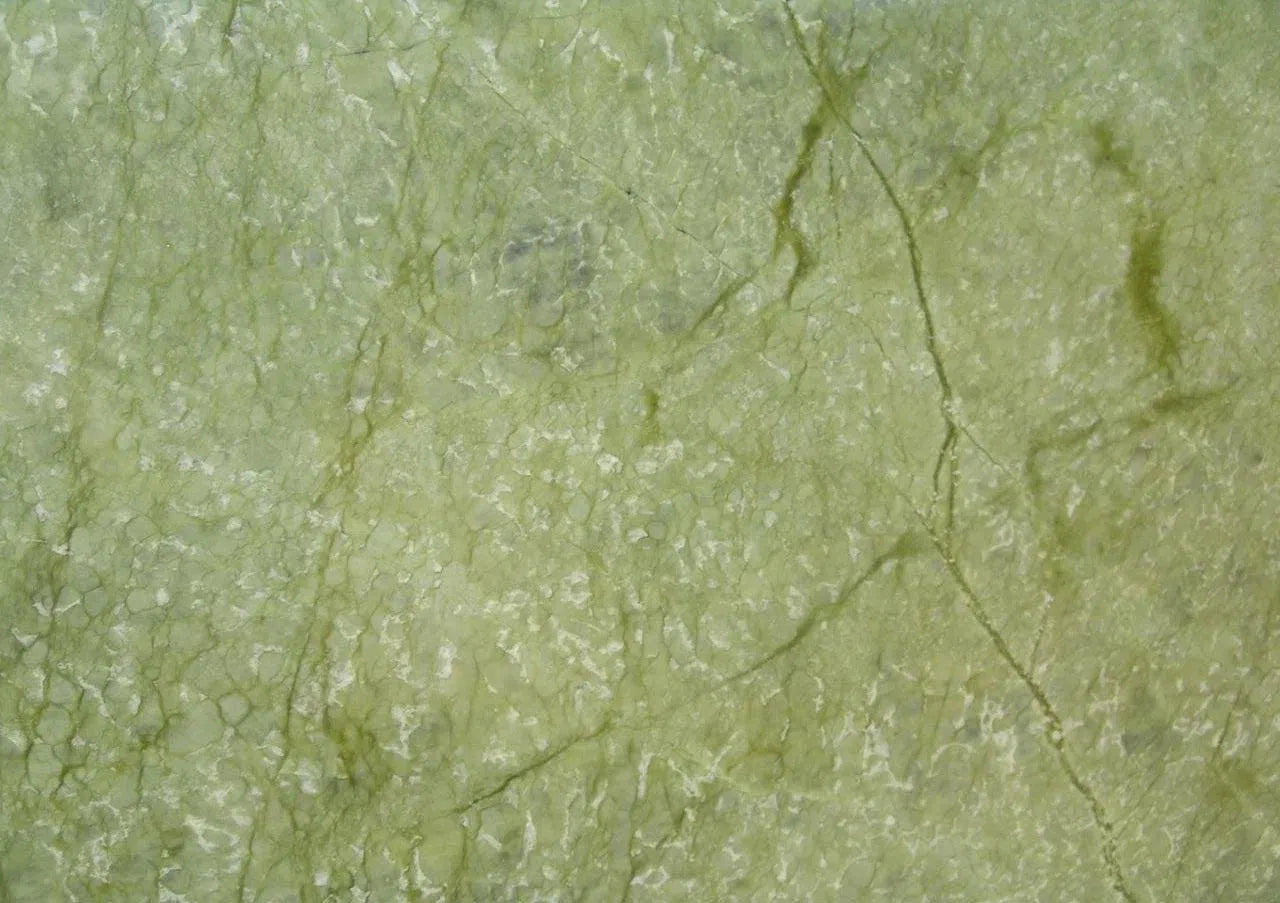 Ming Green Marble
Ming Green Marble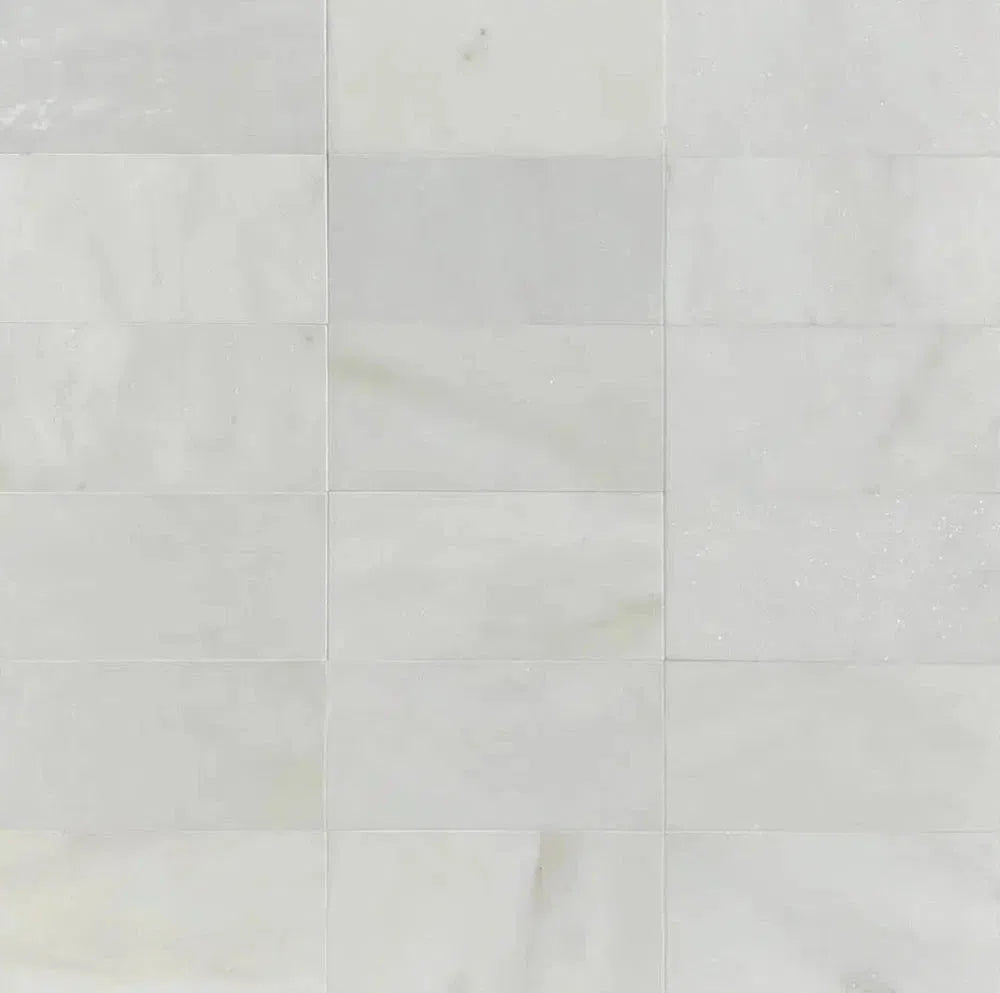 Oriental White Marble (Asian Statuary Marble)
Oriental White Marble (Asian Statuary Marble)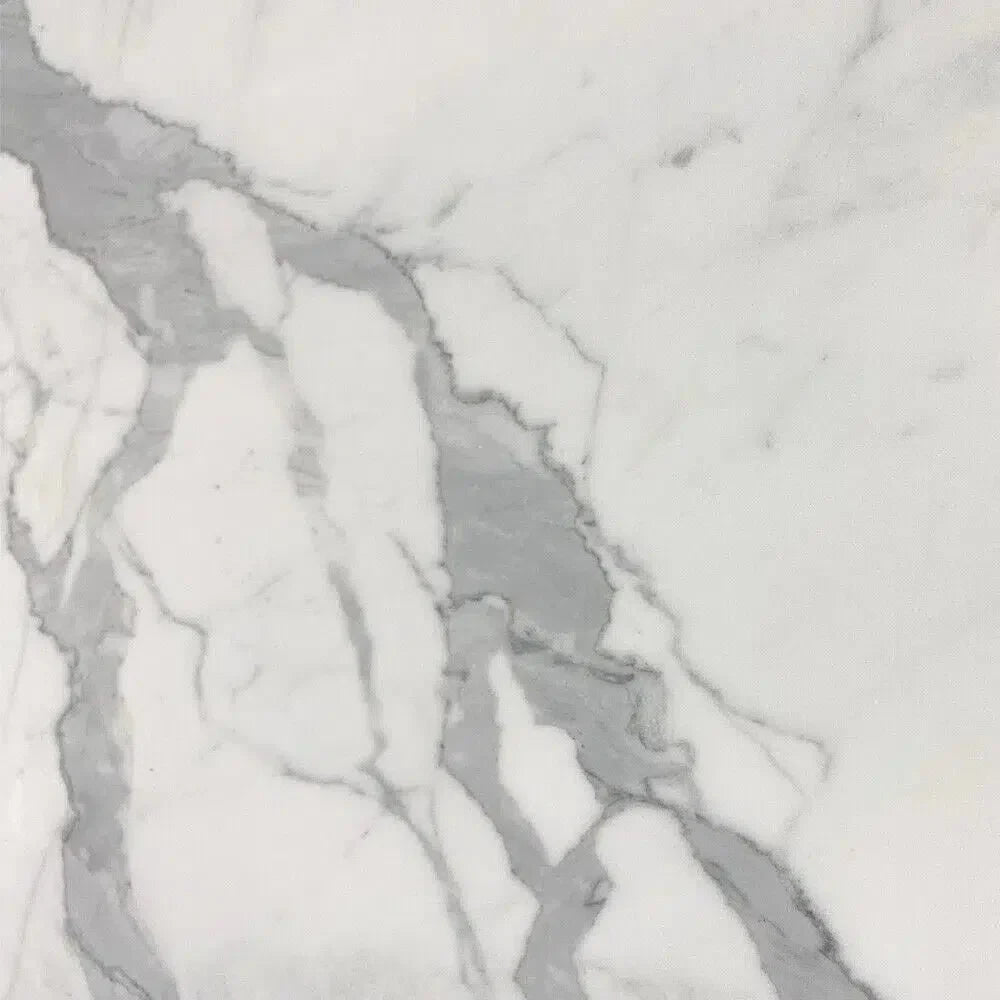 Statuary - Statuario White (Italian) Marble
Statuary - Statuario White (Italian) Marble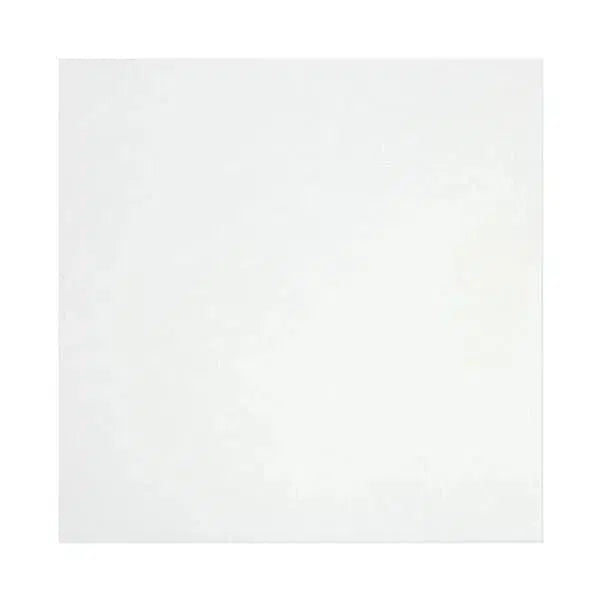 Thassos White
Thassos White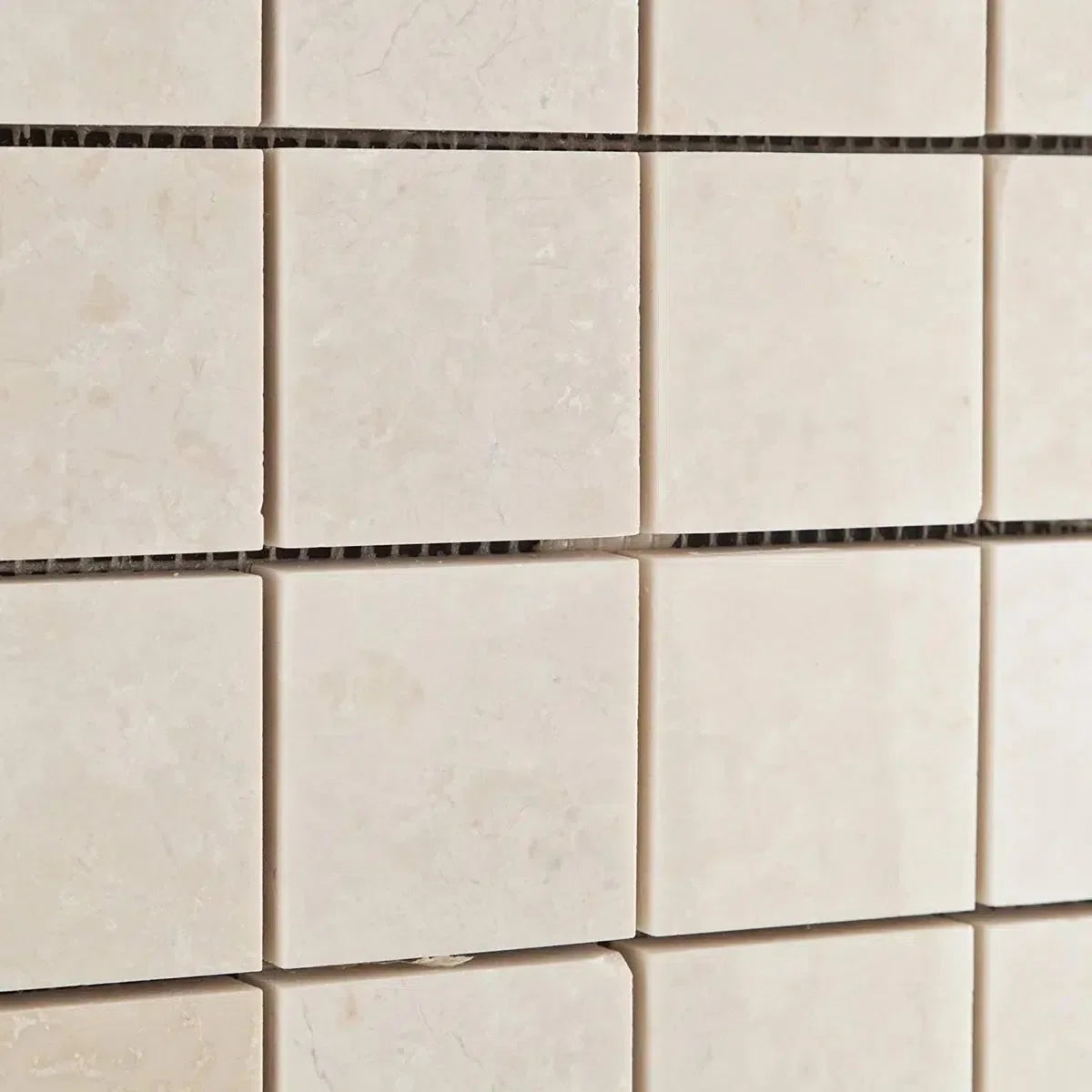 White Pearl/Botticino Beige Marble
White Pearl/Botticino Beige Marble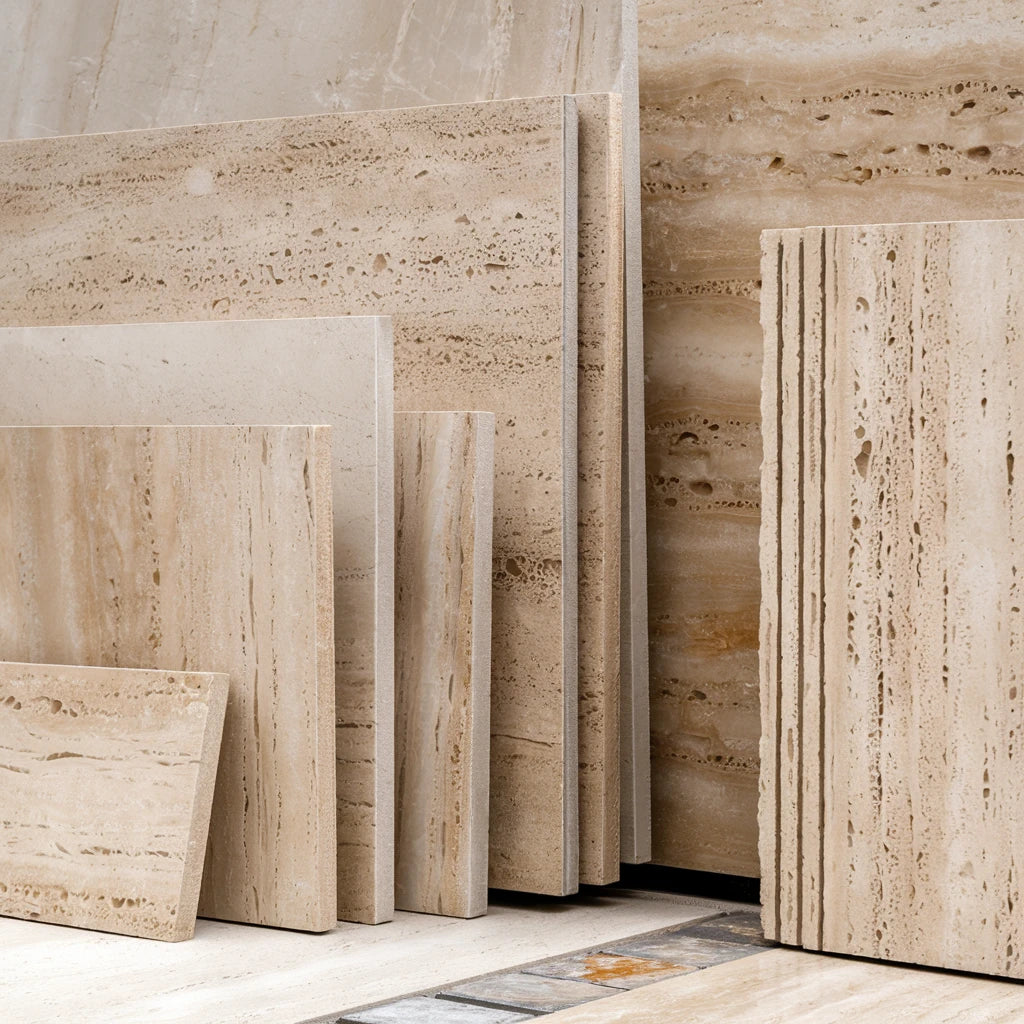 Best Selling Travertine Collections
Best Selling Travertine Collections
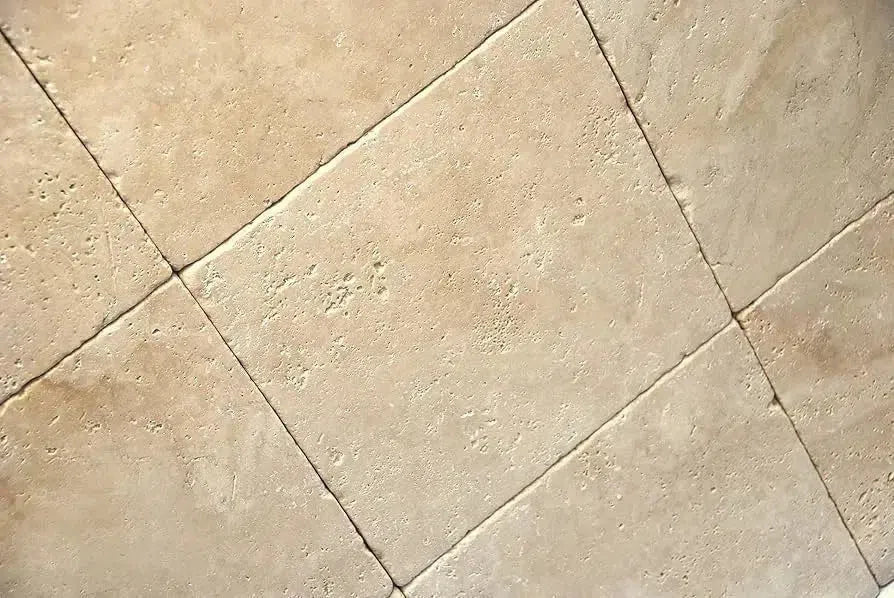 Ivory Travertine
Ivory Travertine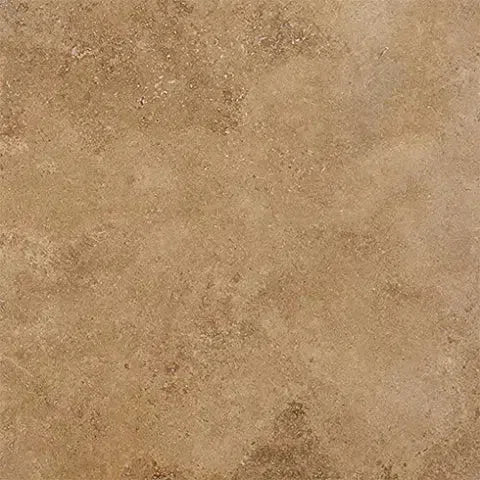 Noce Travertine
Noce Travertine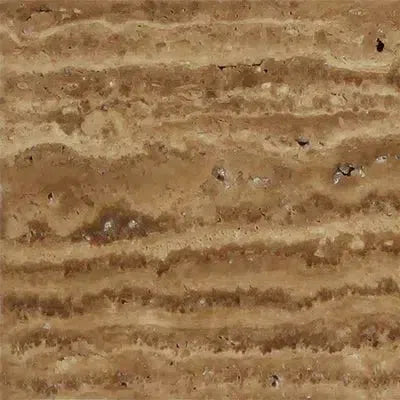 Exotic Noce Travertine
Exotic Noce Travertine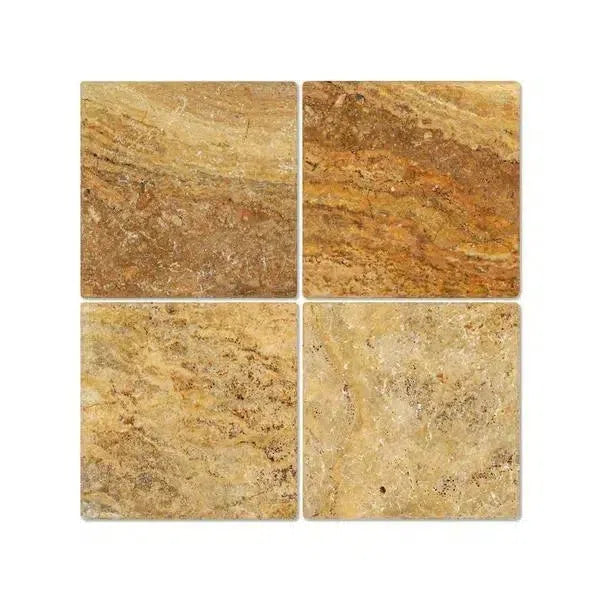 Scabos | Autumn Leaves Travertine
Scabos | Autumn Leaves Travertine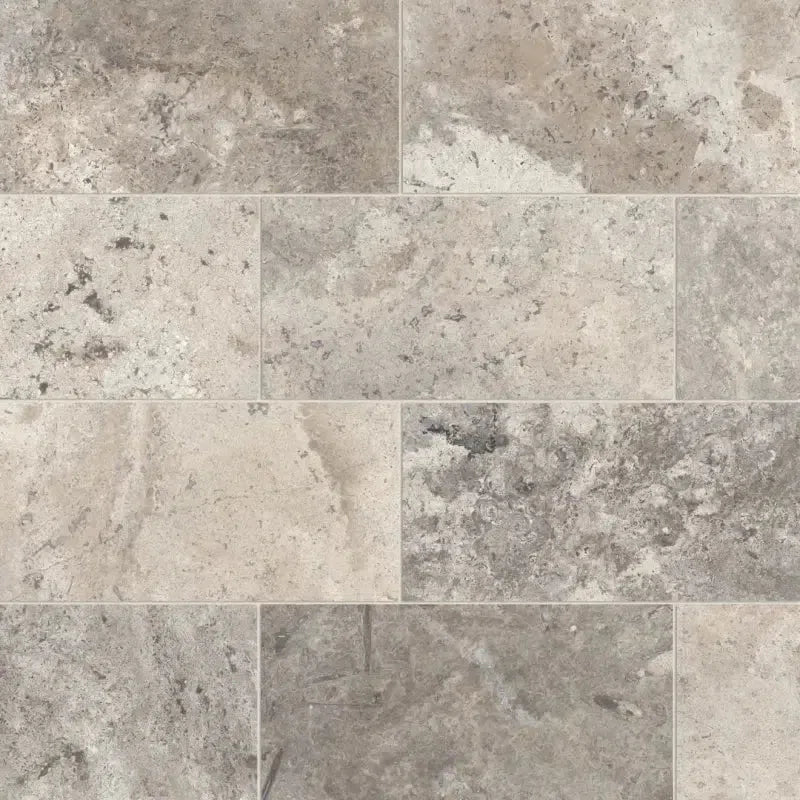 Silver Travertine
Silver Travertine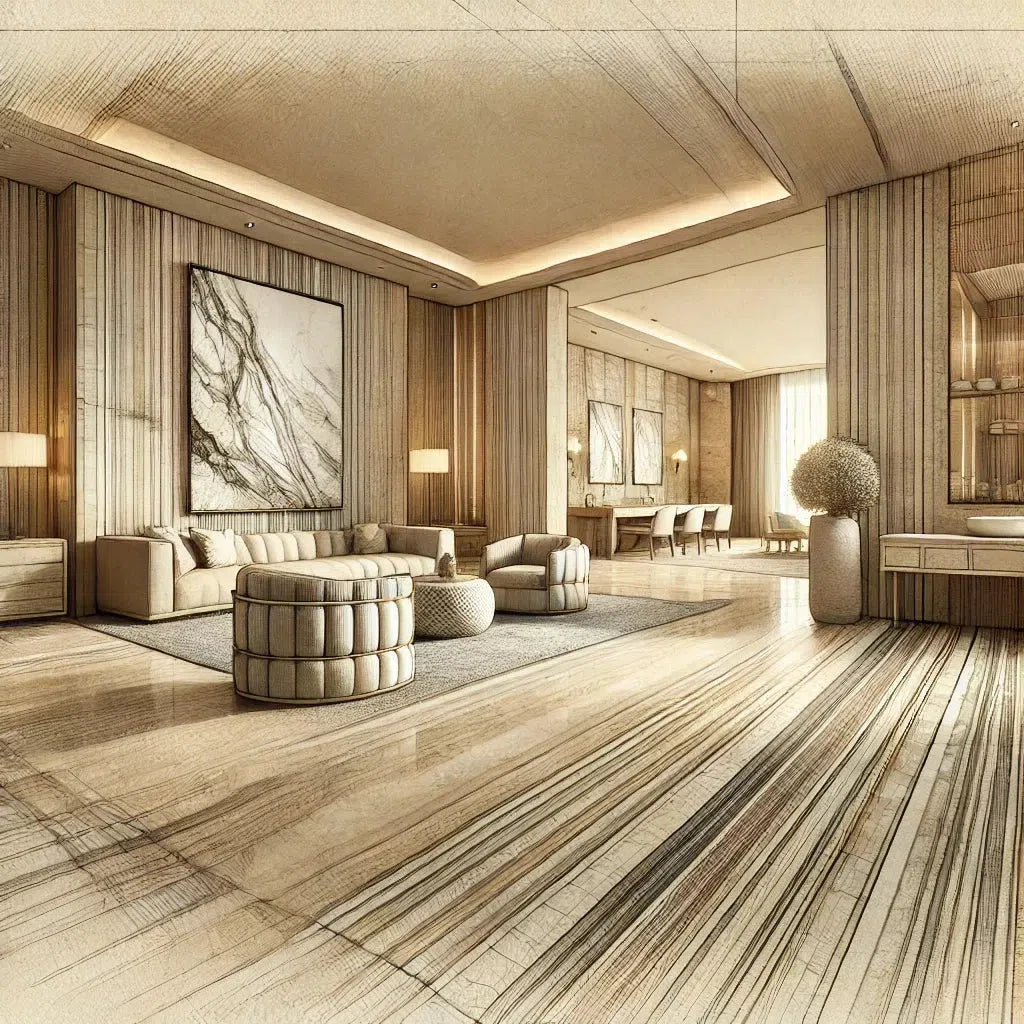 Exotic Travertine
Exotic Travertine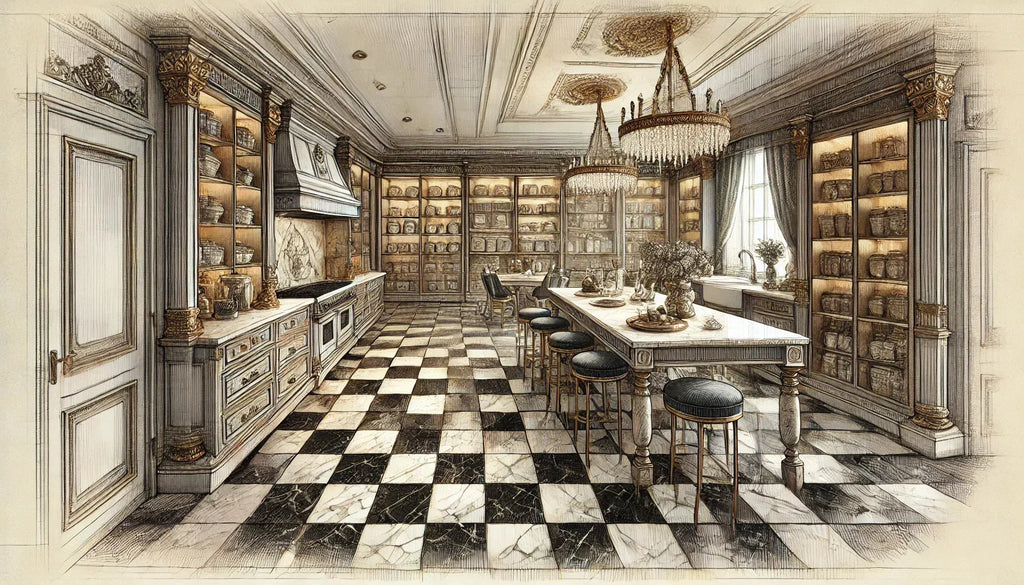 Checkerboard
Checkerboard
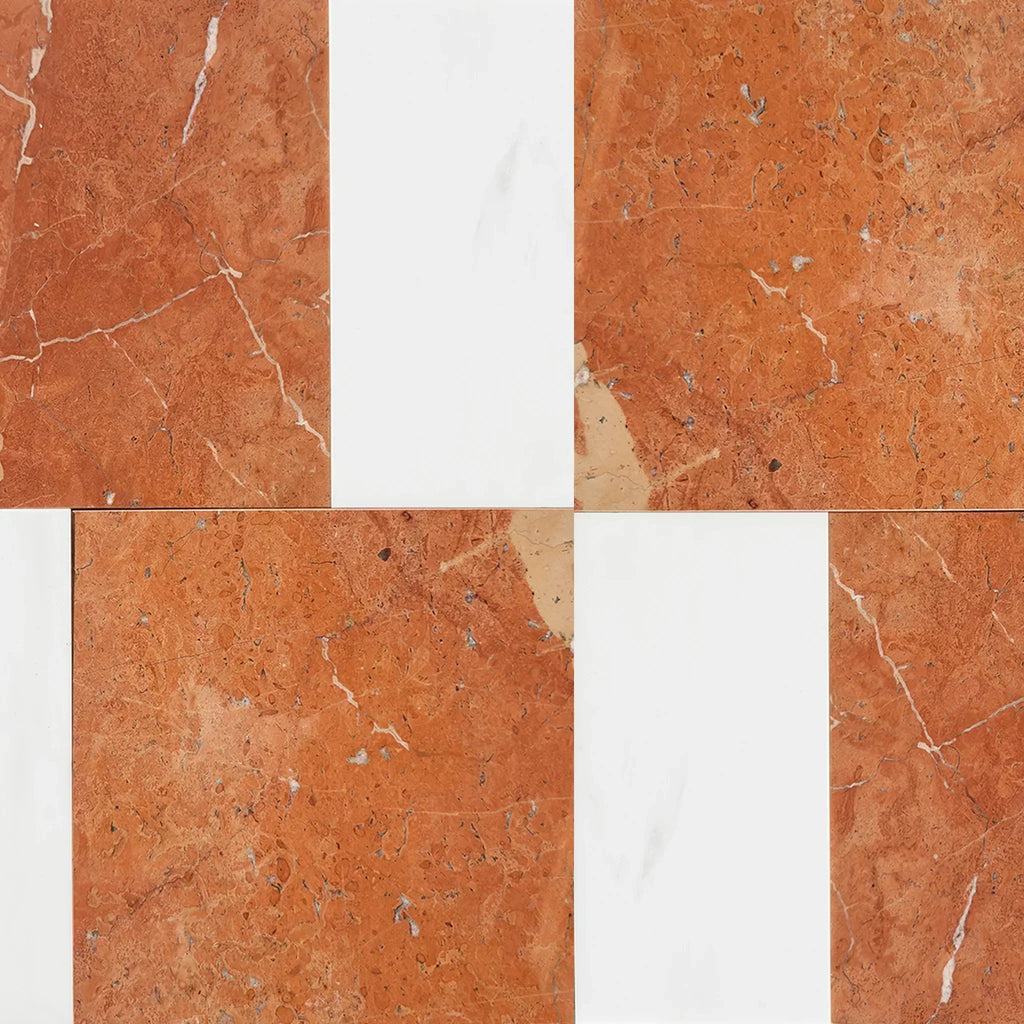 Patterned Tile
Patterned Tile
 Shop By Material
Shop By Material
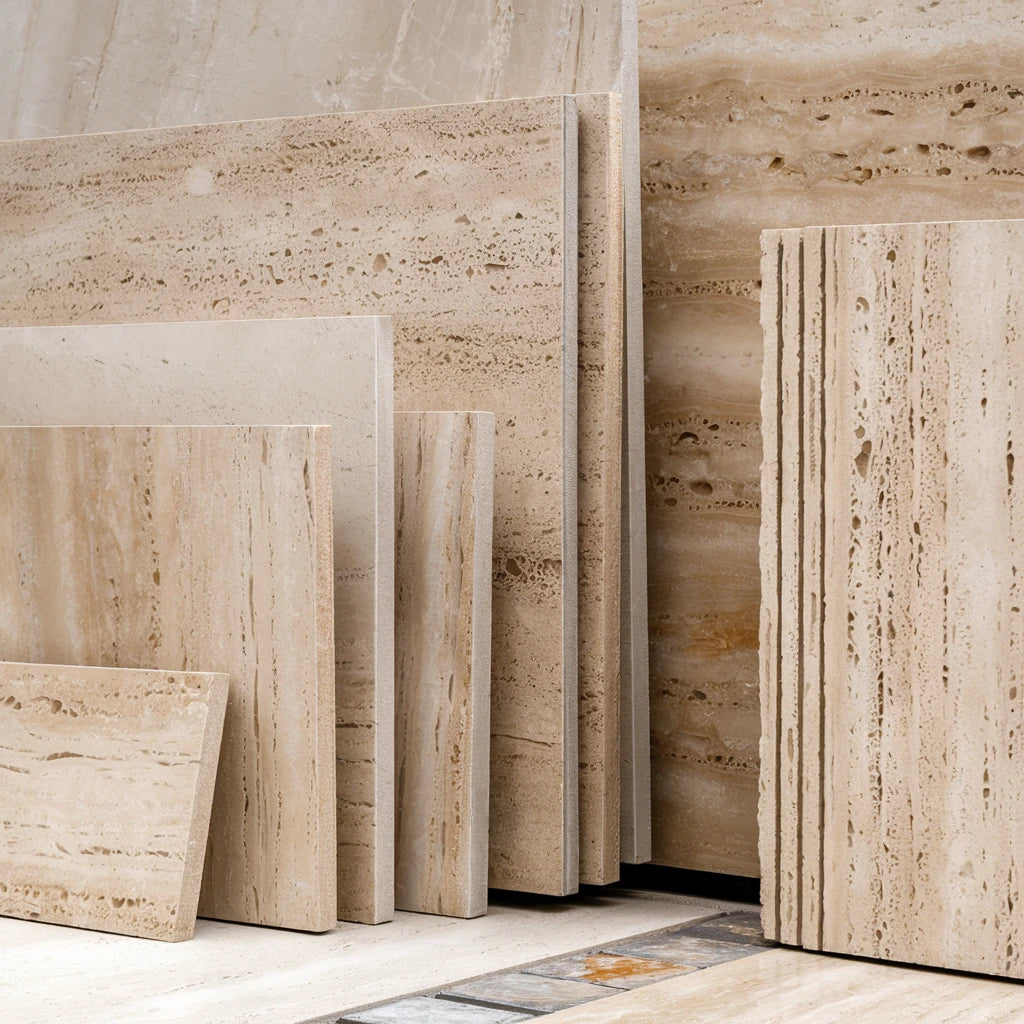 Travertine
Travertine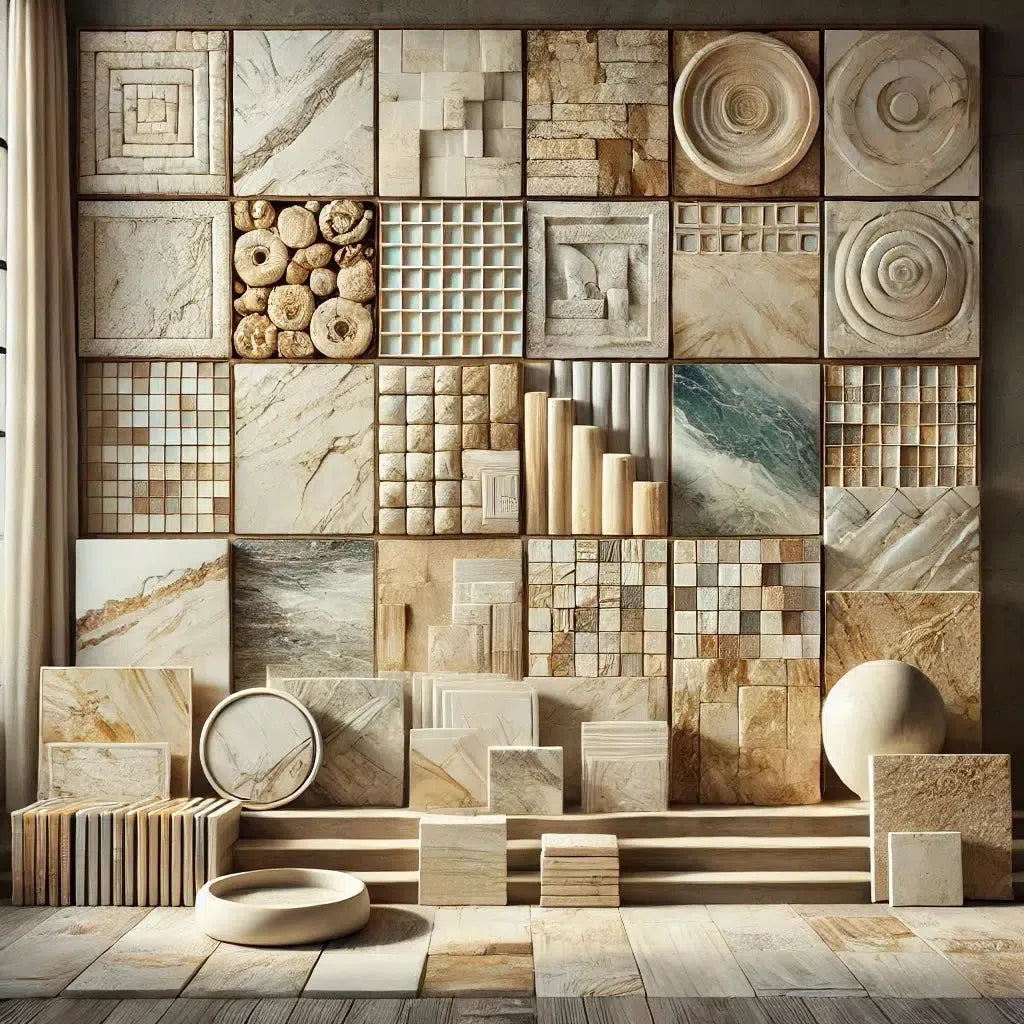 Marble
Marble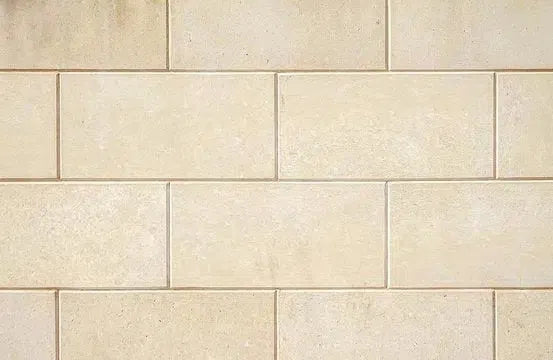 Limestone
Limestone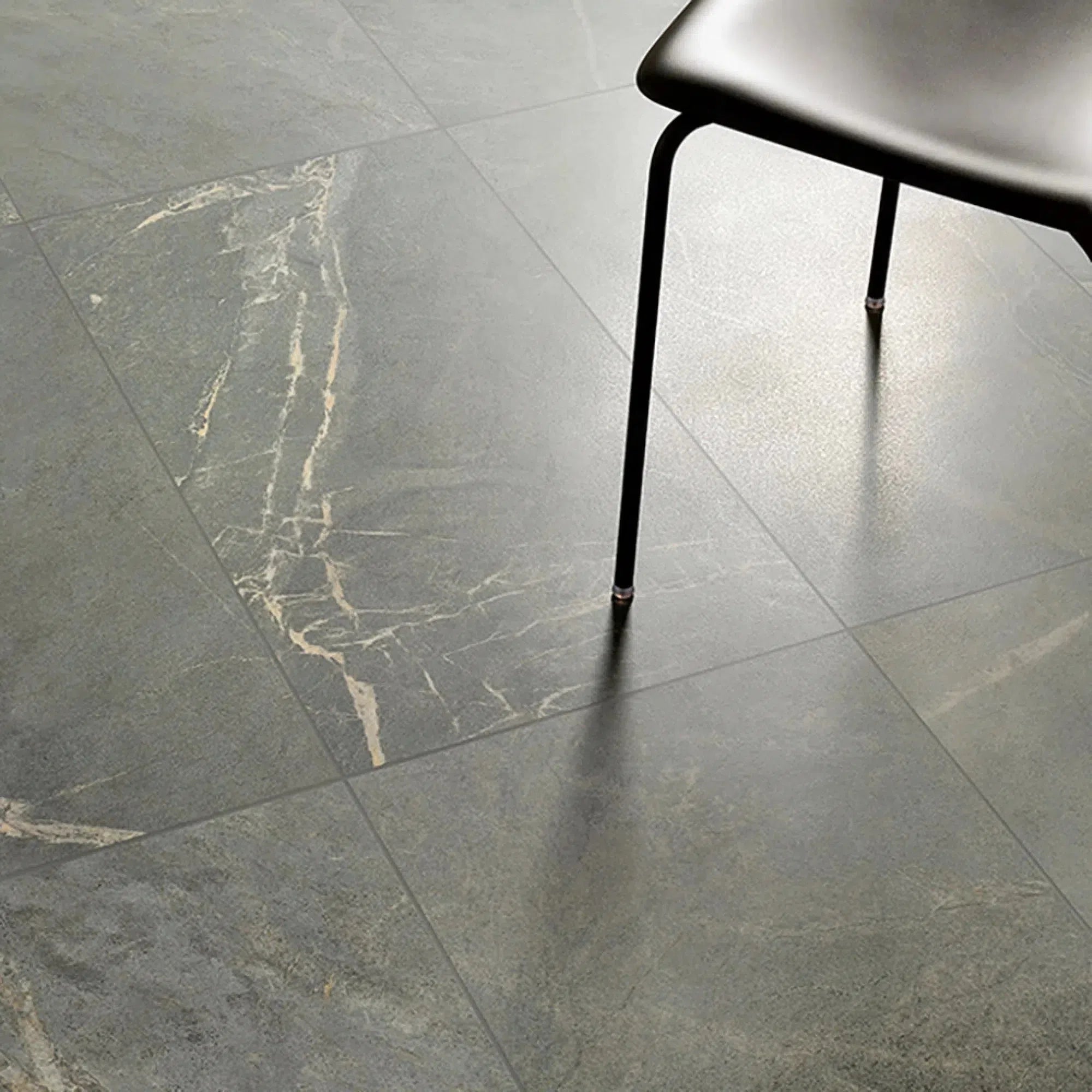 Soap Stone
Soap Stone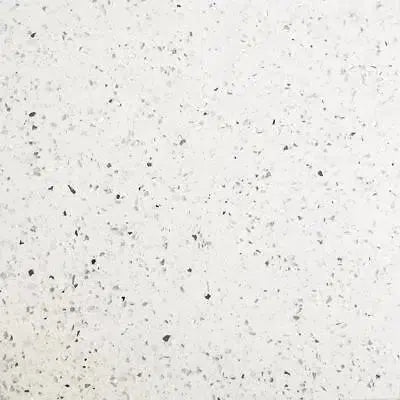 Quartz
Quartz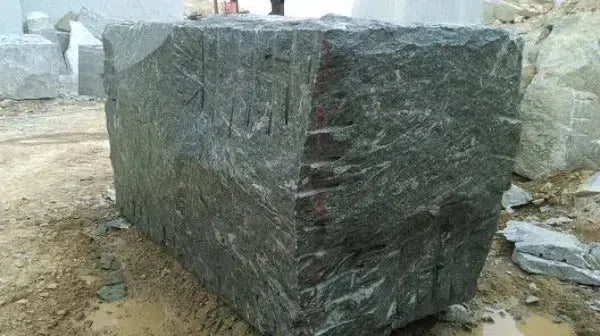 Granite
Granite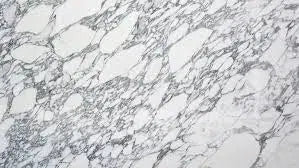 Shop By Name
Shop By Name
 Absolute Black Granite
Absolute Black Granite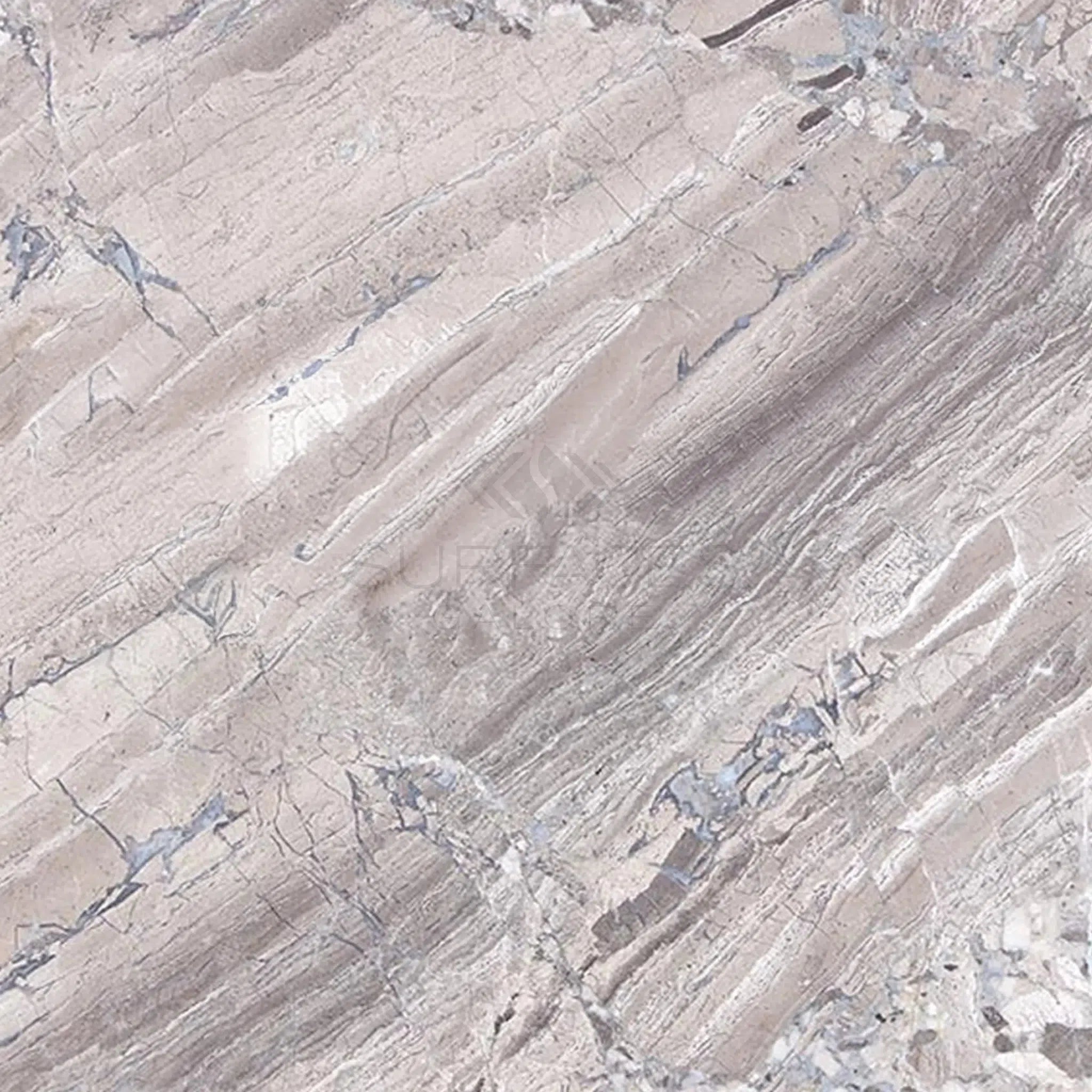 Atlantic Gray Marble
Atlantic Gray Marble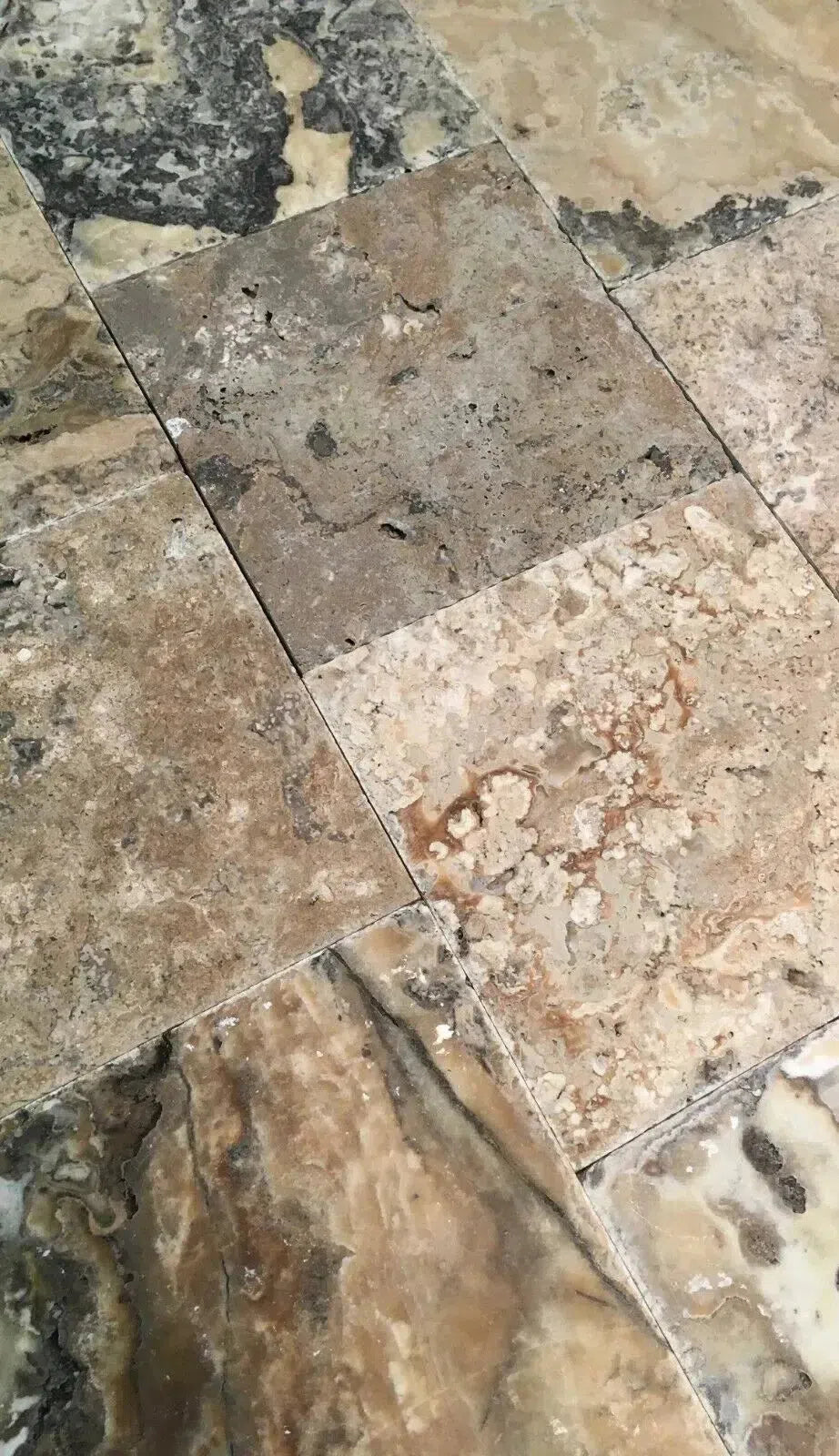 Antico Onyx Travertine
Antico Onyx Travertine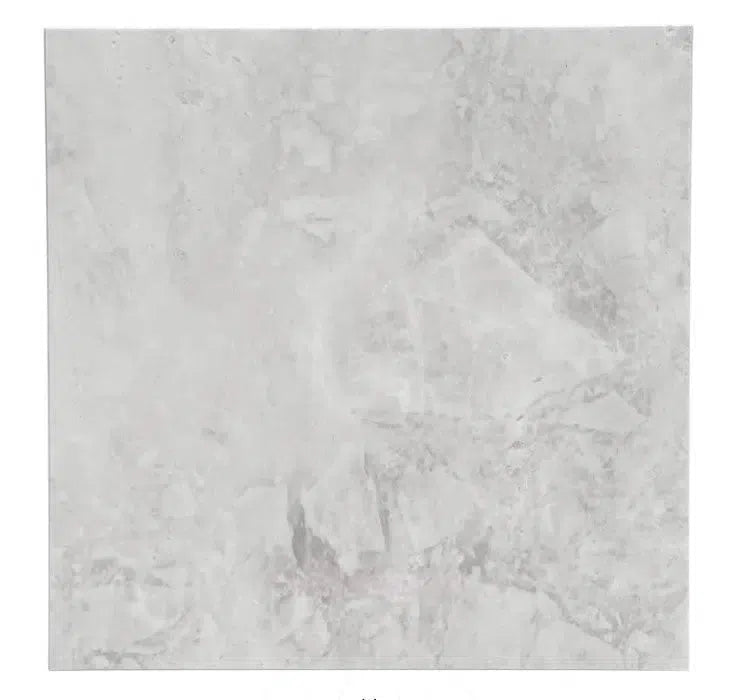 Bianco Congelato Dolomite
Bianco Congelato Dolomite Bianco Venatino (Bianco Mare) Marble
Bianco Venatino (Bianco Mare) Marble Burgundy Mocha Marble
Burgundy Mocha Marble Calacatta Verde Royale Marble
Calacatta Verde Royale Marble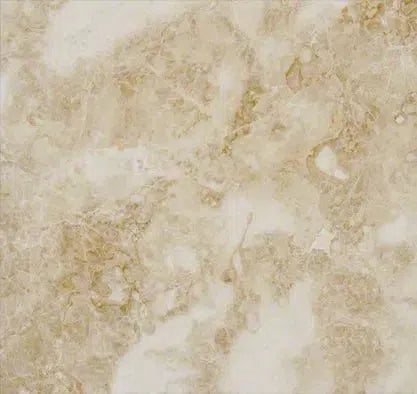 Cappuccino Marble
Cappuccino Marble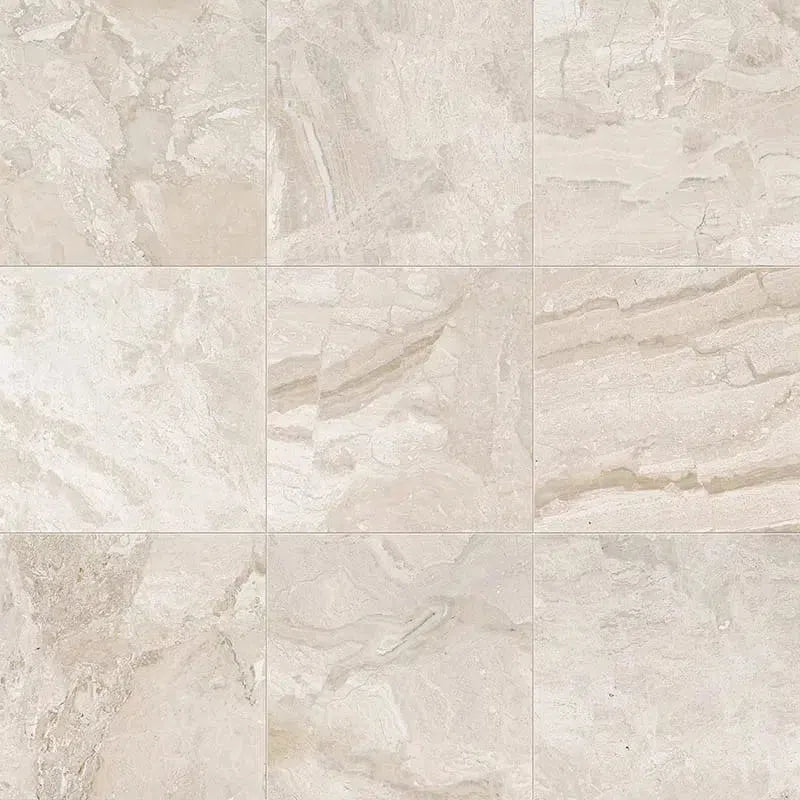 Diano Royal (Queen Beige) Marble
Diano Royal (Queen Beige) Marble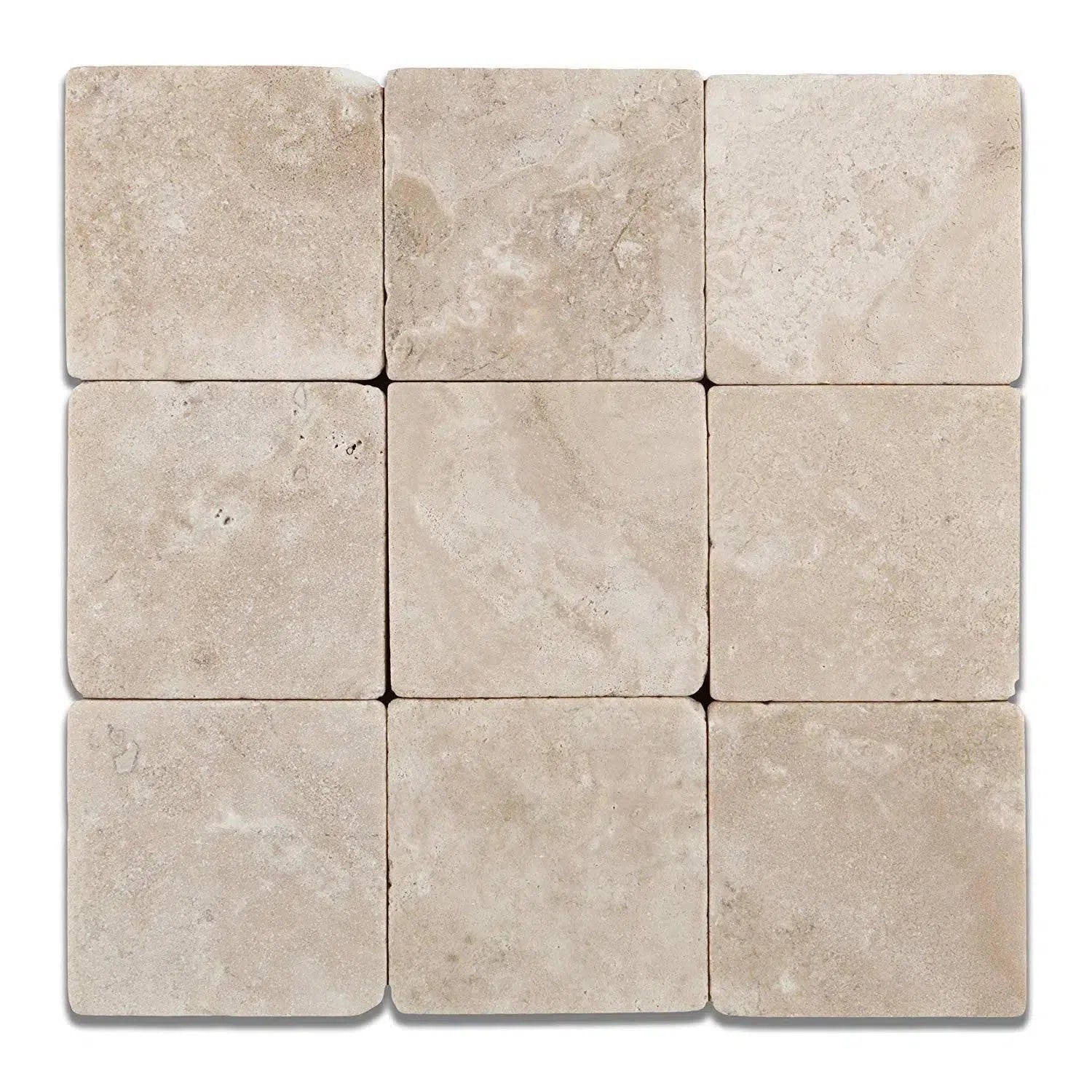 Durango Cream Traverine
Durango Cream Traverine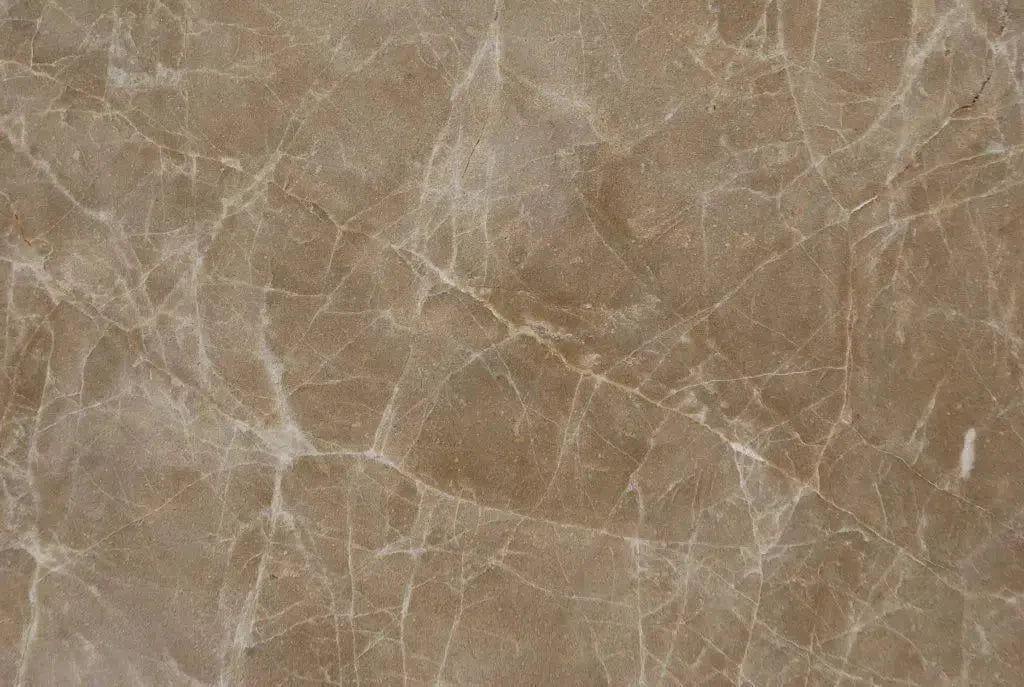 Emperador Light Marble
Emperador Light Marble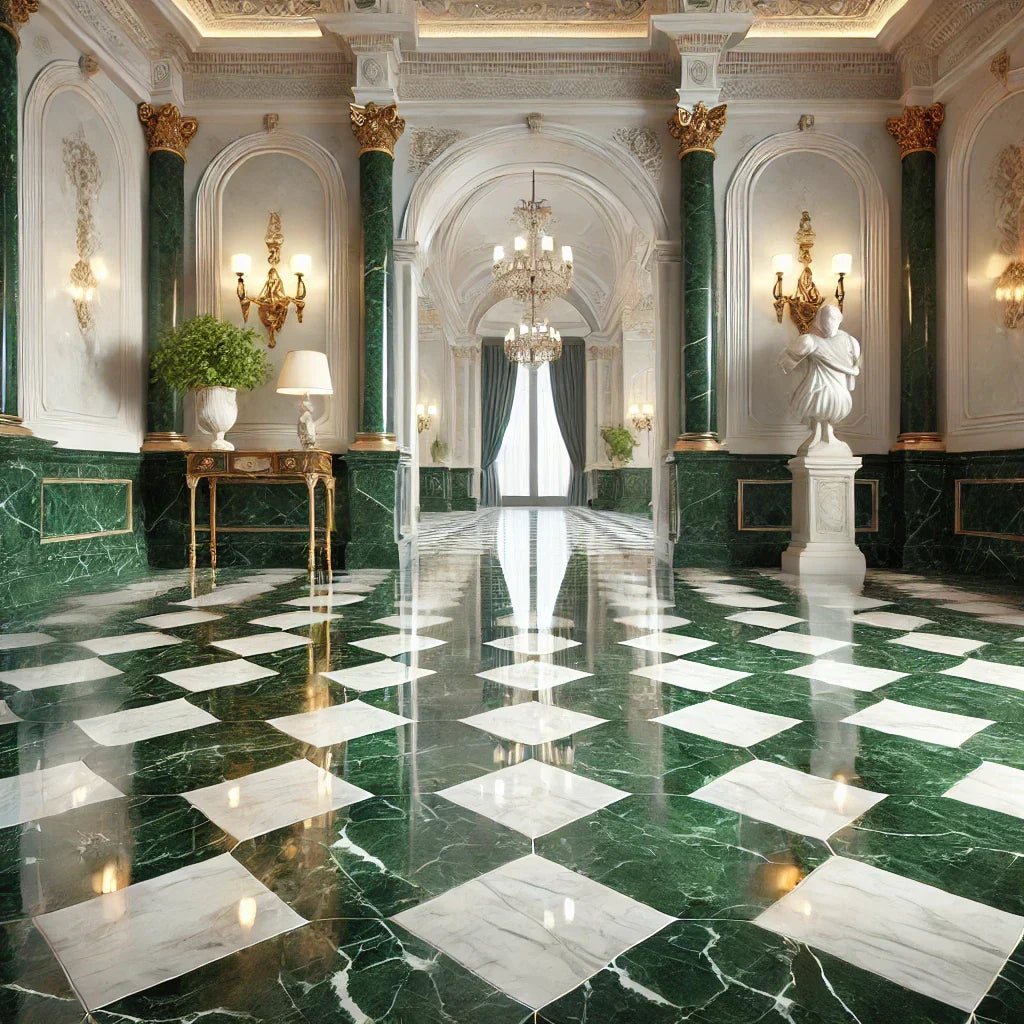 Empress Green Marble
Empress Green Marble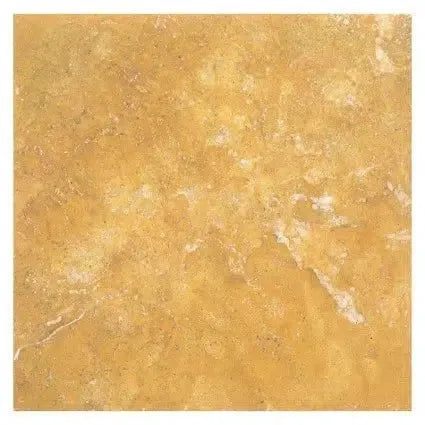 Gold/Yellow Travertine
Gold/Yellow Travertine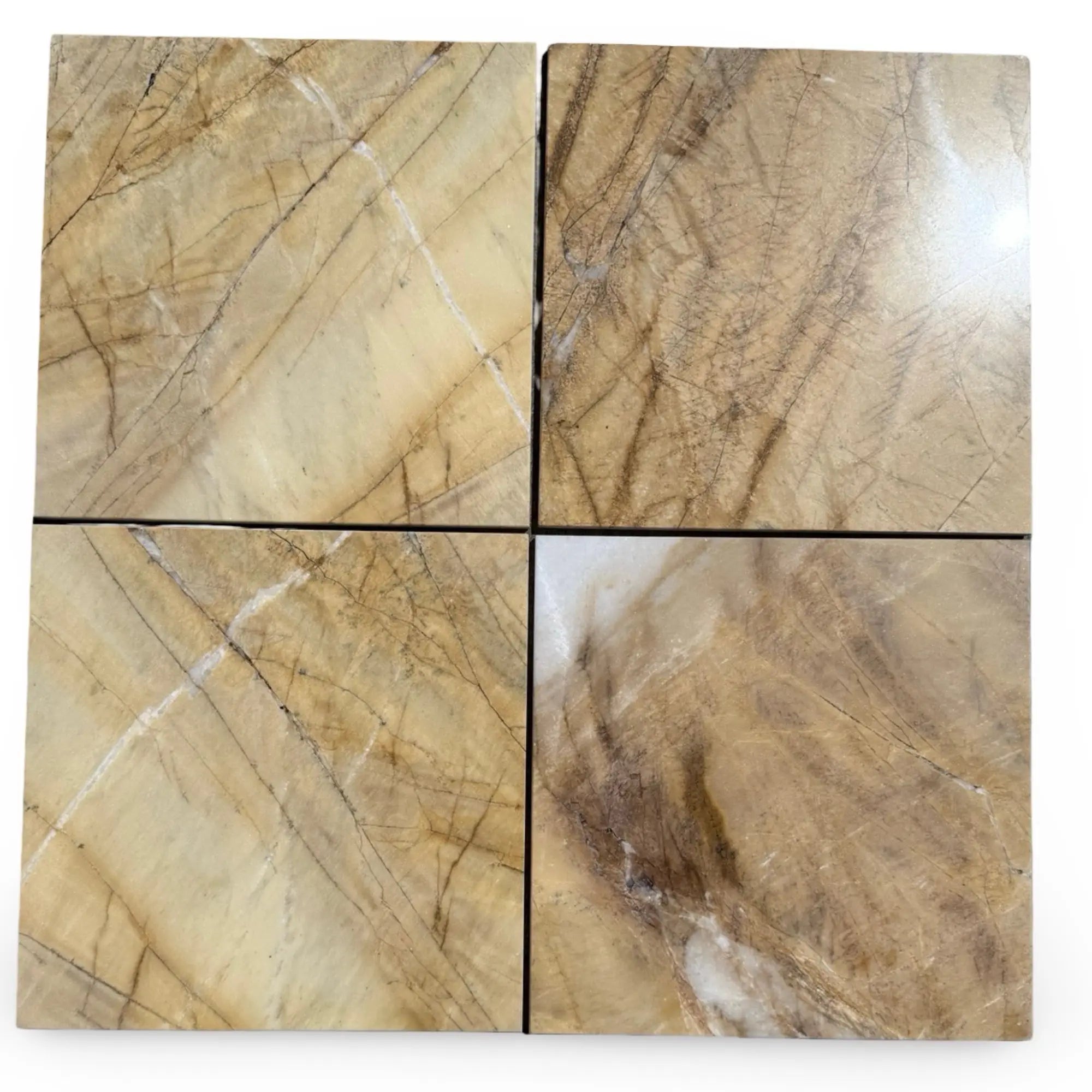 Golden Horizon Marble
Golden Horizon Marble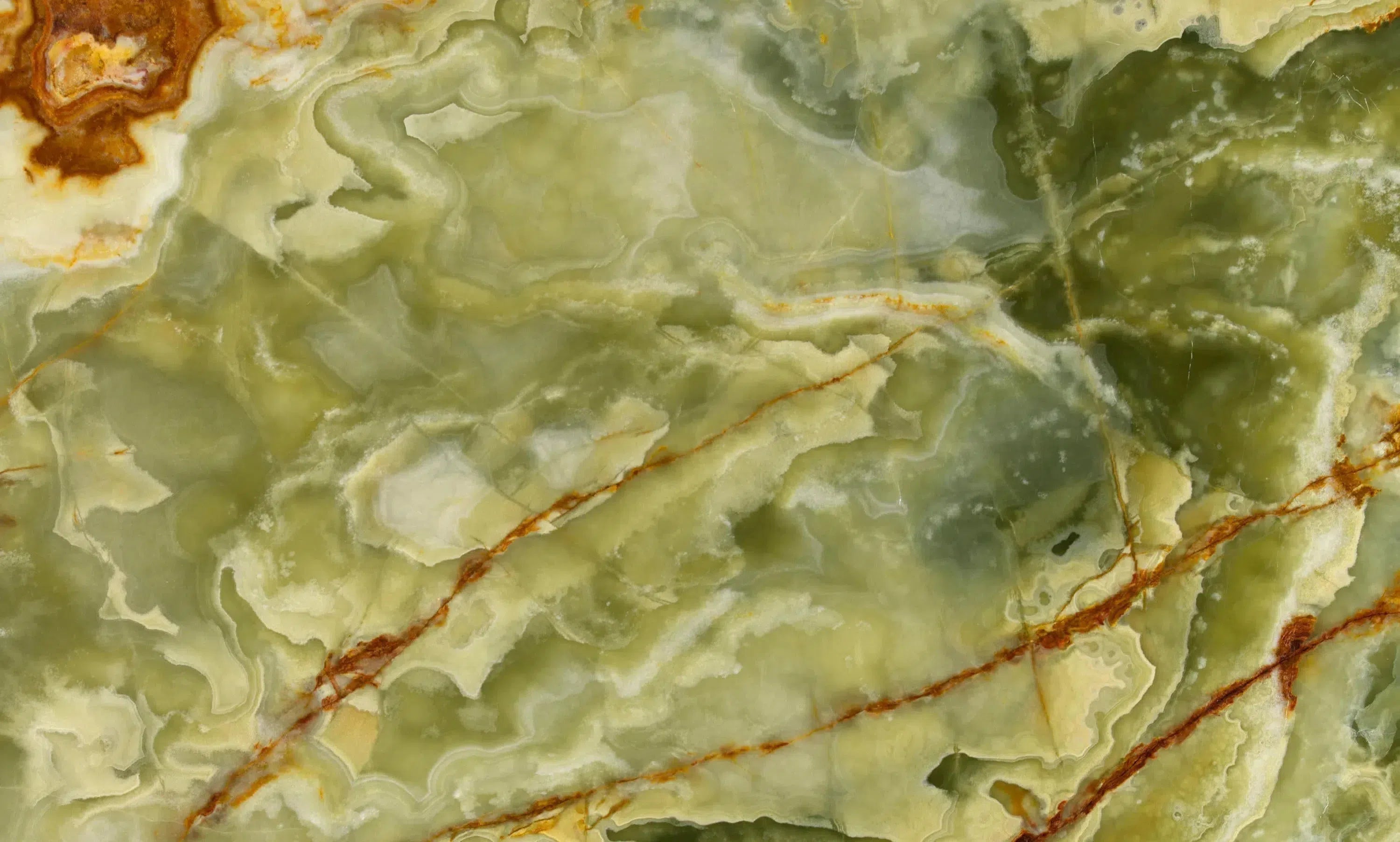 Green Onyx Marble
Green Onyx Marble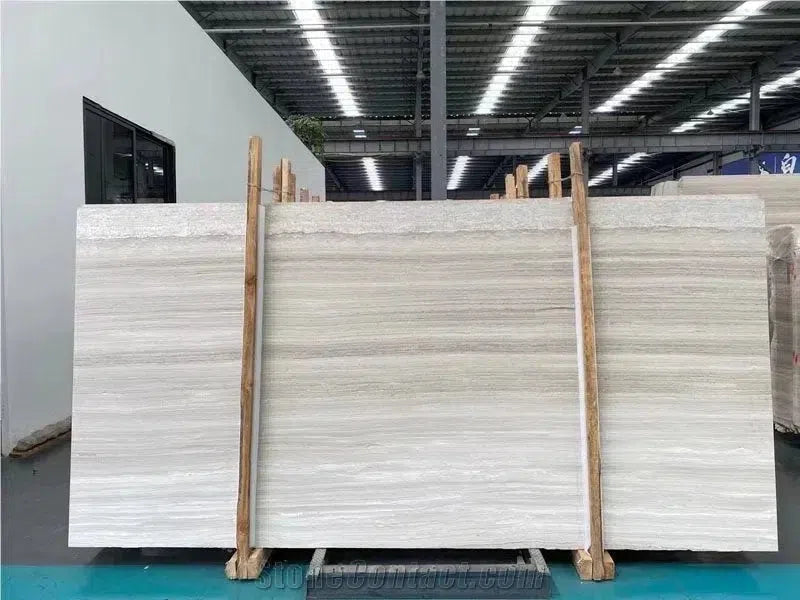 Haisa Light (White Wood) Limestone
Haisa Light (White Wood) Limestone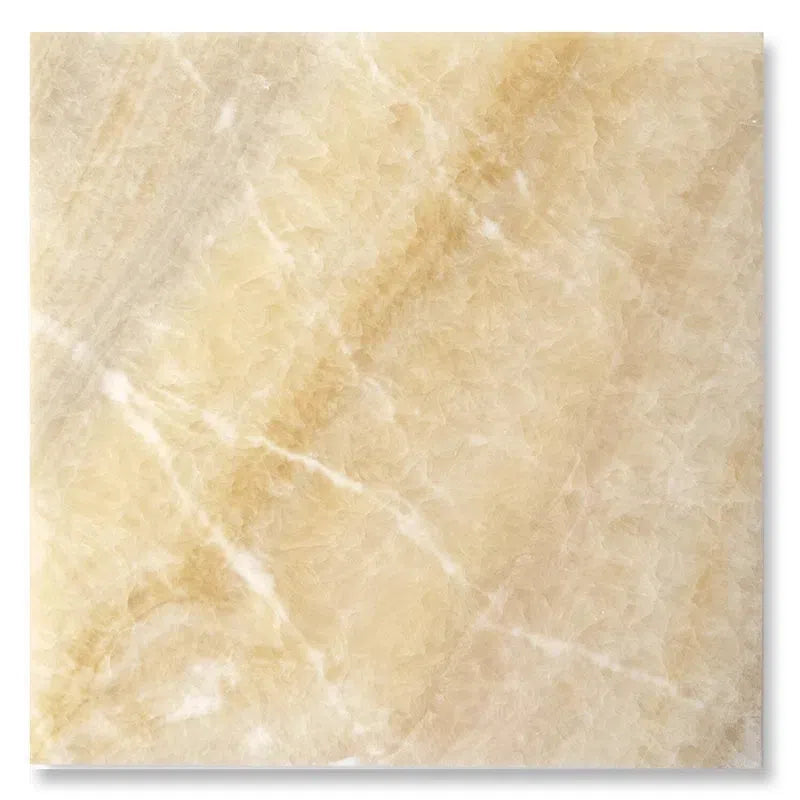 Honey Onyx Marble
Honey Onyx Marble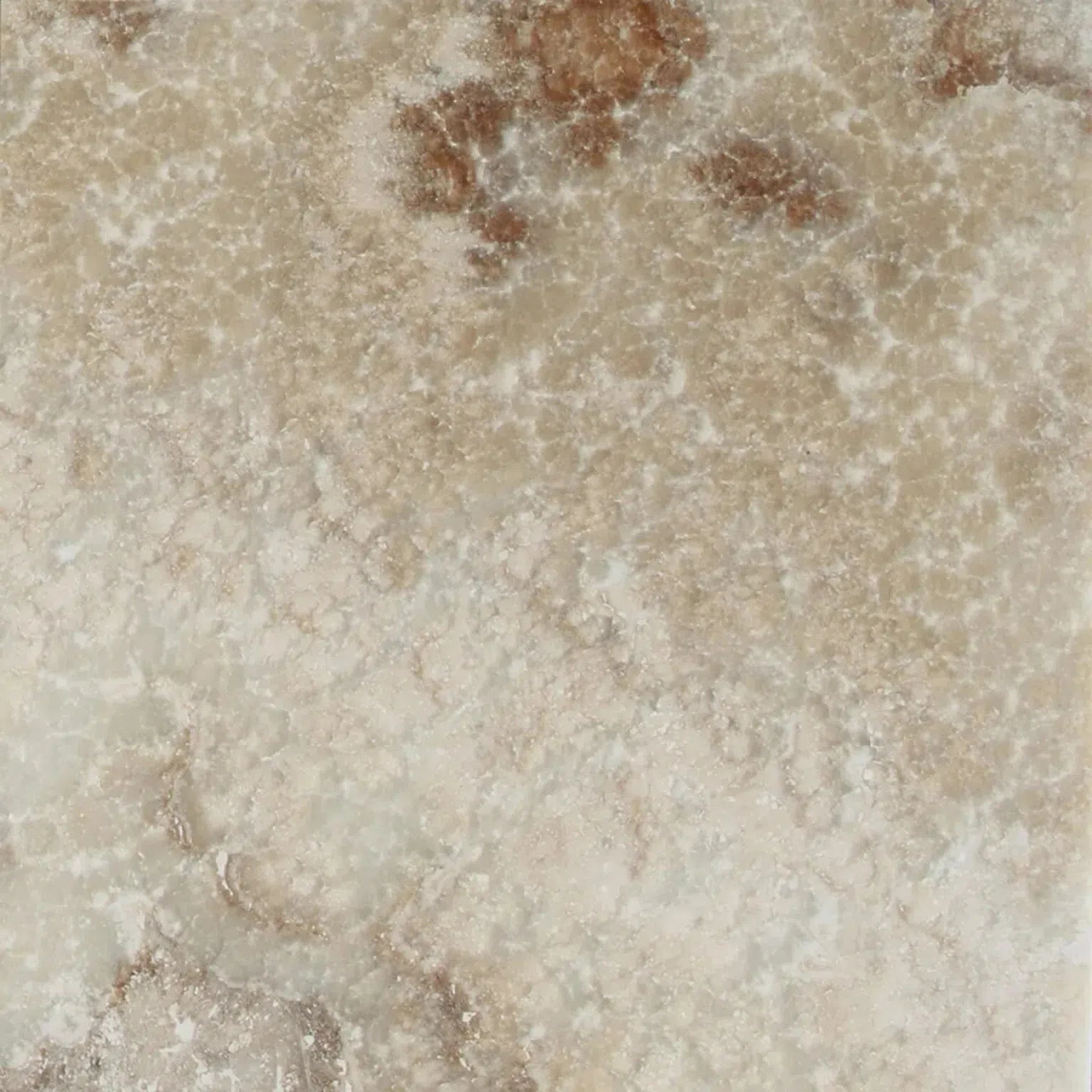 La Travonya Travertine
La Travonya Travertine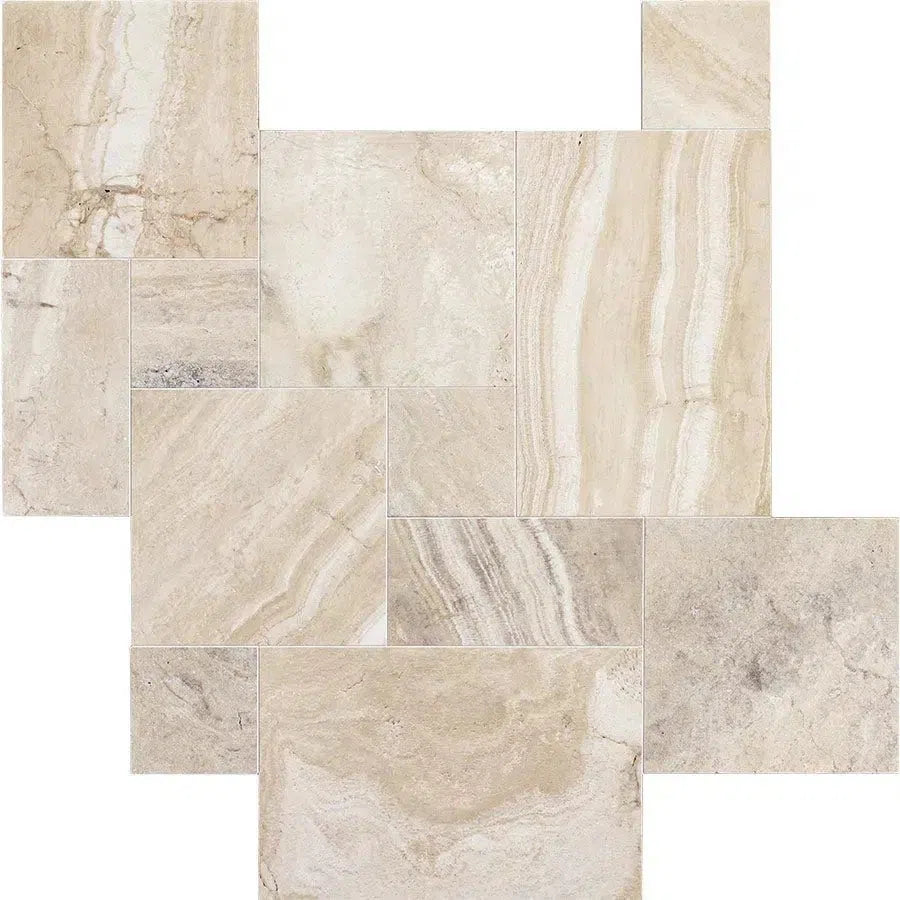 Malibu Travertine
Malibu Travertine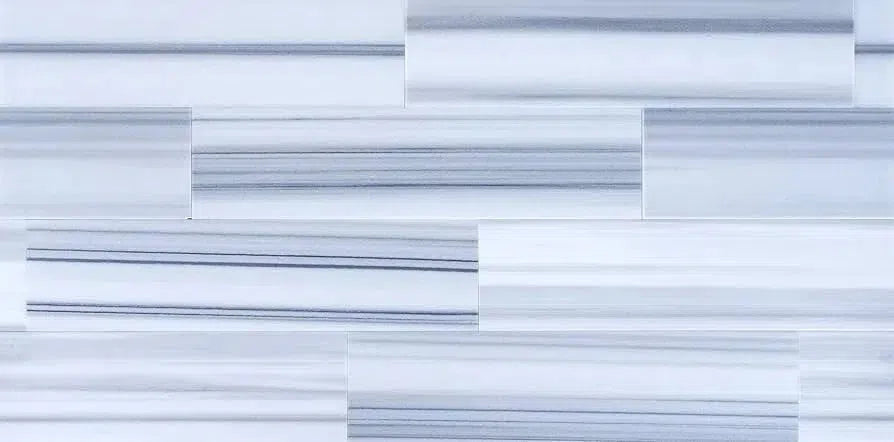 Mink (Equator) Marble
Mink (Equator) Marble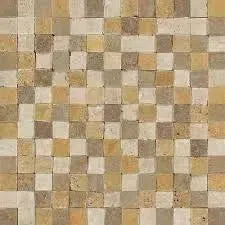 Mixed (Ivory-Noce-Gold) Travertine
Mixed (Ivory-Noce-Gold) Travertine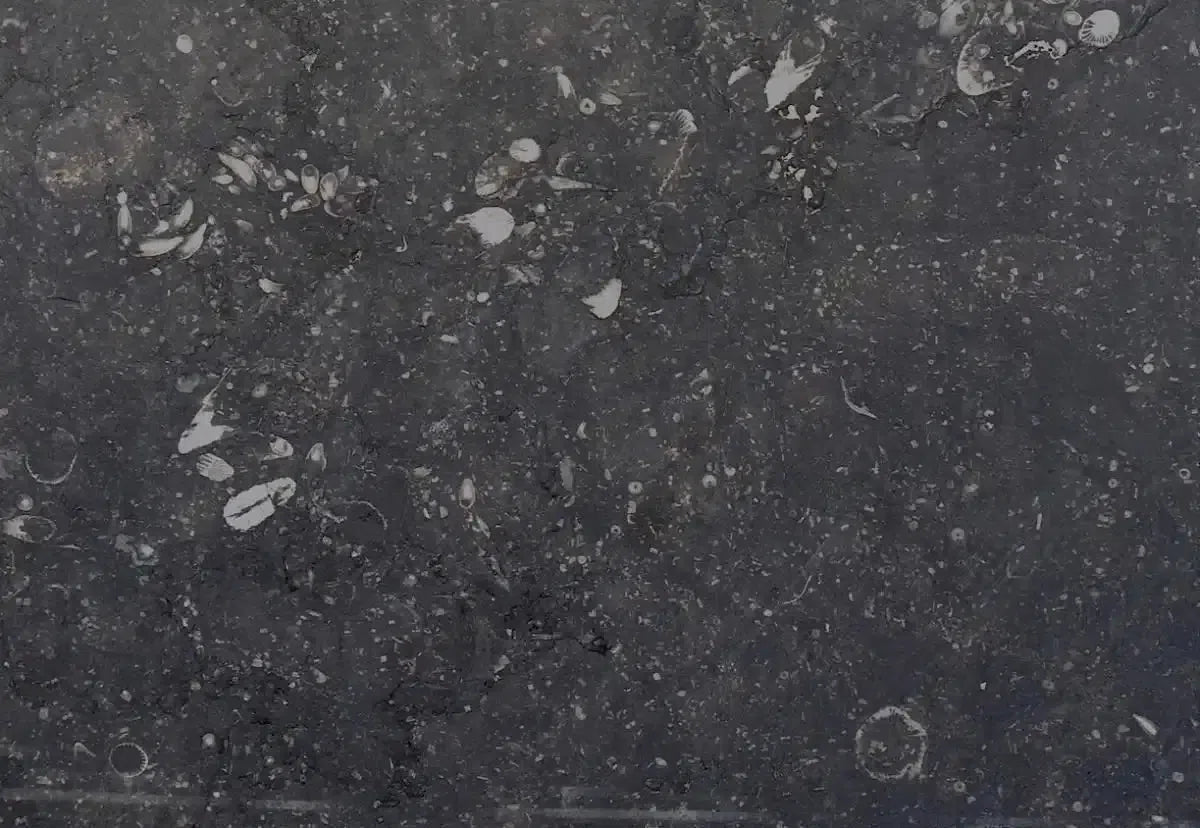 Pierre Bleue (Pierre Blue) Marble
Pierre Bleue (Pierre Blue) Marble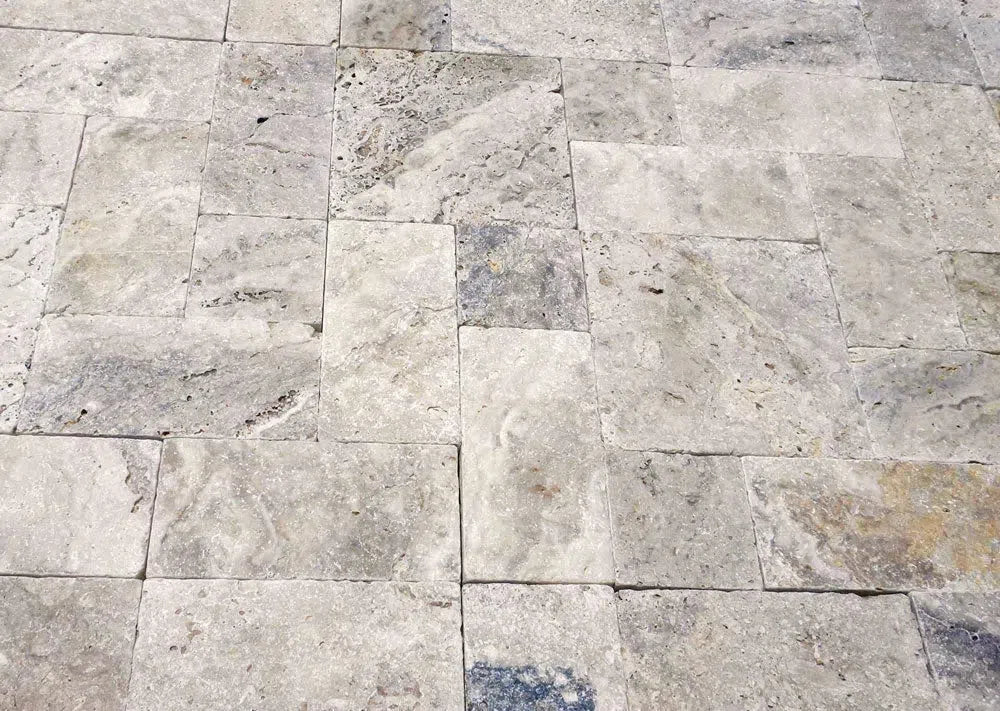 Philadelphia Travertine
Philadelphia Travertine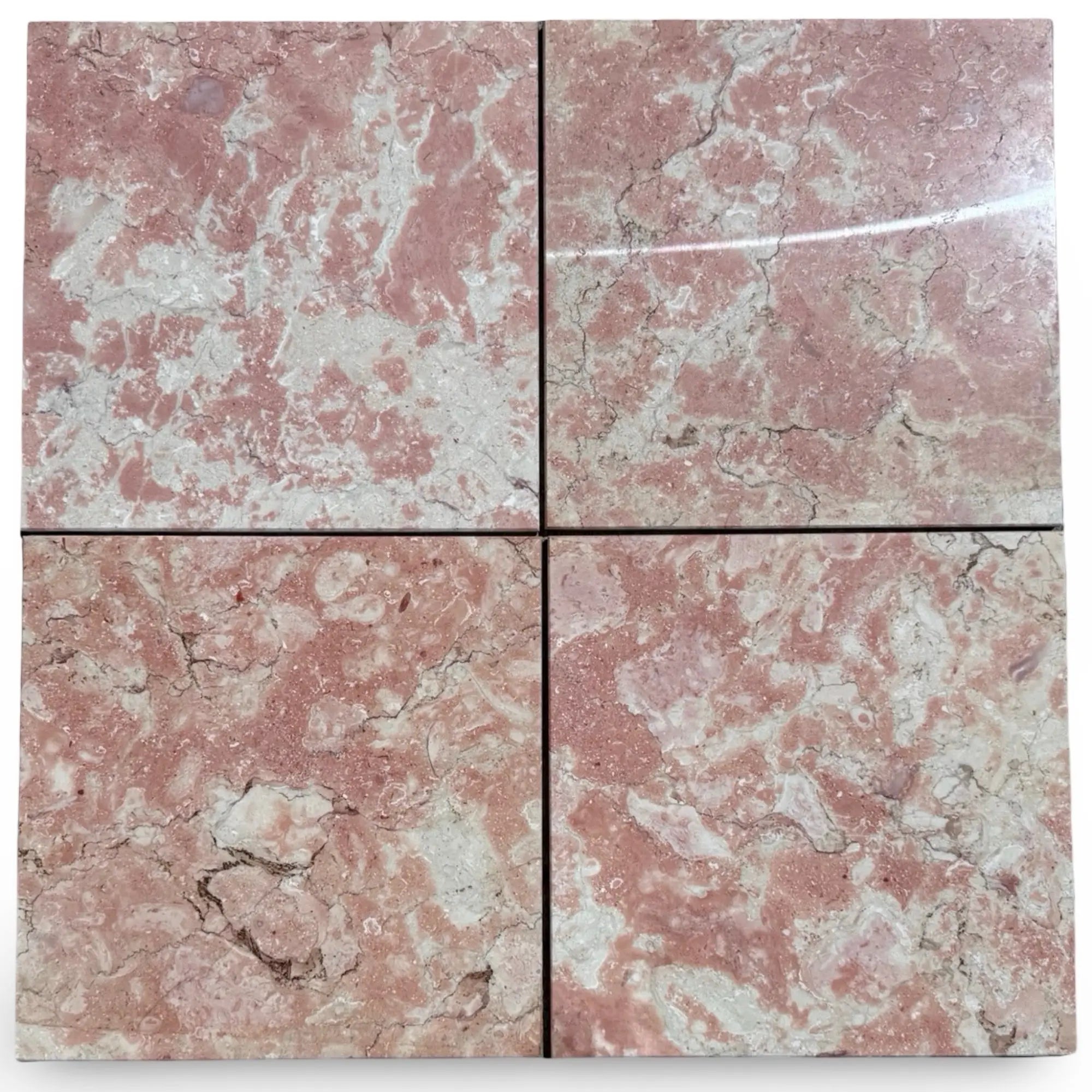 Rosé Aurora Marble
Rosé Aurora Marble Rosetta Storm Marble
Rosetta Storm Marble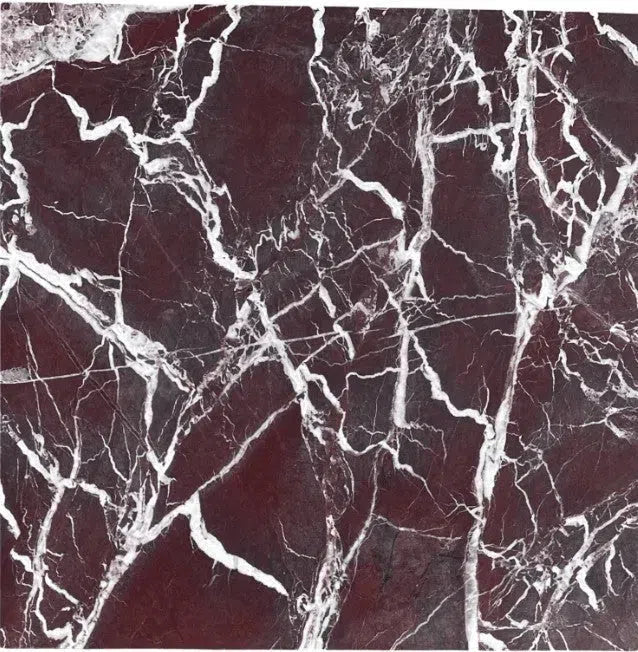 Rosso Levanto Marble
Rosso Levanto Marble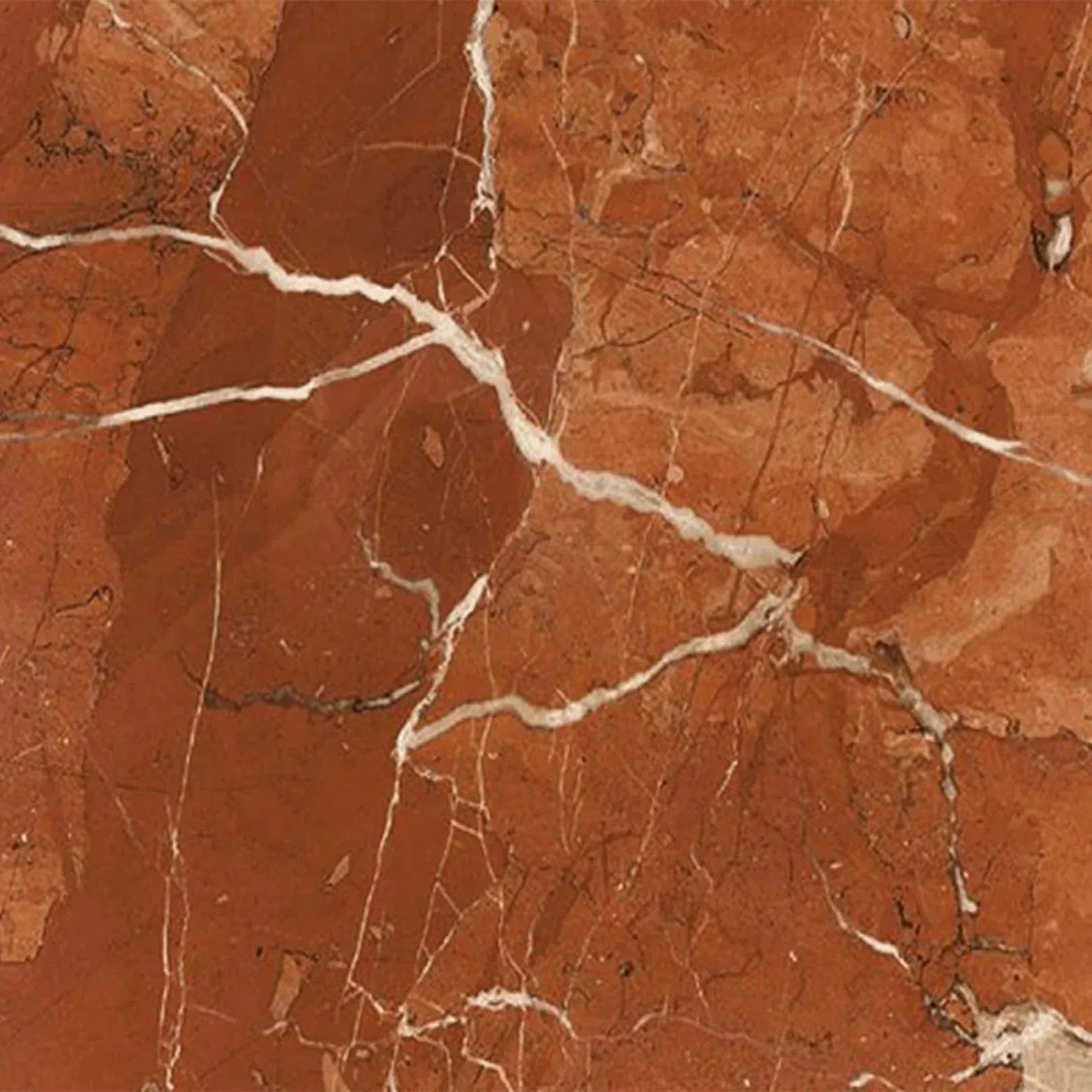 Rojo Alicante Marble
Rojo Alicante Marble Sahara Ember Marble
Sahara Ember Marble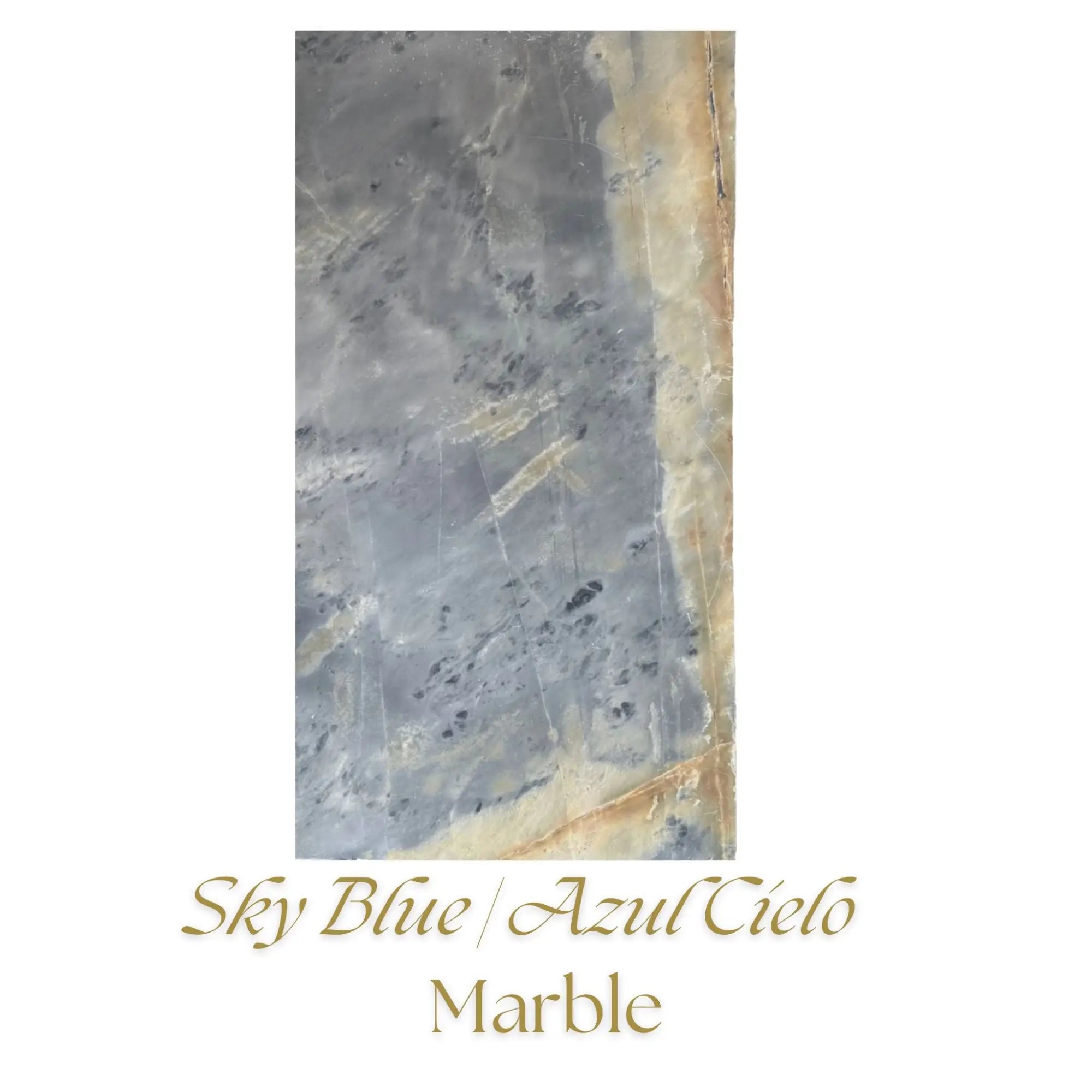 Sky Blue | Azul Cielo Marble
Sky Blue | Azul Cielo Marble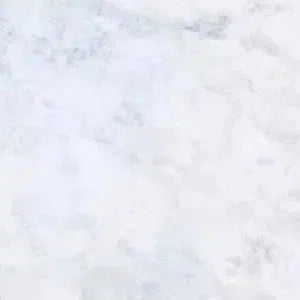 Snow White (Afyon White) Marble
Snow White (Afyon White) Marble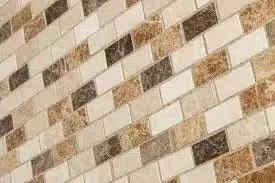 Spanish Mix Marble
Spanish Mix Marble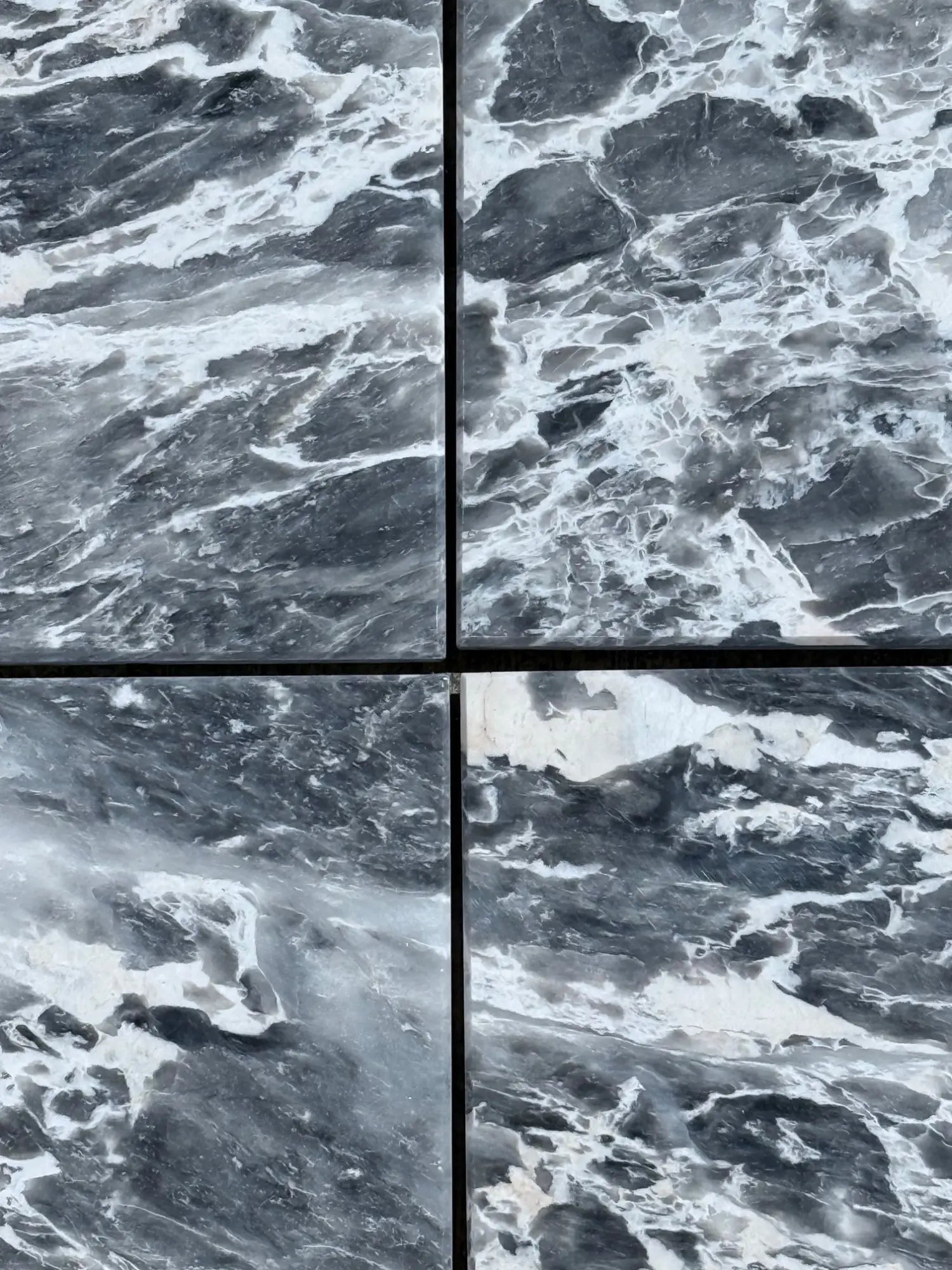 Storm Gray Marble
Storm Gray Marble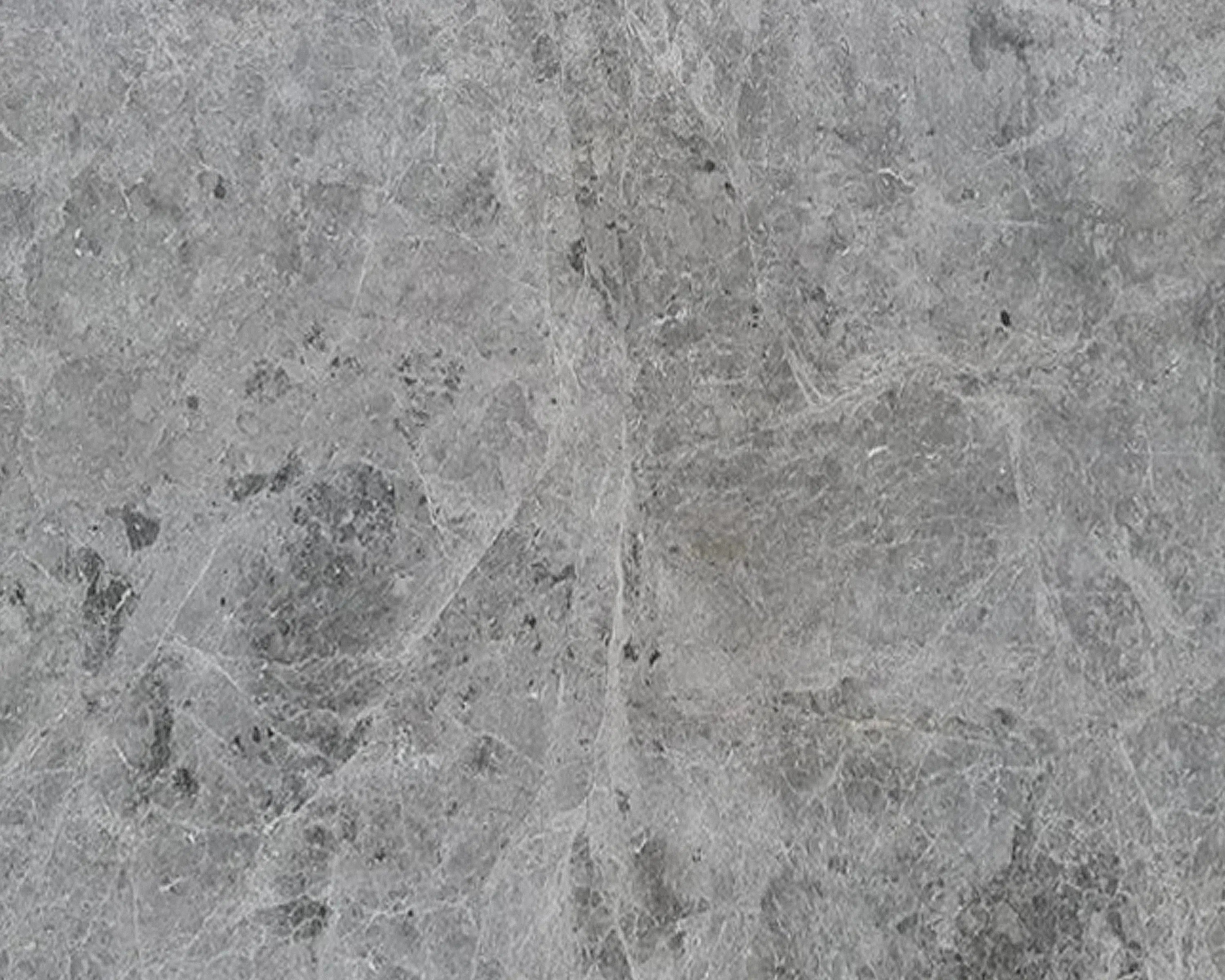 Tundra Gray (Atlantic Gray) Marble
Tundra Gray (Atlantic Gray) Marble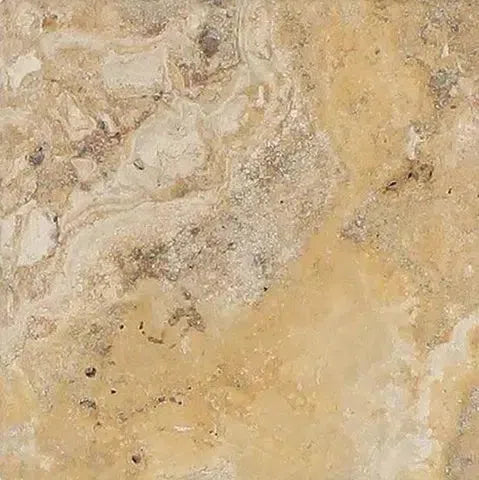 Valencia Travertine
Valencia Travertine Valerenga Travertine
Valerenga Travertine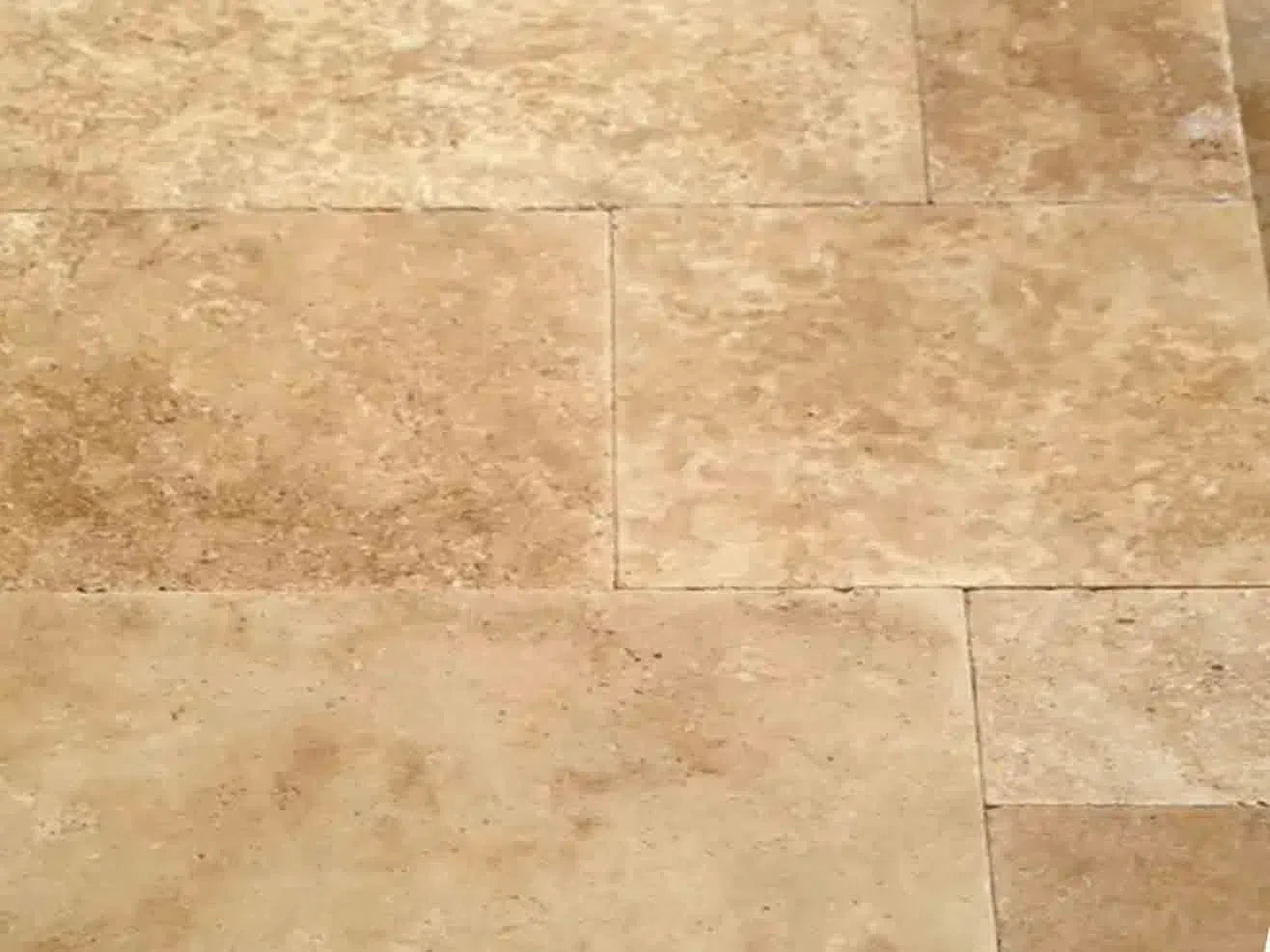 Walnut Travertine
Walnut Travertine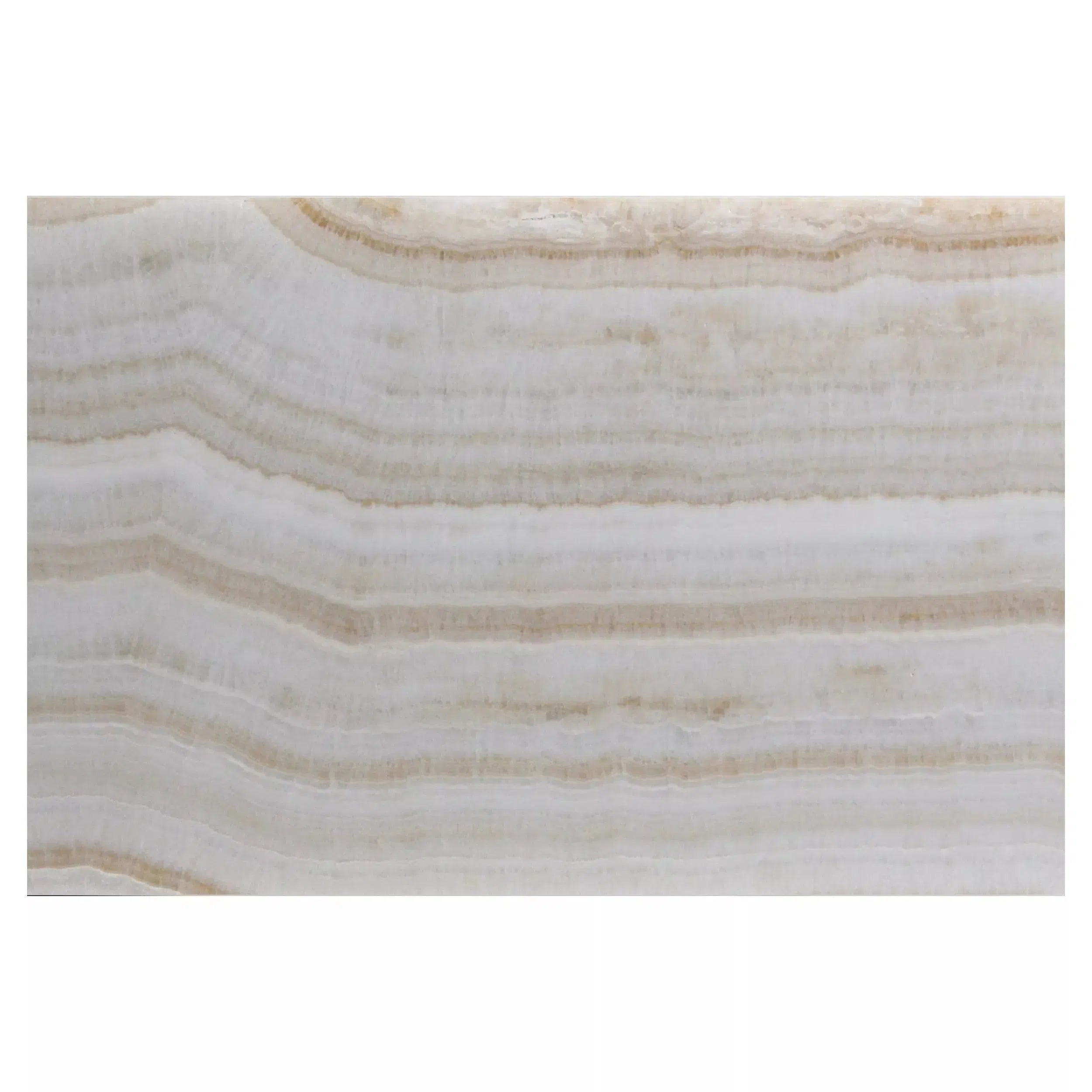 White Onyx Marble
White Onyx Marble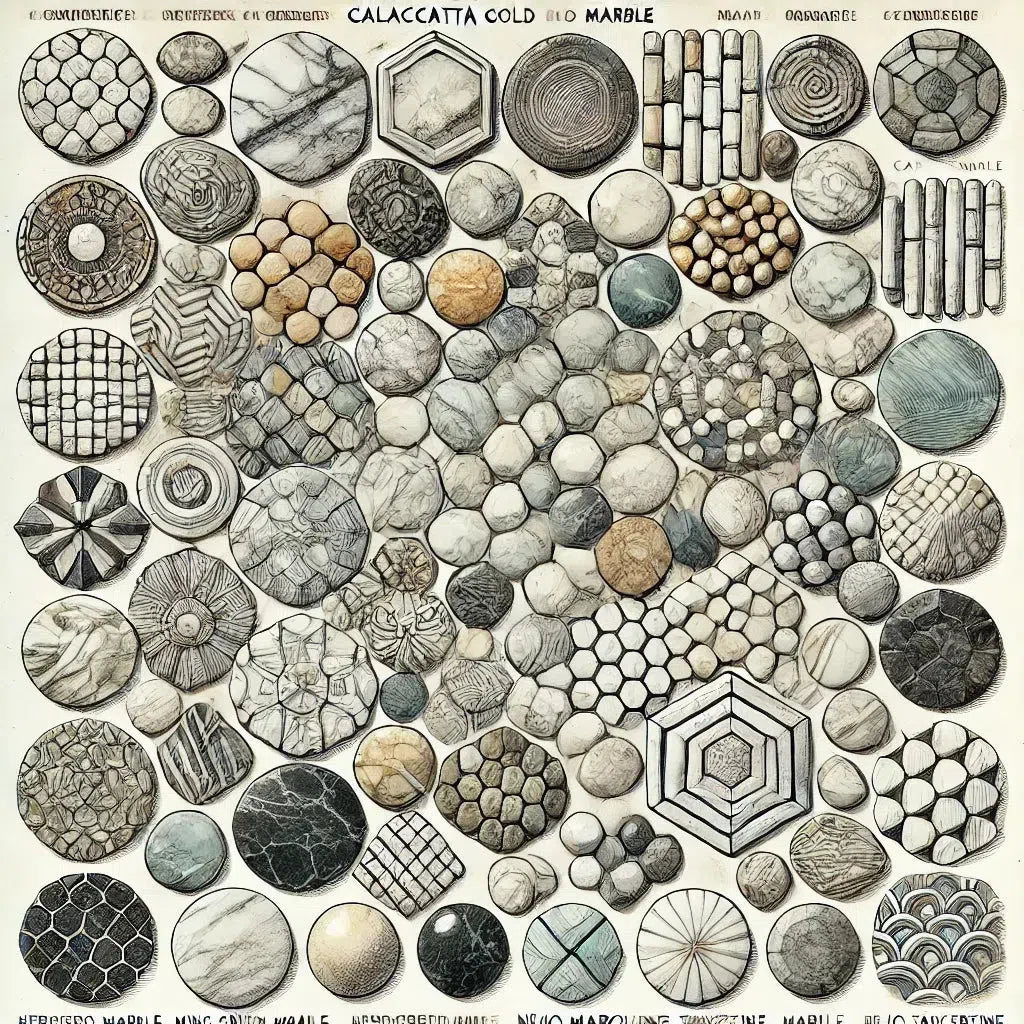 Shop By Type
Shop By Type
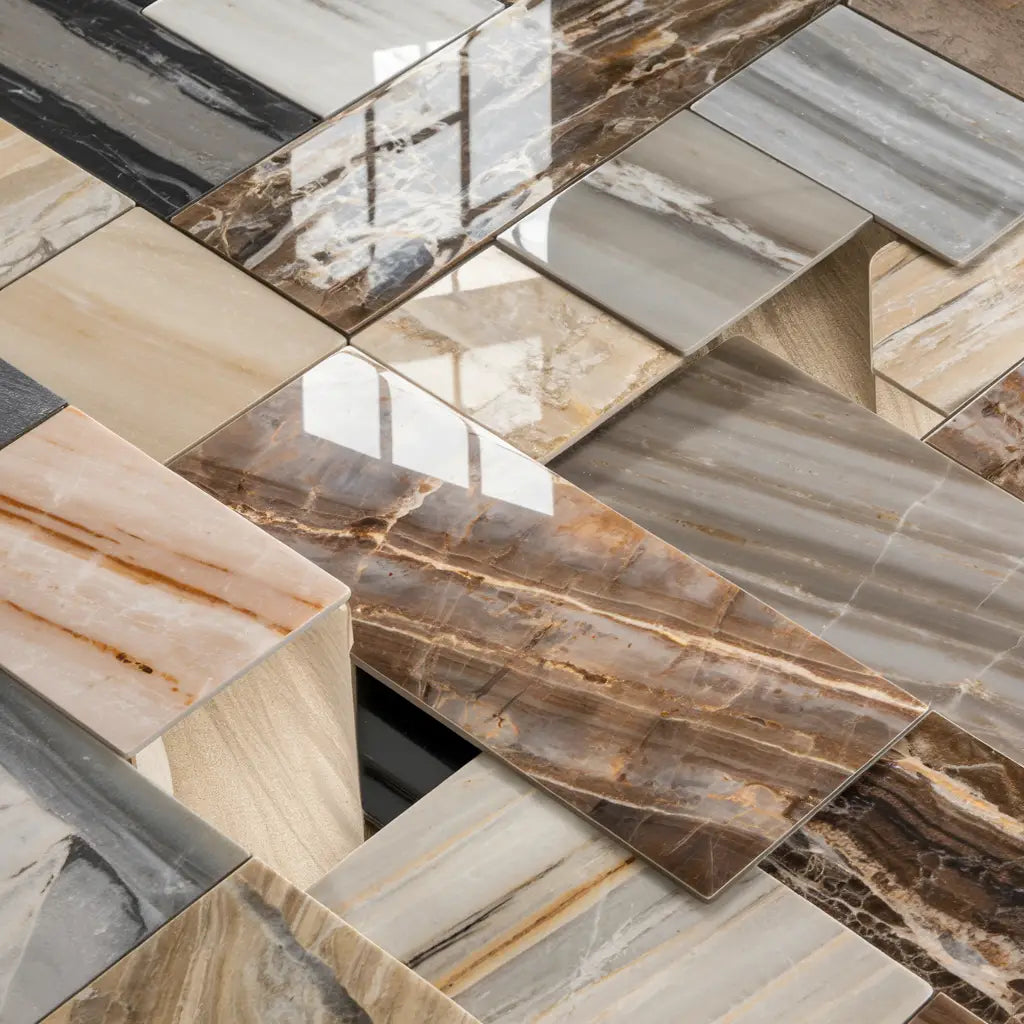 Marble Tiles
Marble Tiles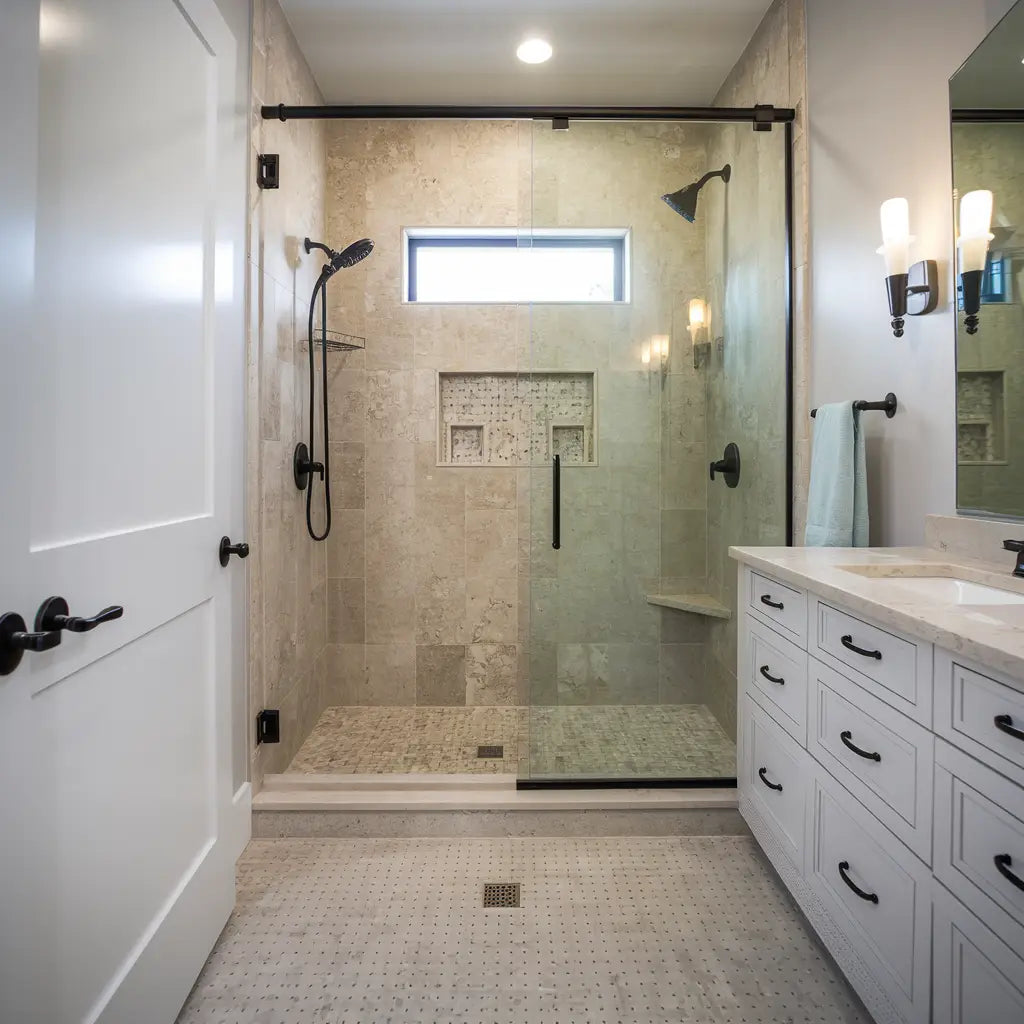 Marble Mosaic
Marble Mosaic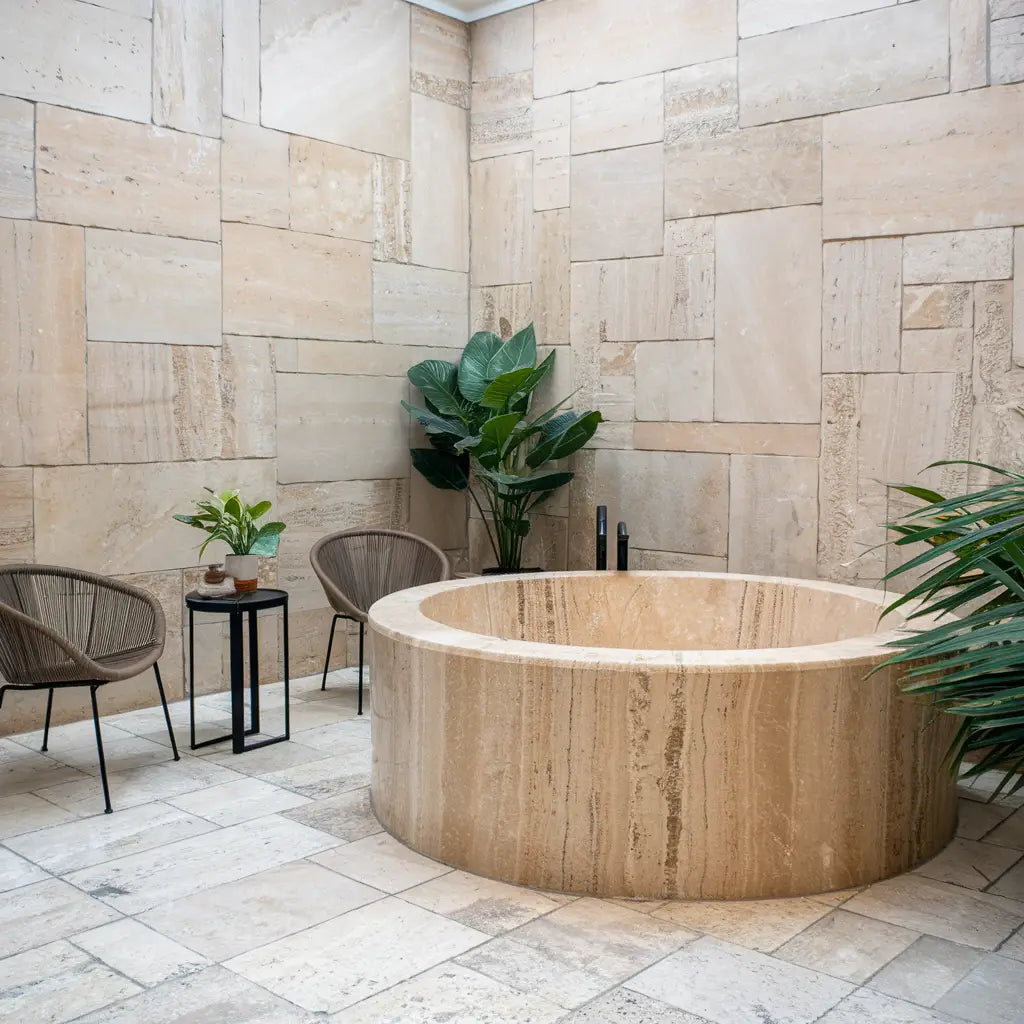 Travertine Tiles
Travertine Tiles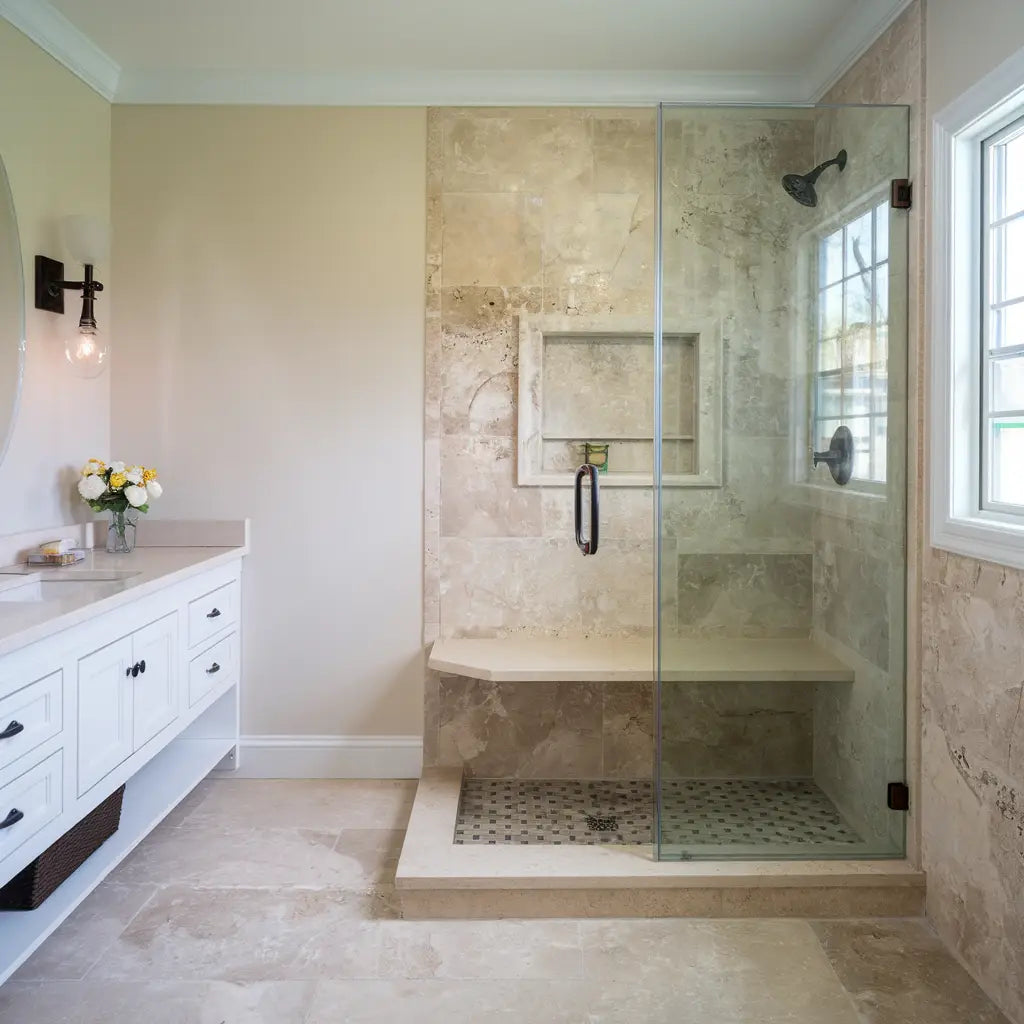 Travertine Mosaic
Travertine Mosaic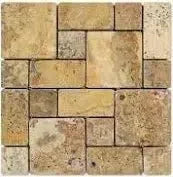 4 pcs Versailles Pattern / French Pattern Set
4 pcs Versailles Pattern / French Pattern Set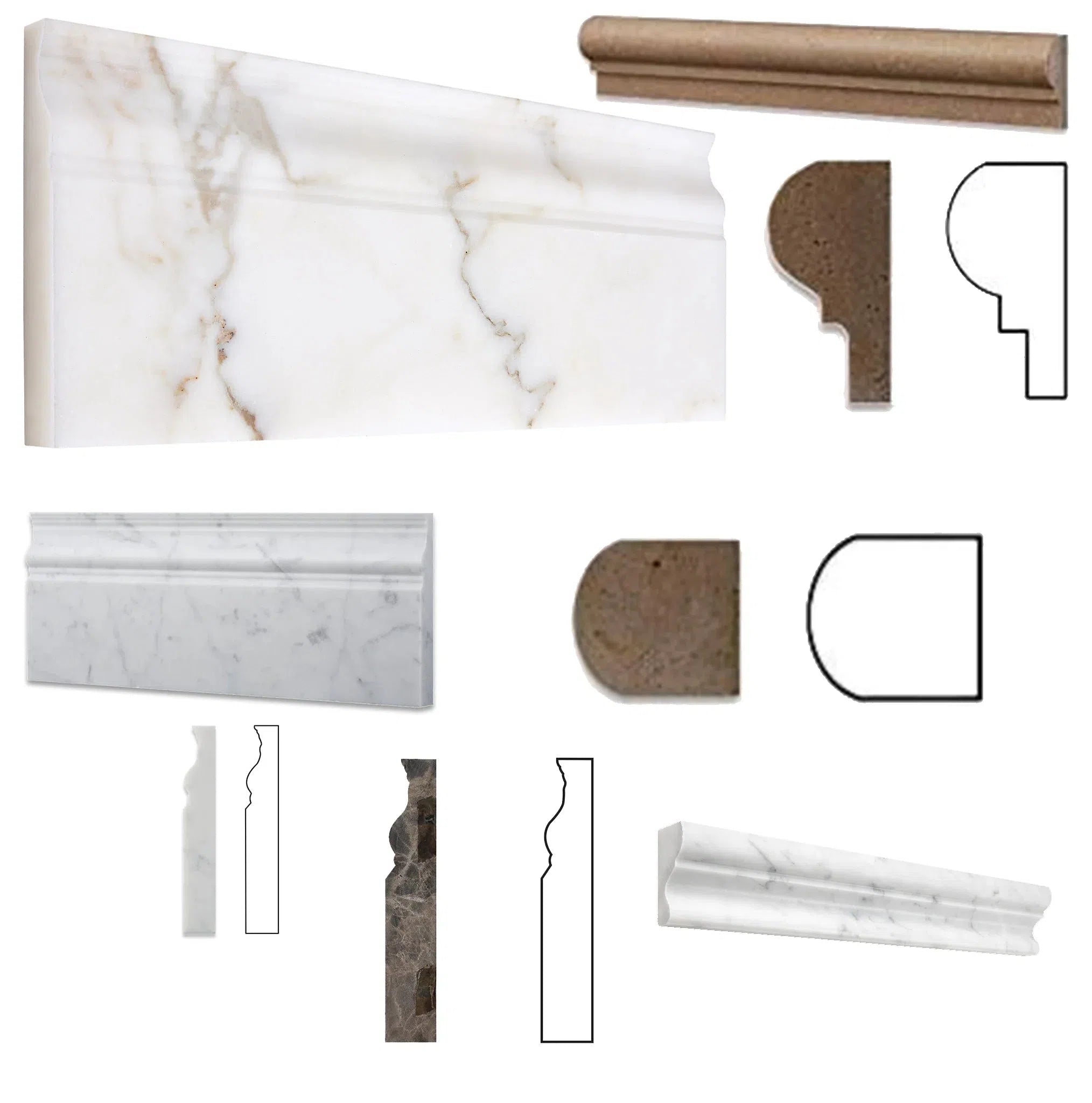 Molding/Trim
Molding/Trim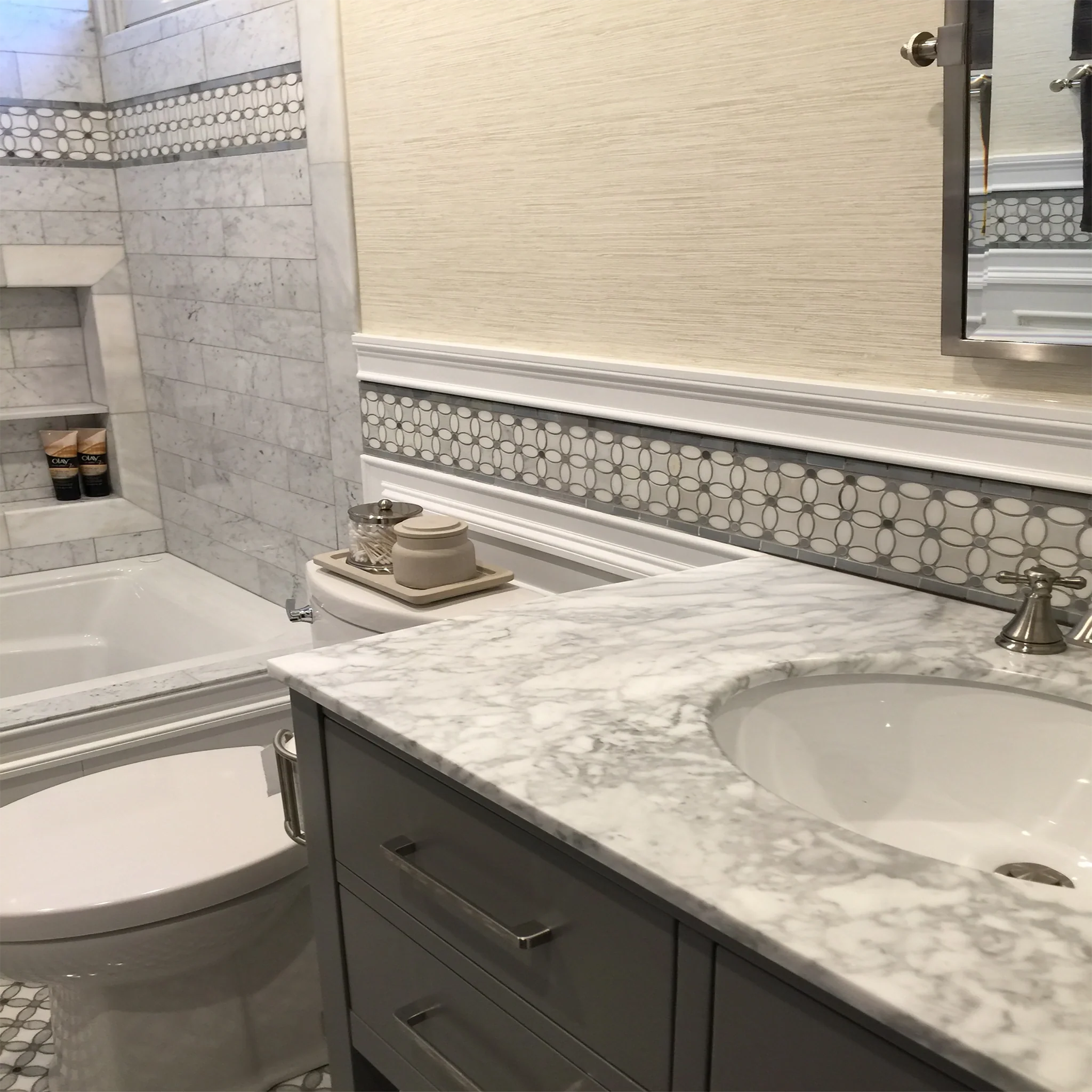 Border/Listello
Border/Listello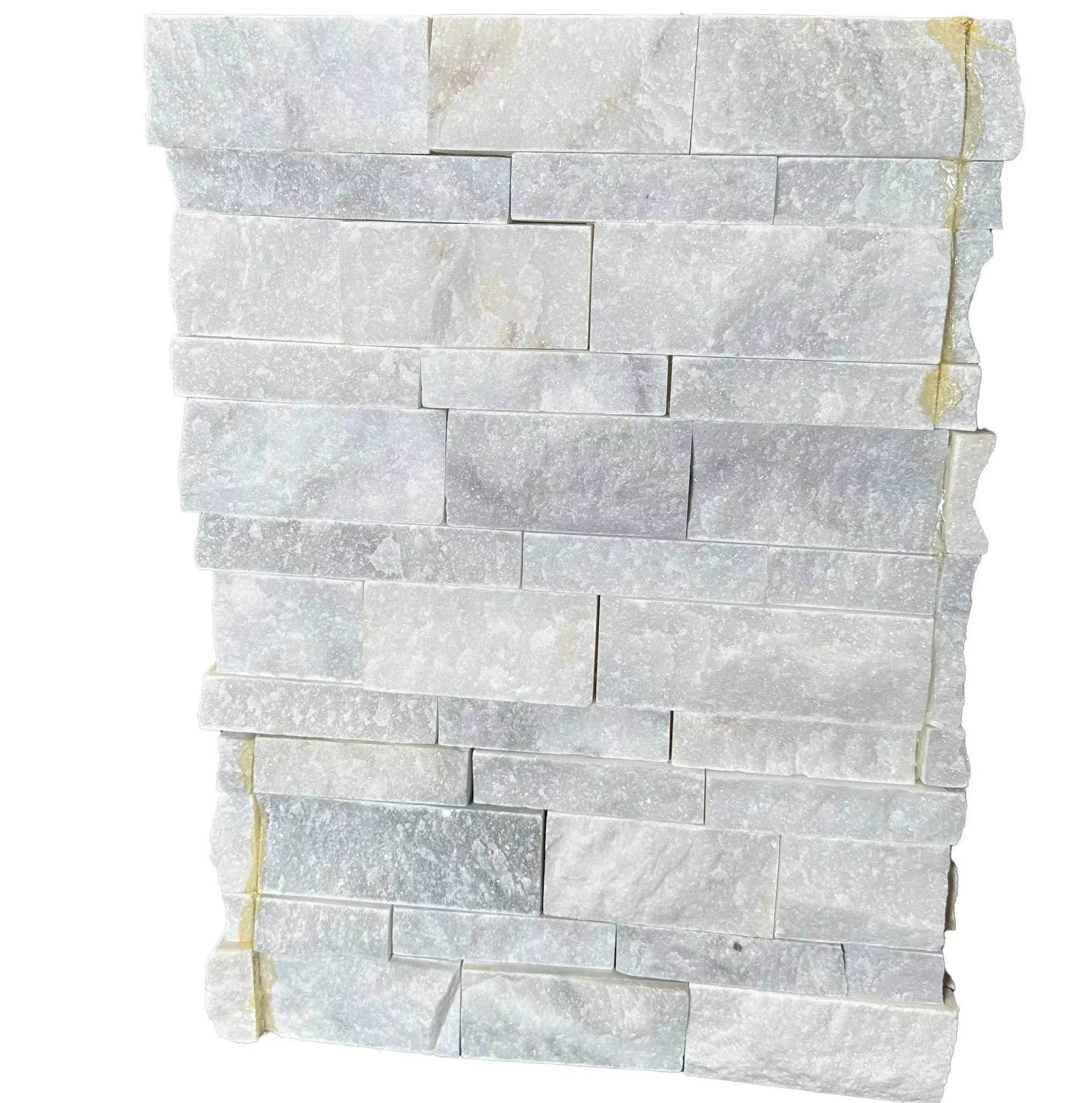 Ledger-Panel
Ledger-Panel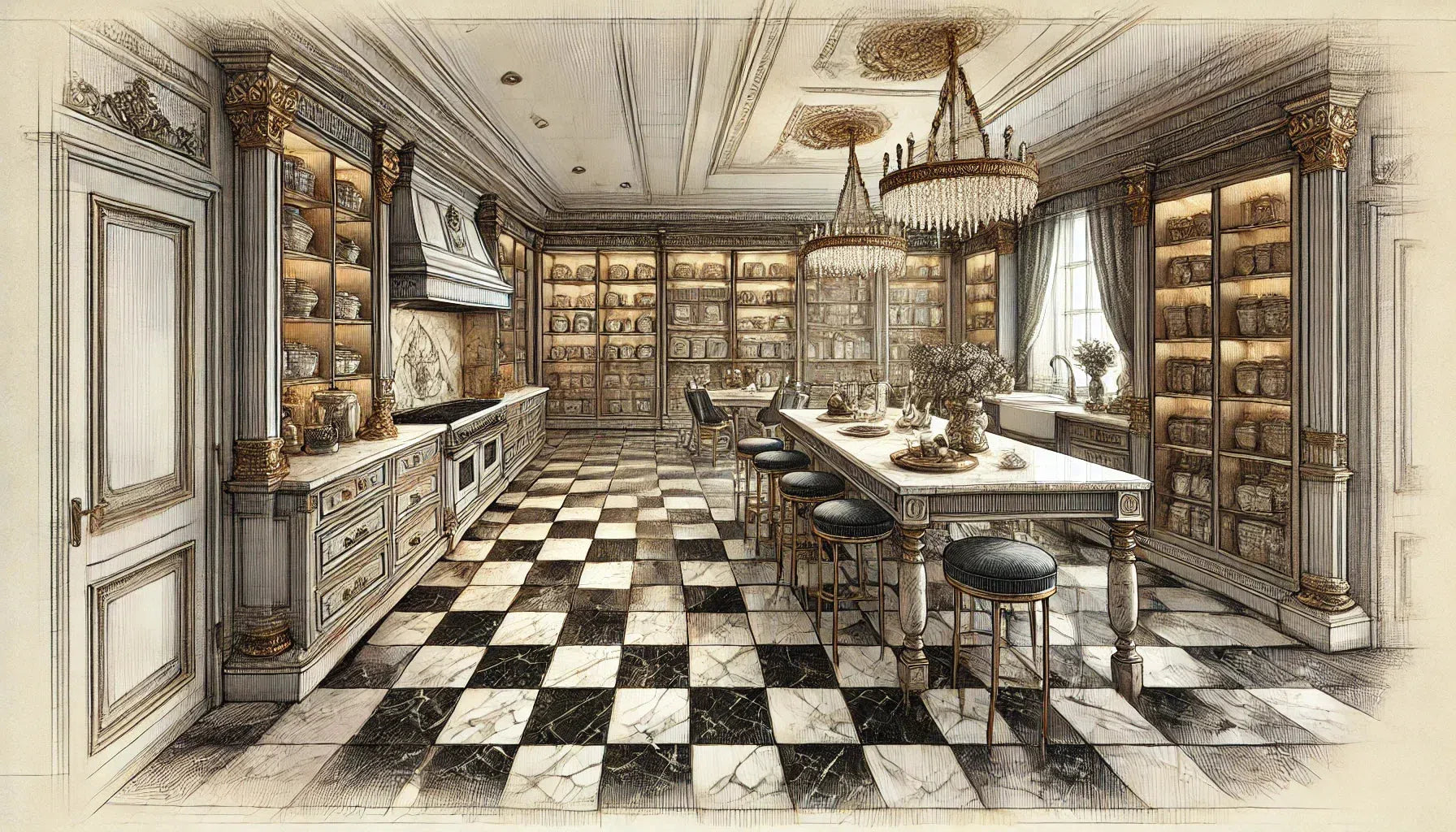 Checkerboard
Checkerboard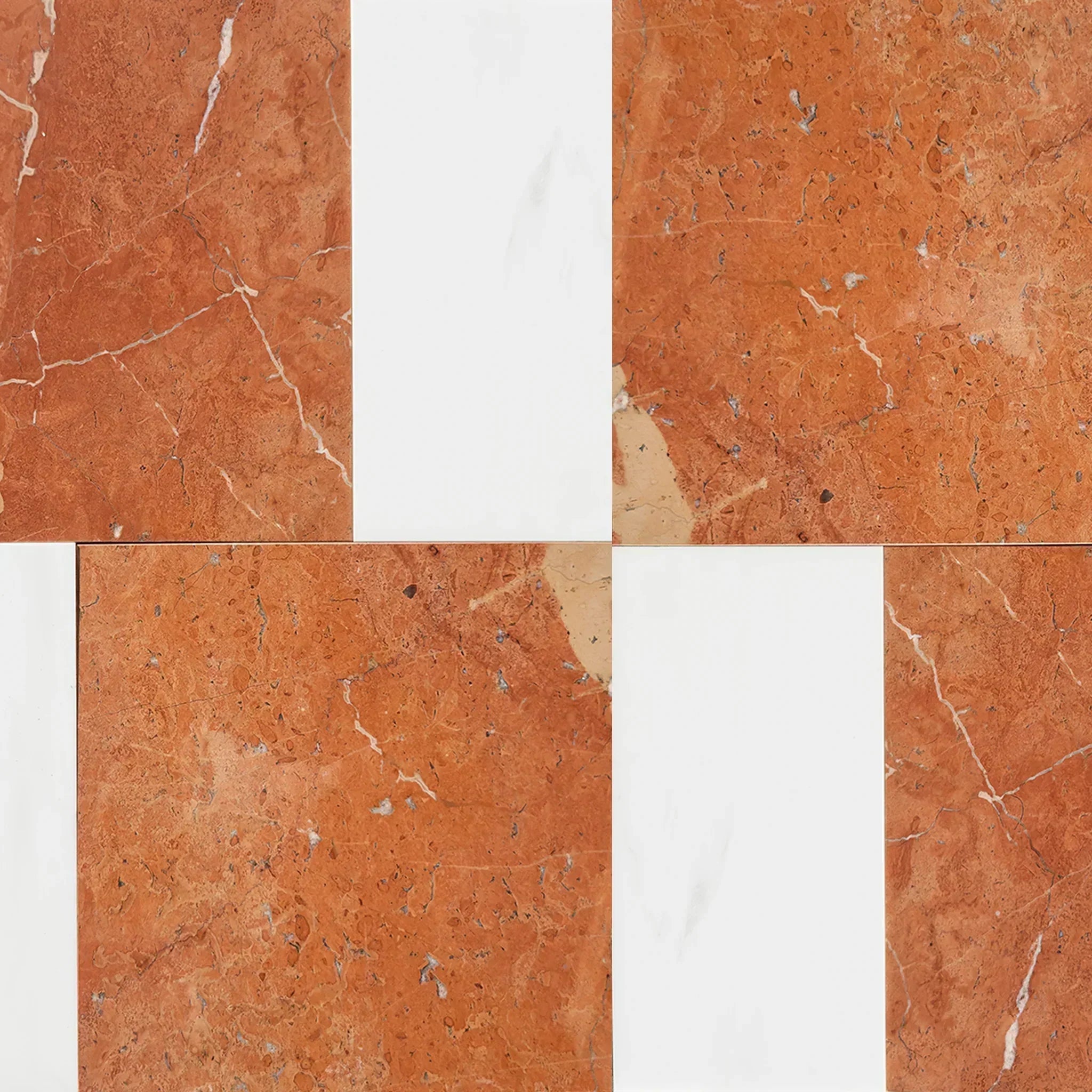 Patterned Tile Collection
Patterned Tile Collection 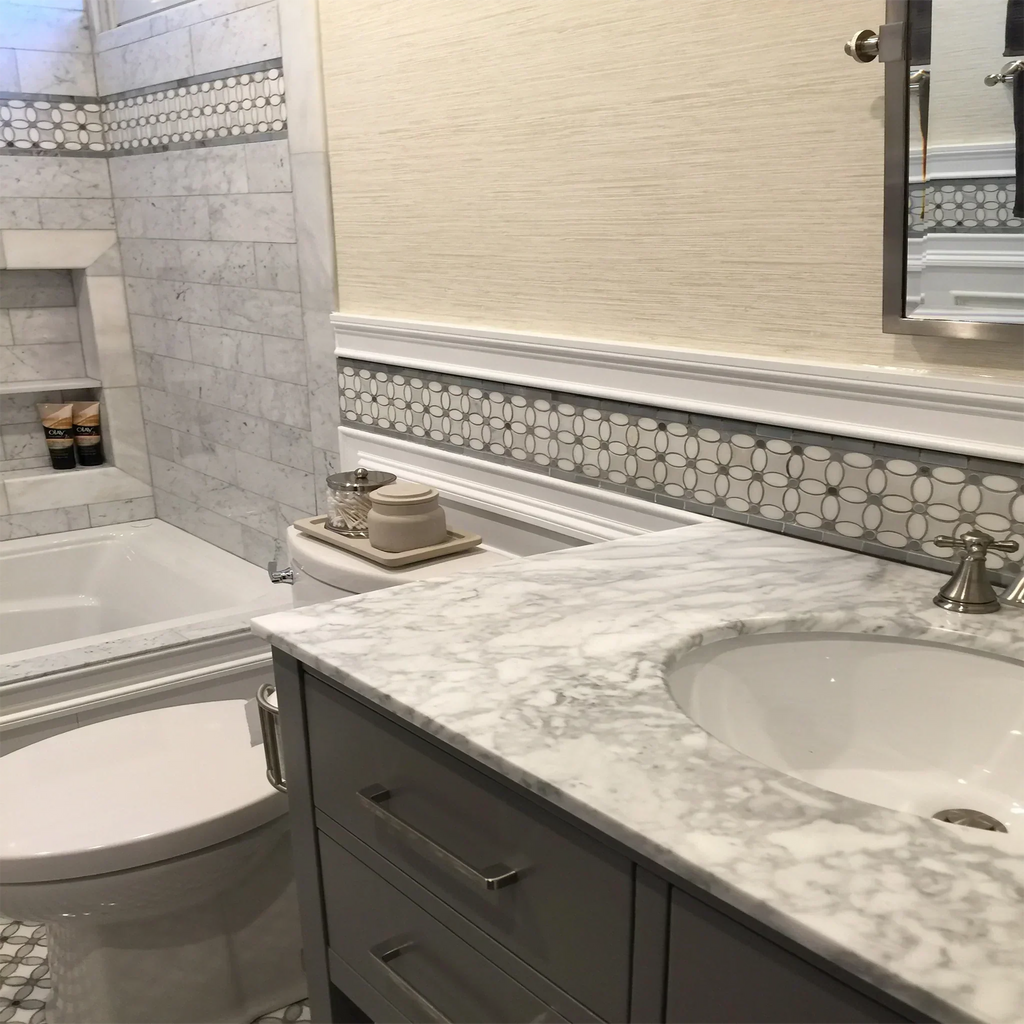 Shop By Finish
Shop By Finish
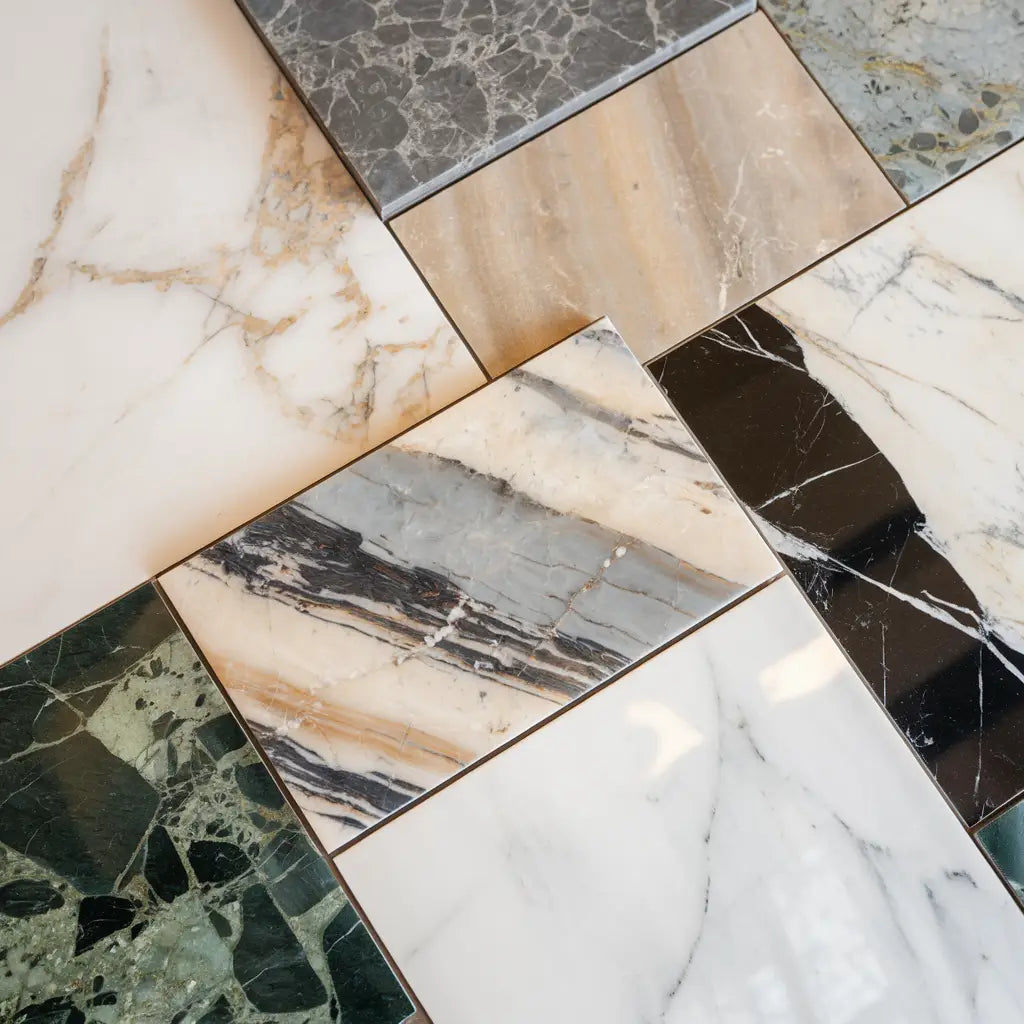 Polished
Polished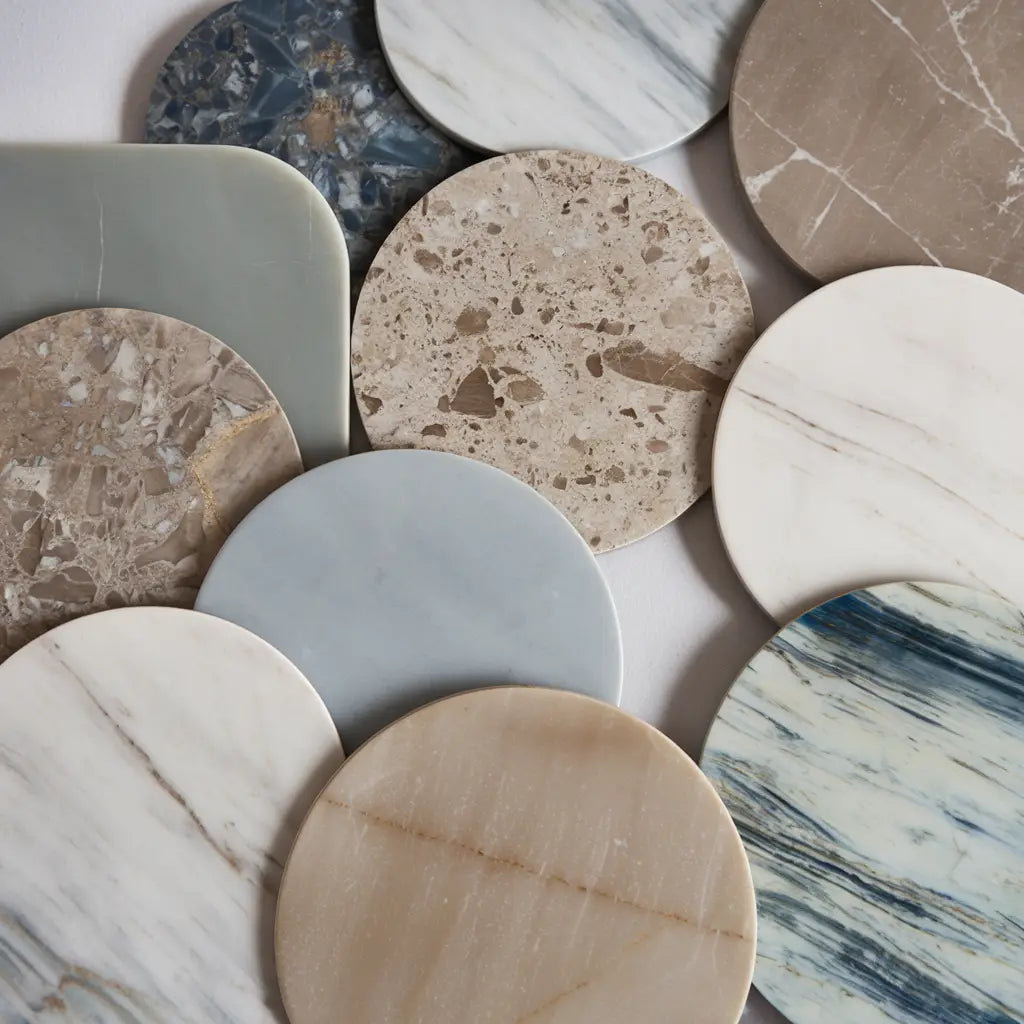 Honed
Honed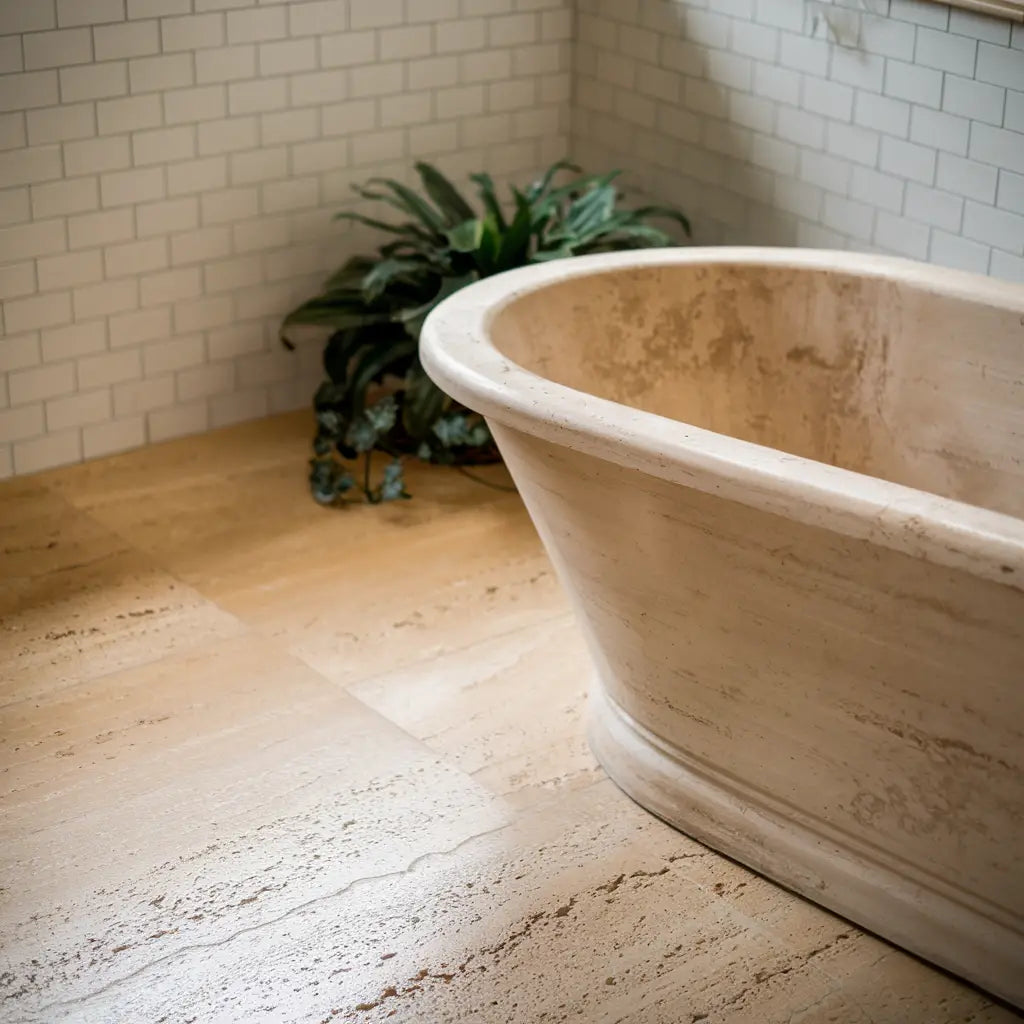 Brushed
Brushed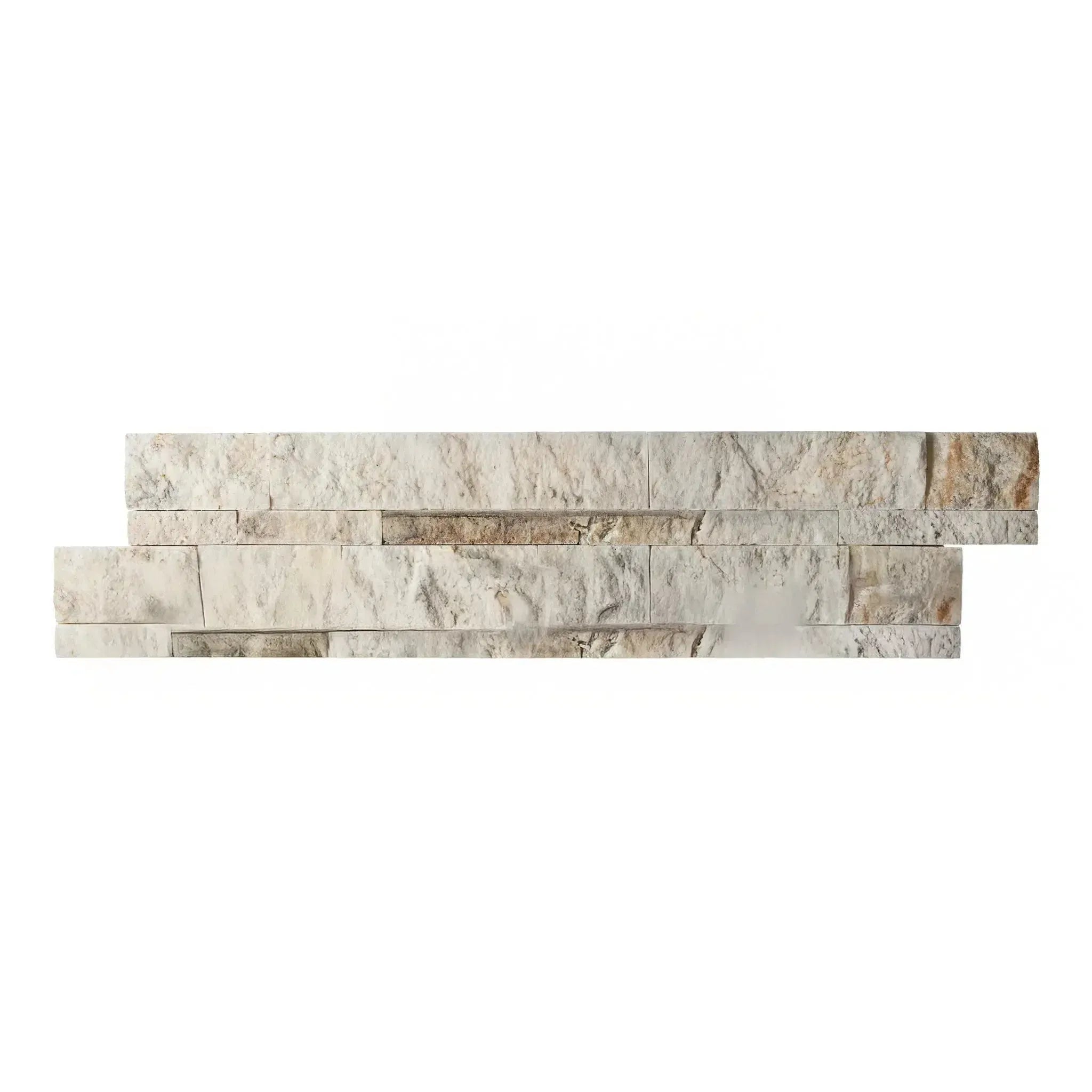 Split Face
Split Face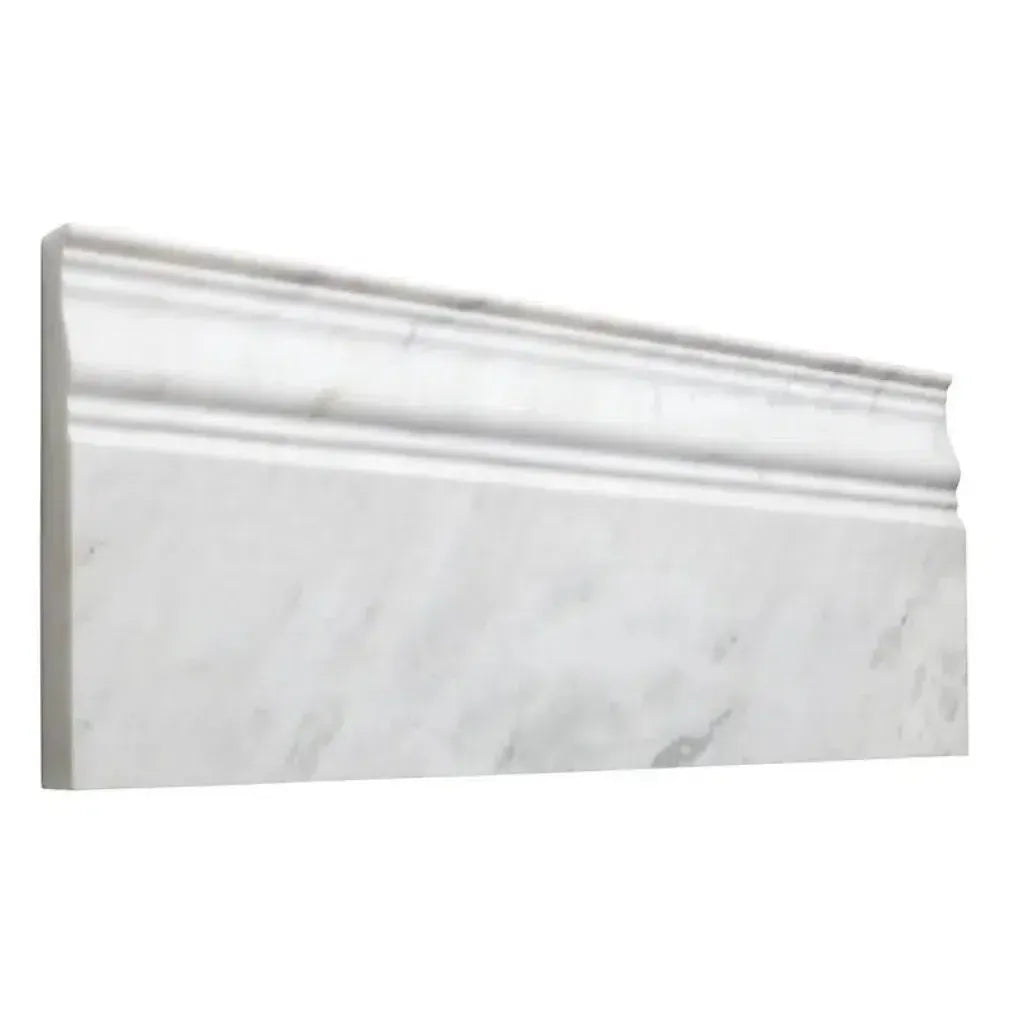 Textured
Textured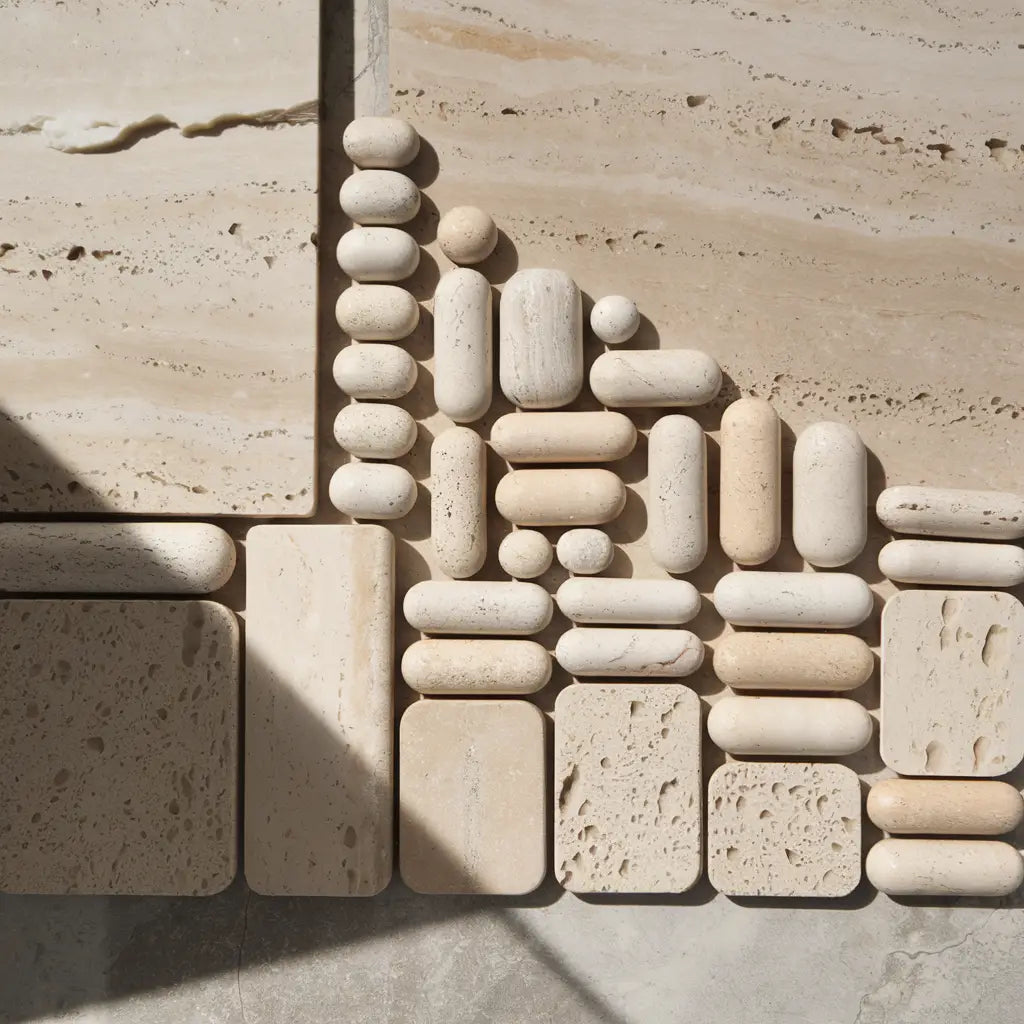 Tumbled
Tumbled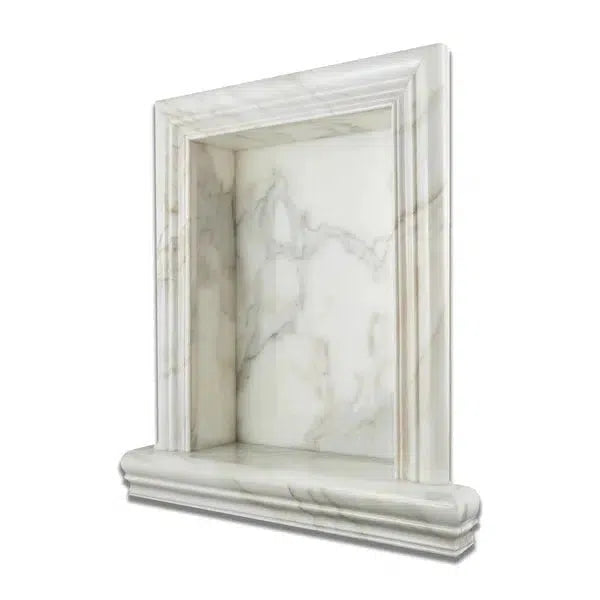 Accessories
Accessories
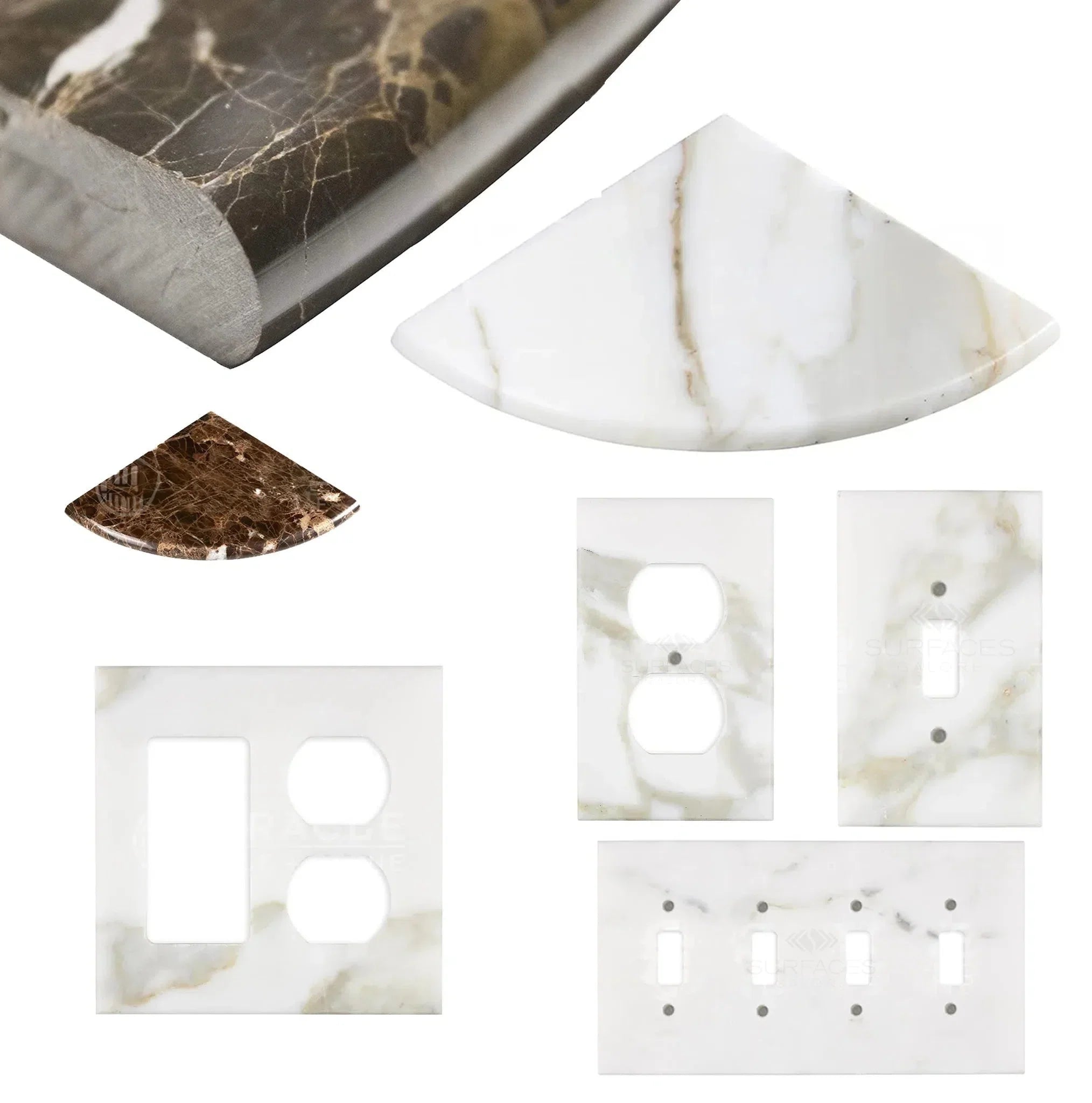 Wall Plate / Switch Plate
Wall Plate / Switch Plate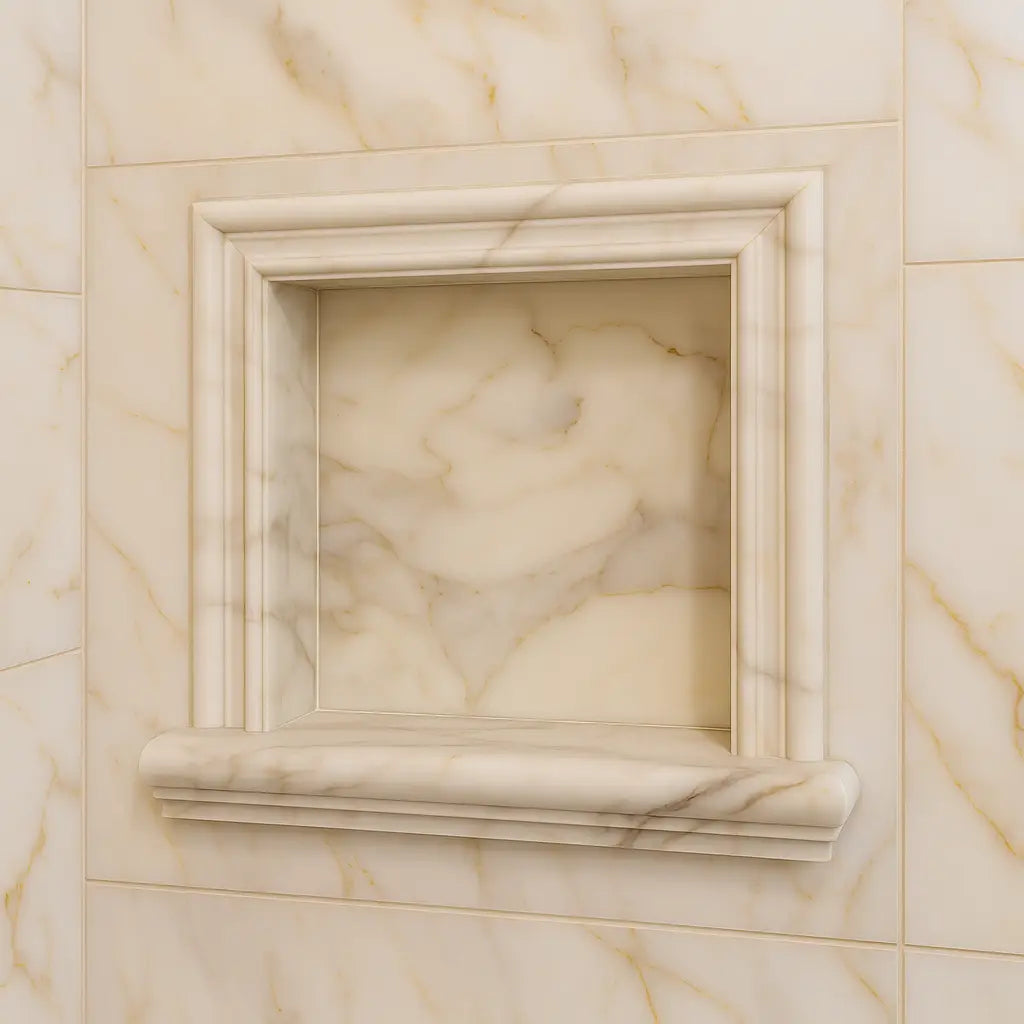 Shampoo Niche
Shampoo Niche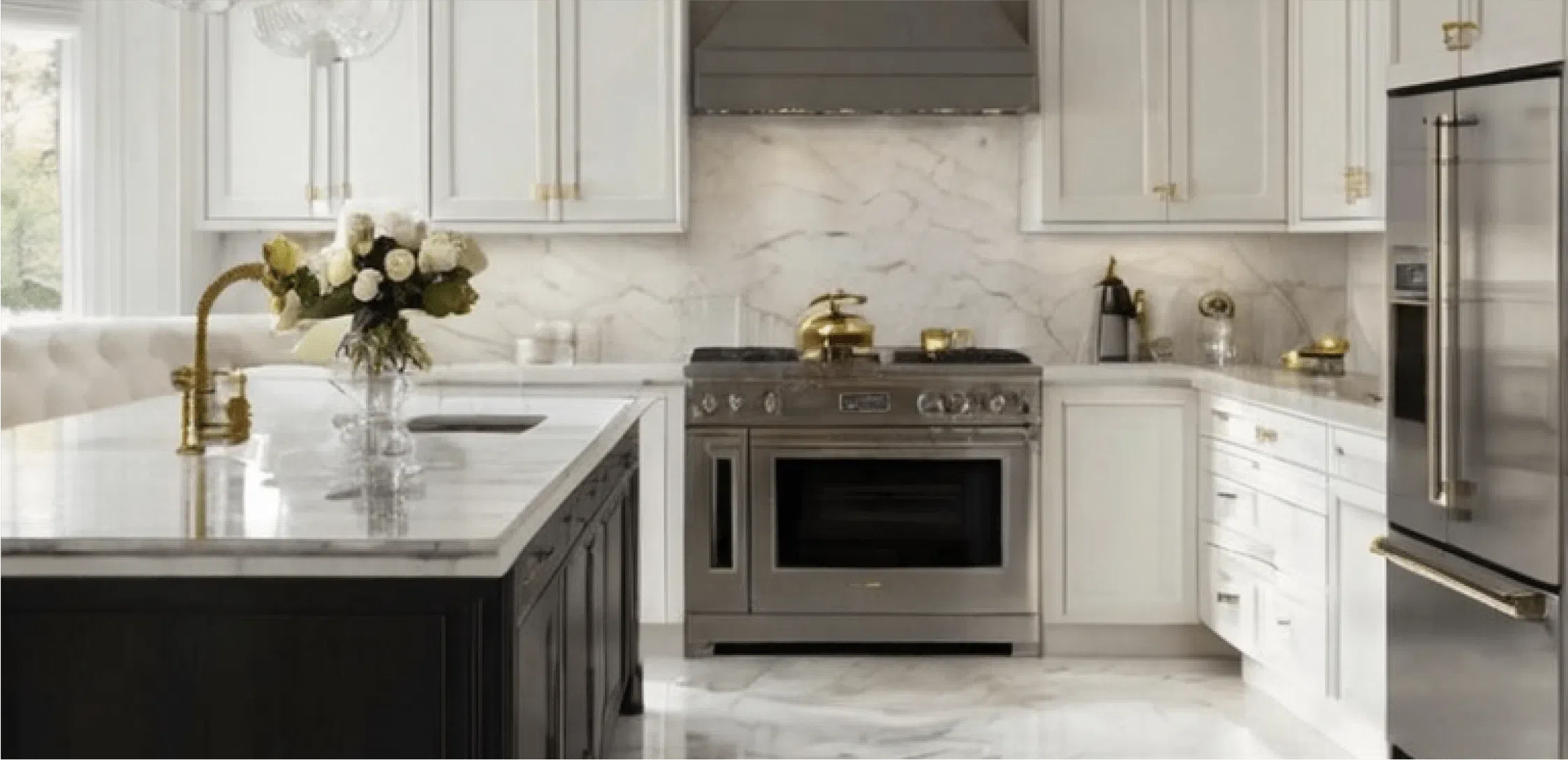 Corner Shelf
Corner Shelf Clearance
Clearance





Leave a comment